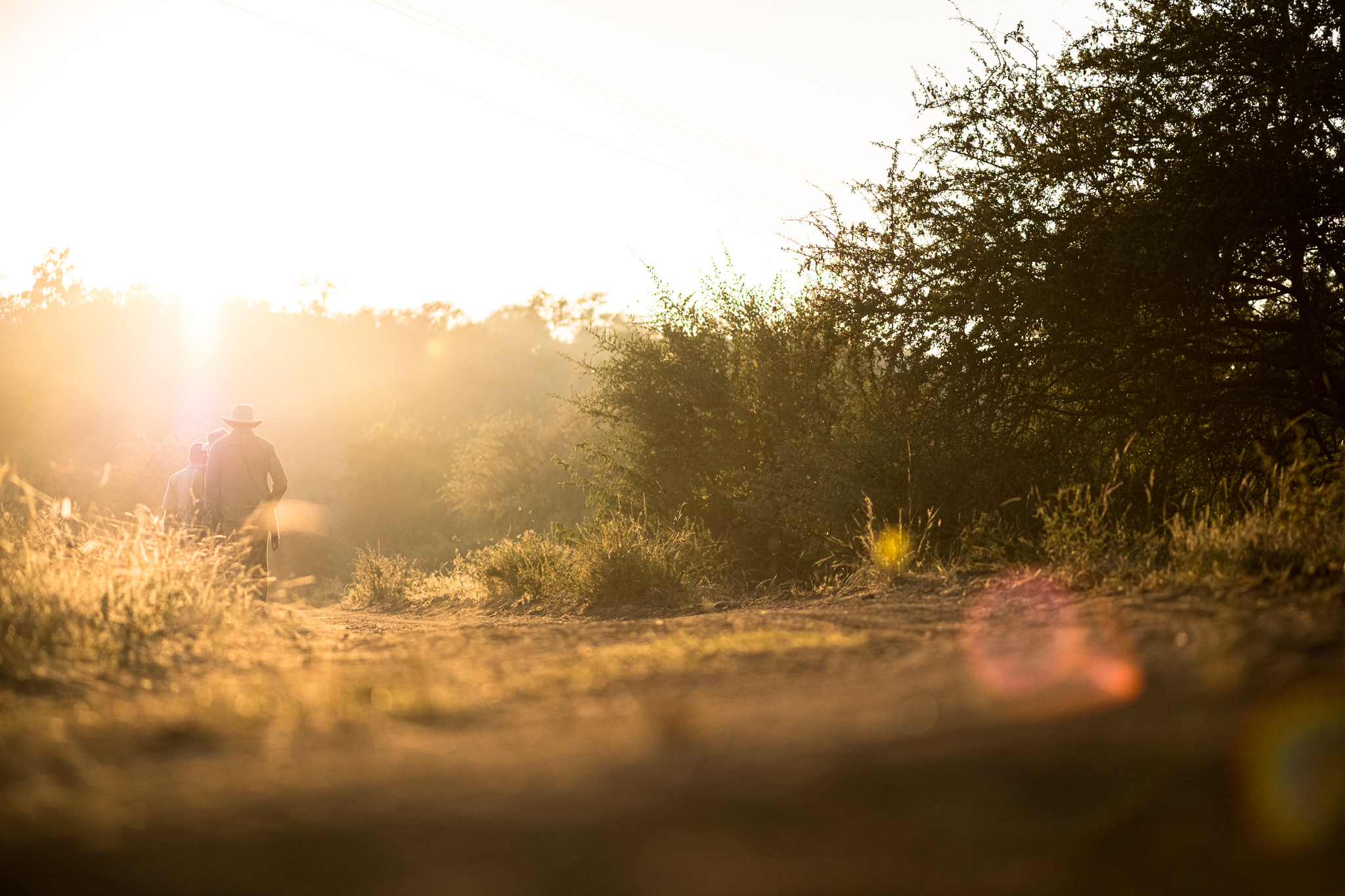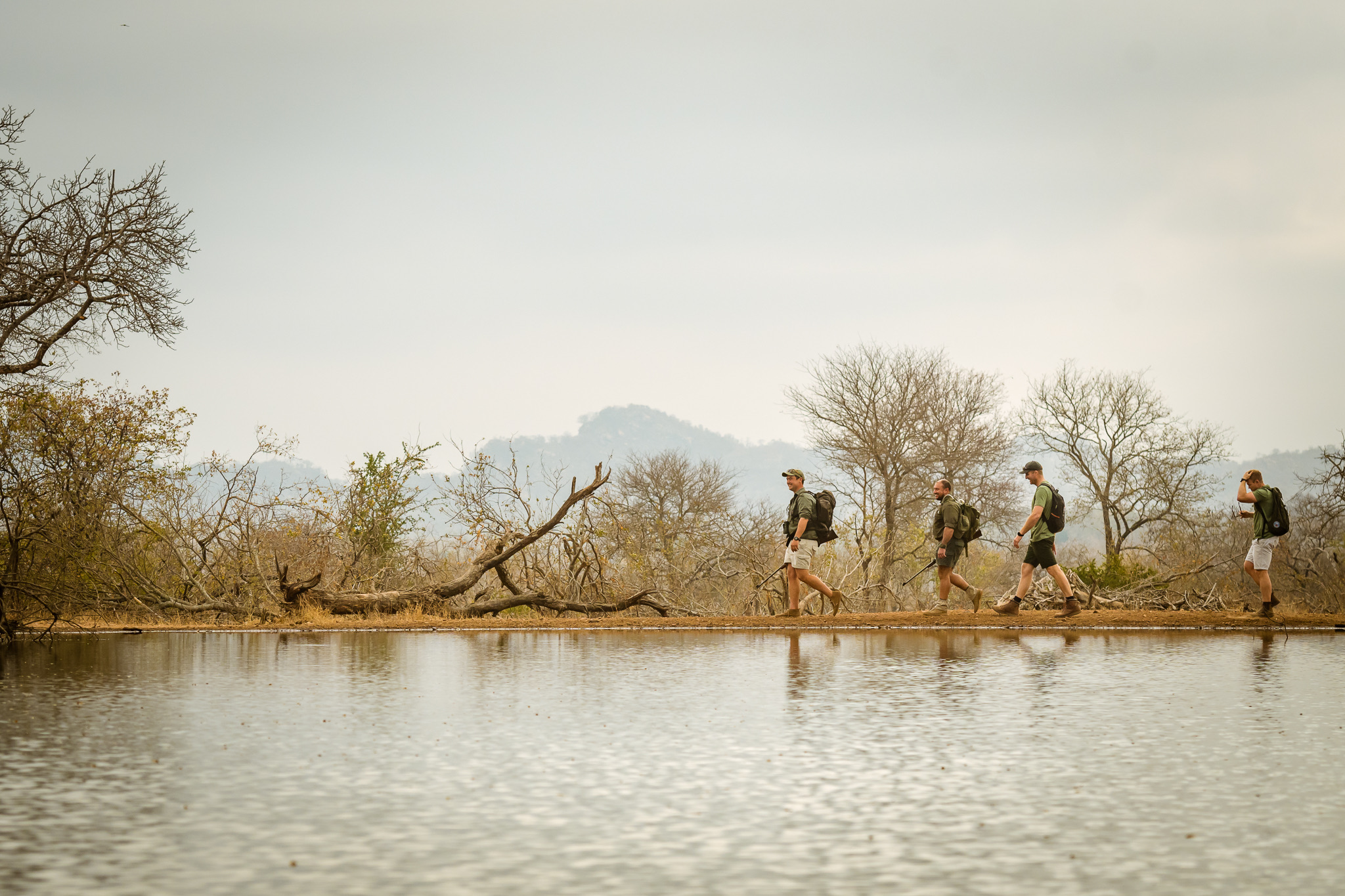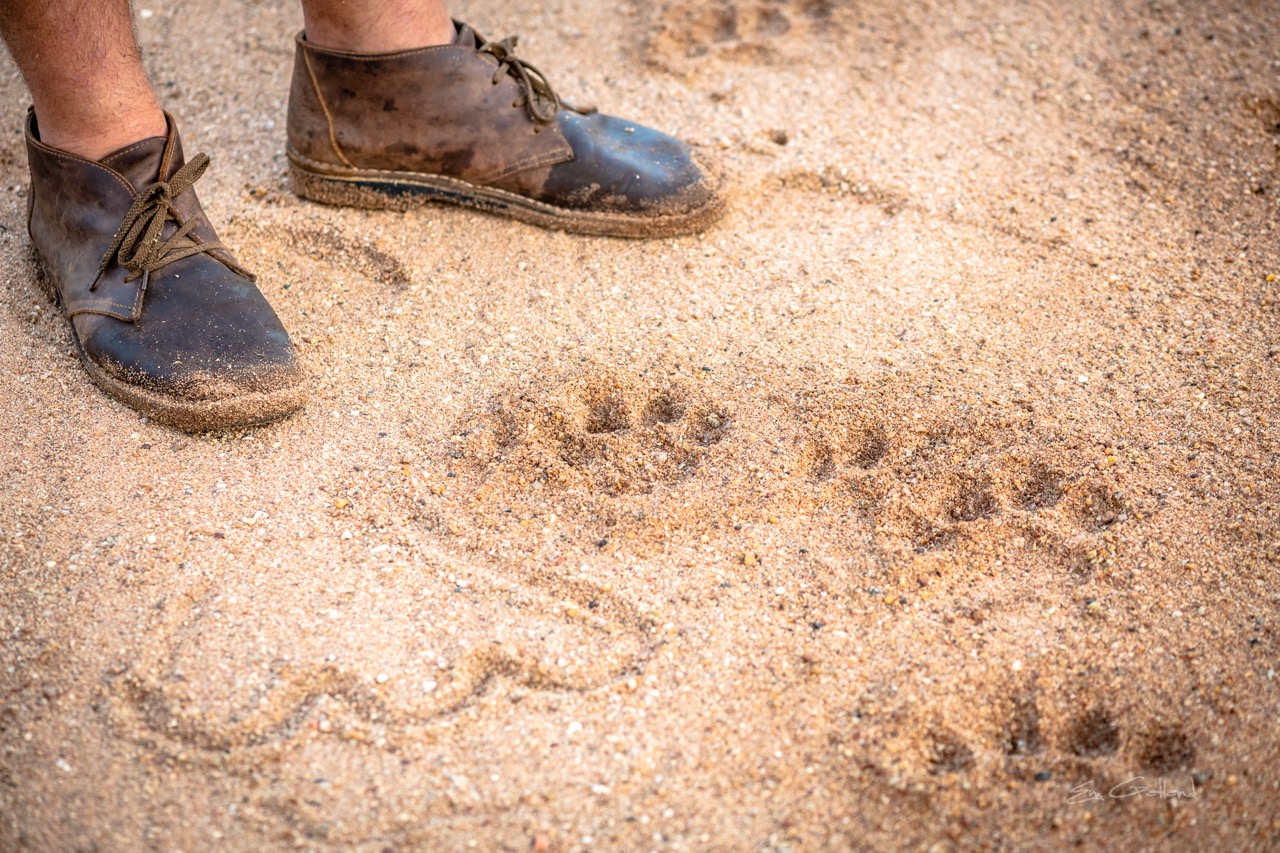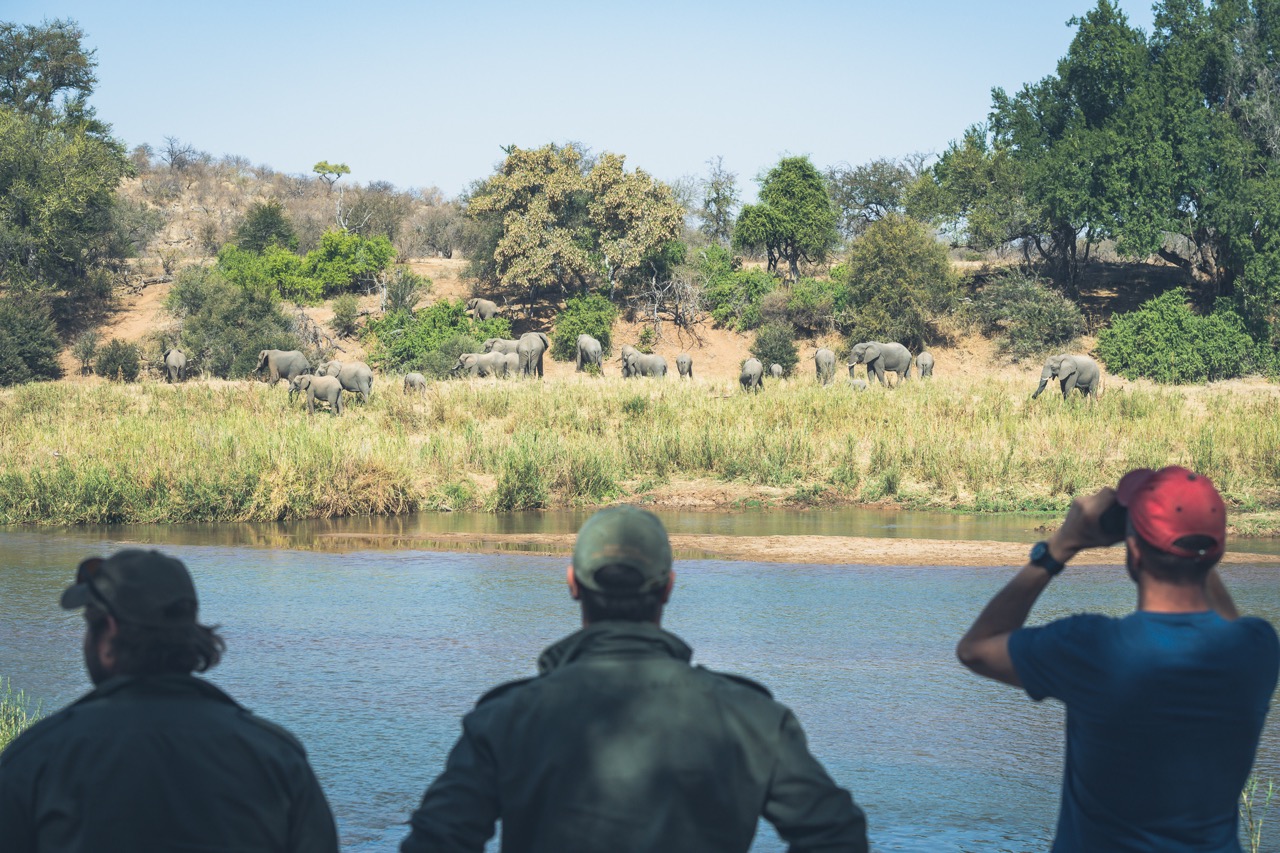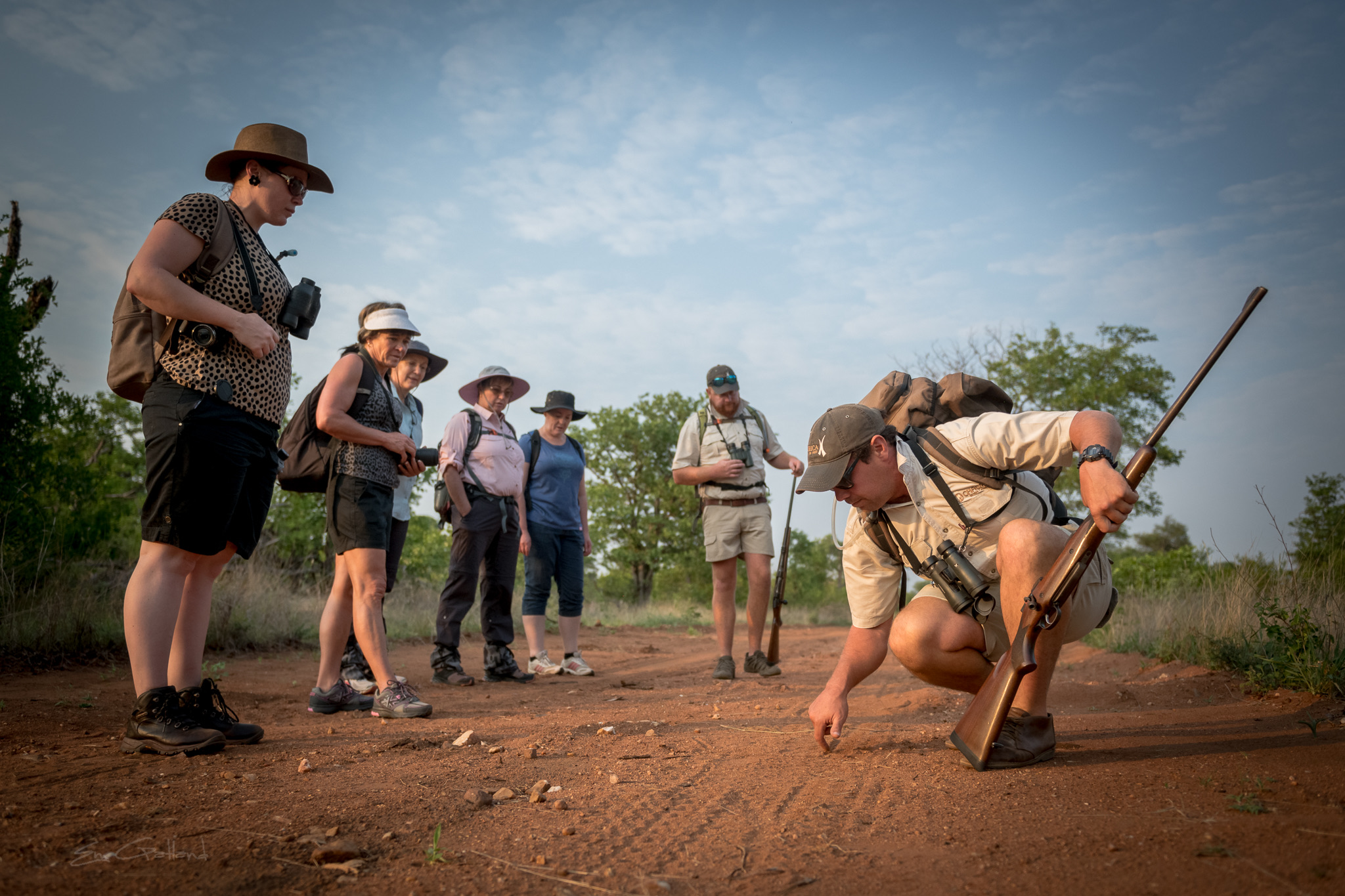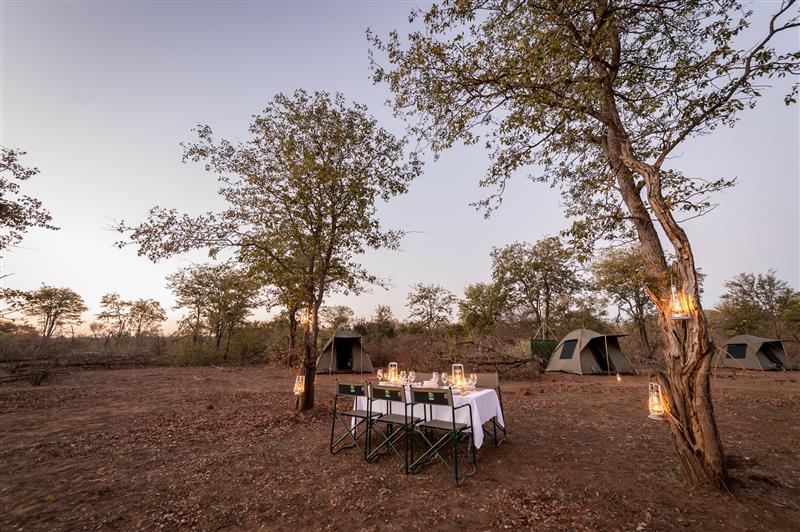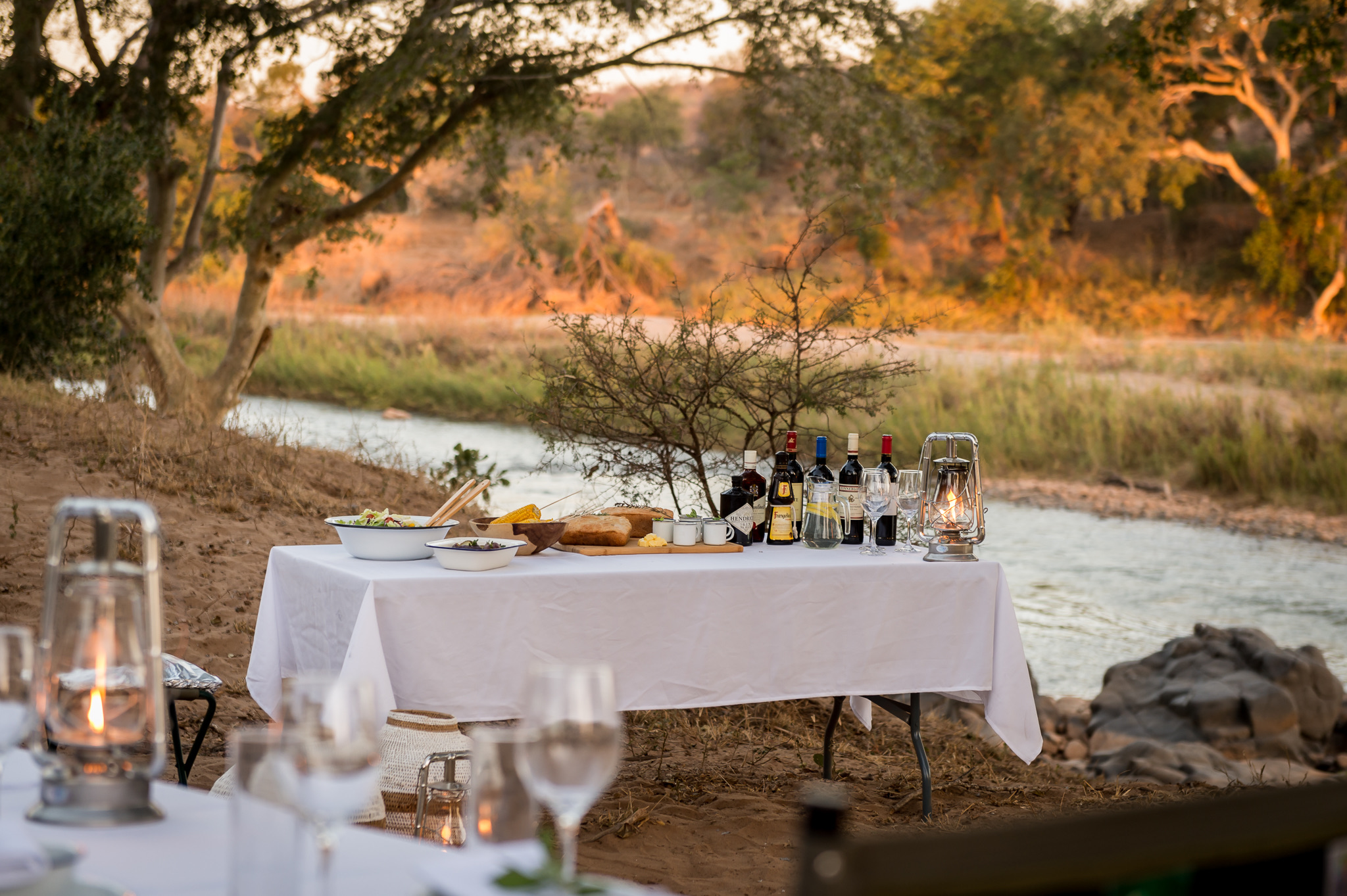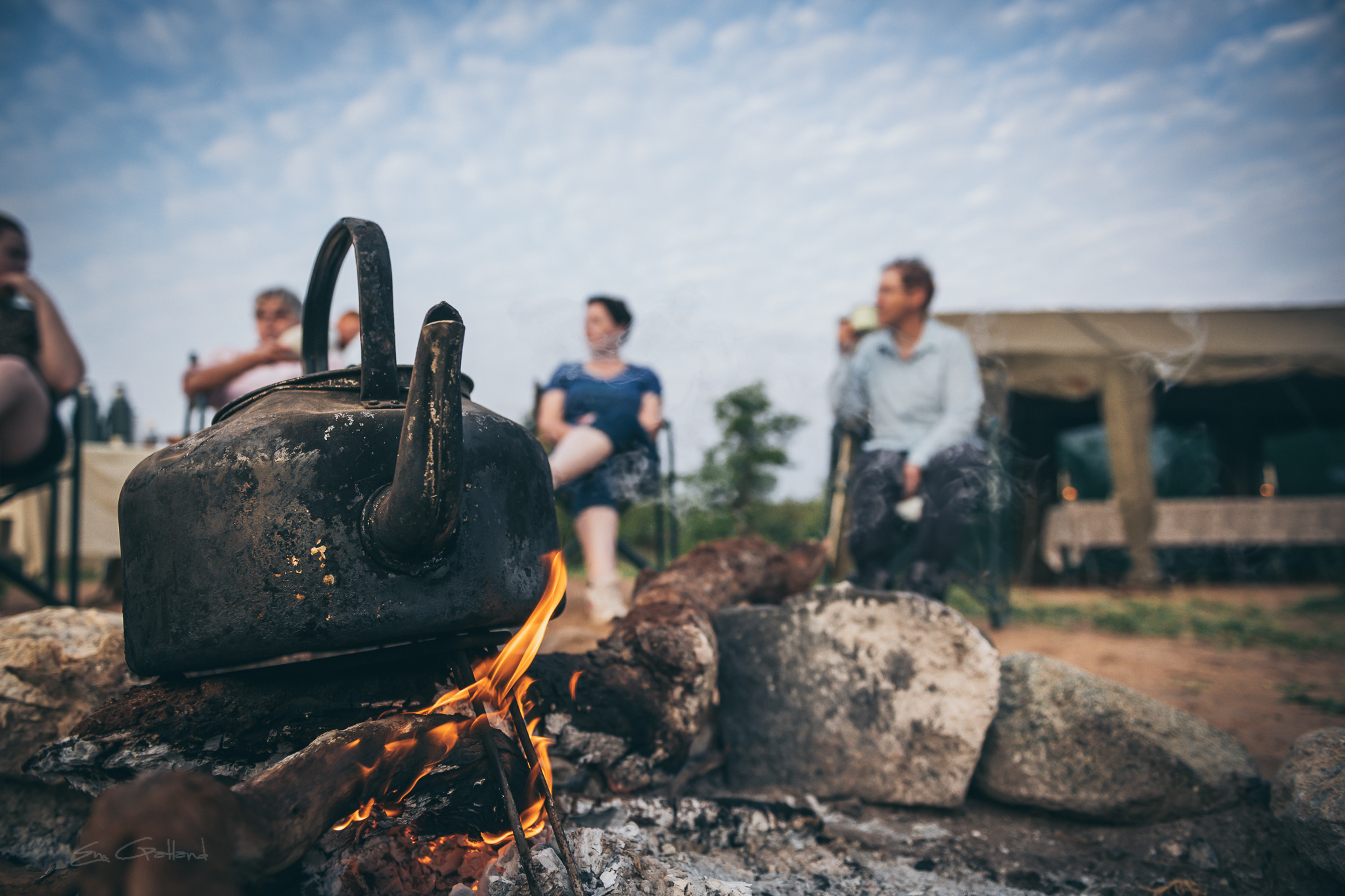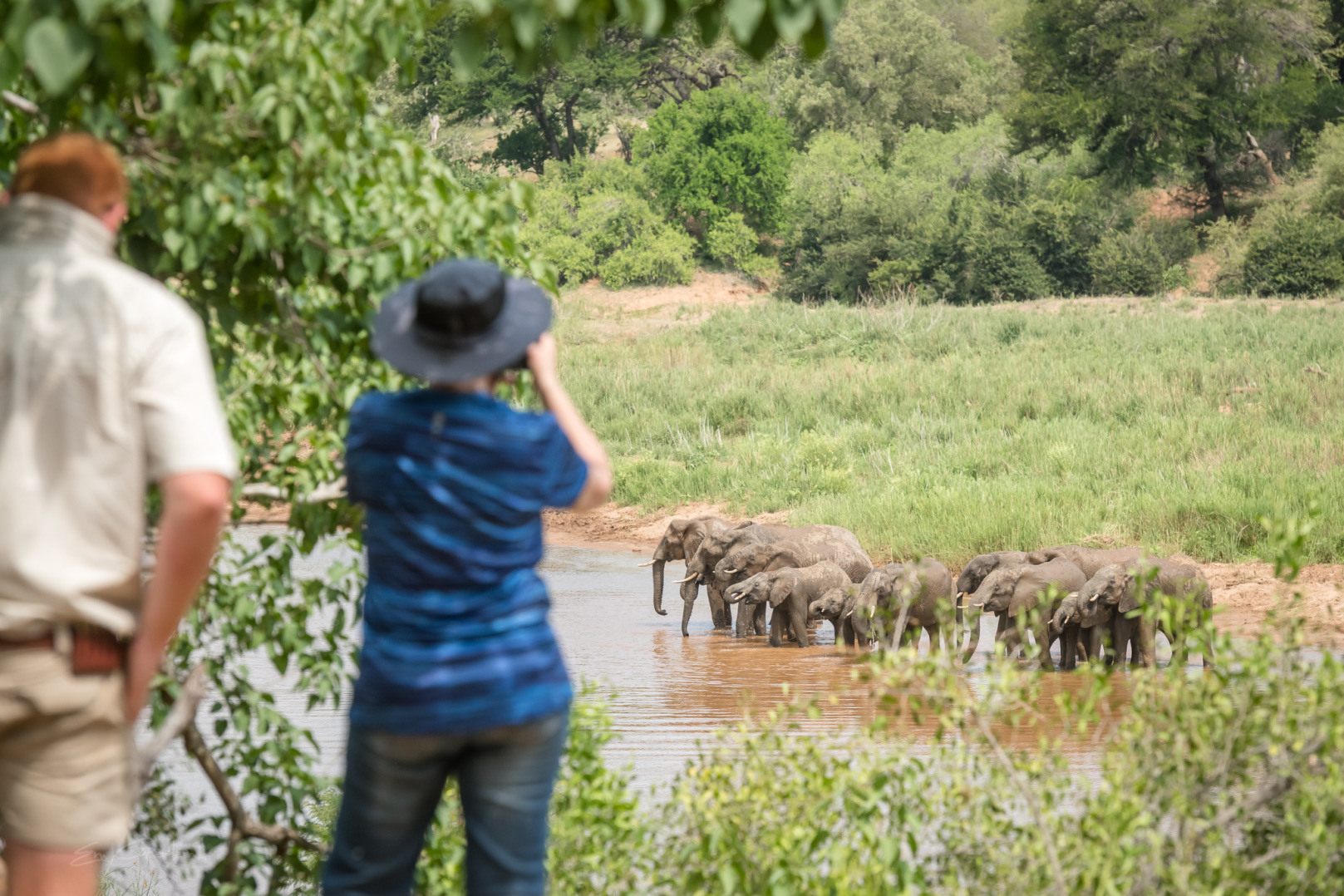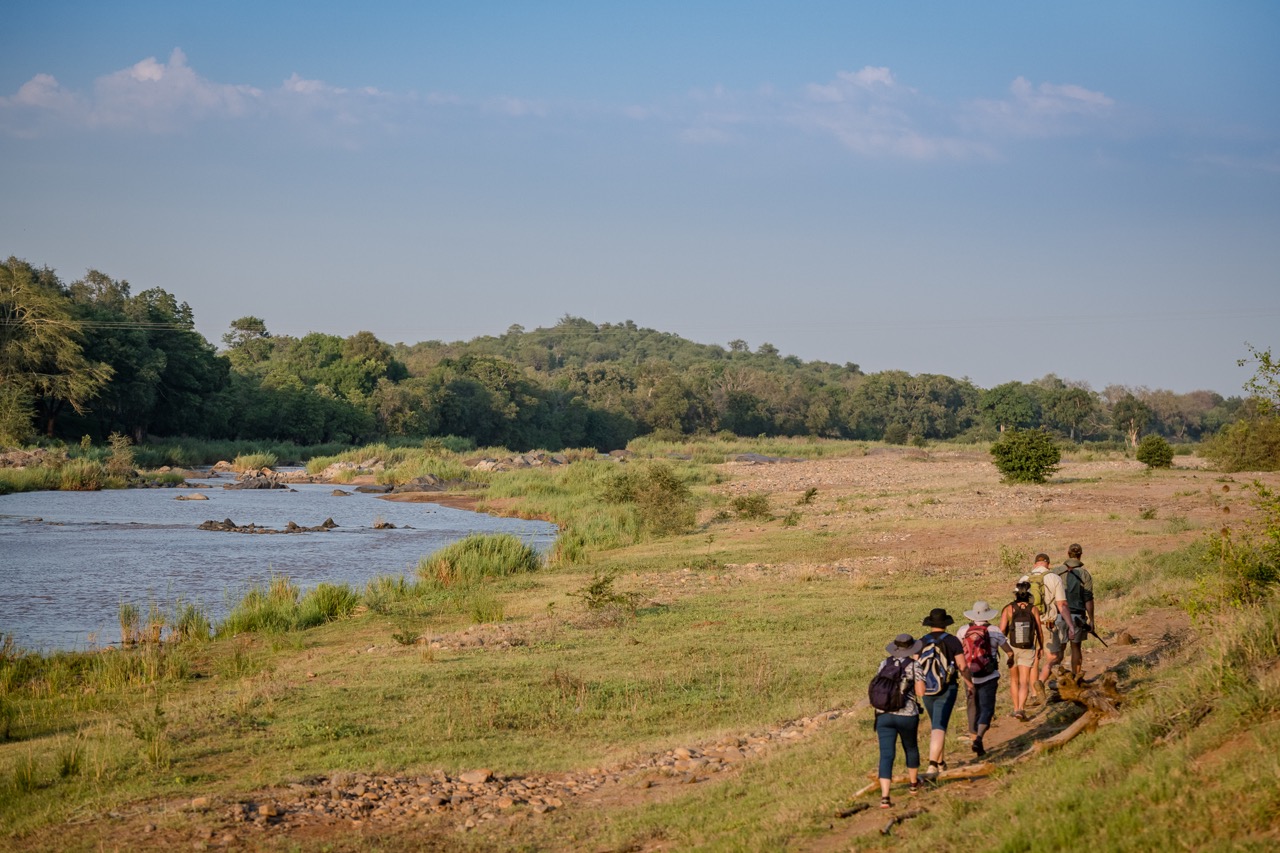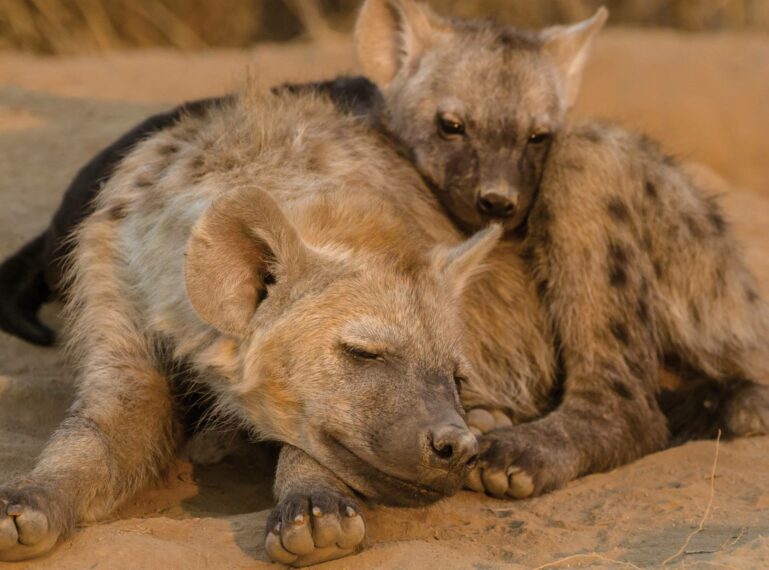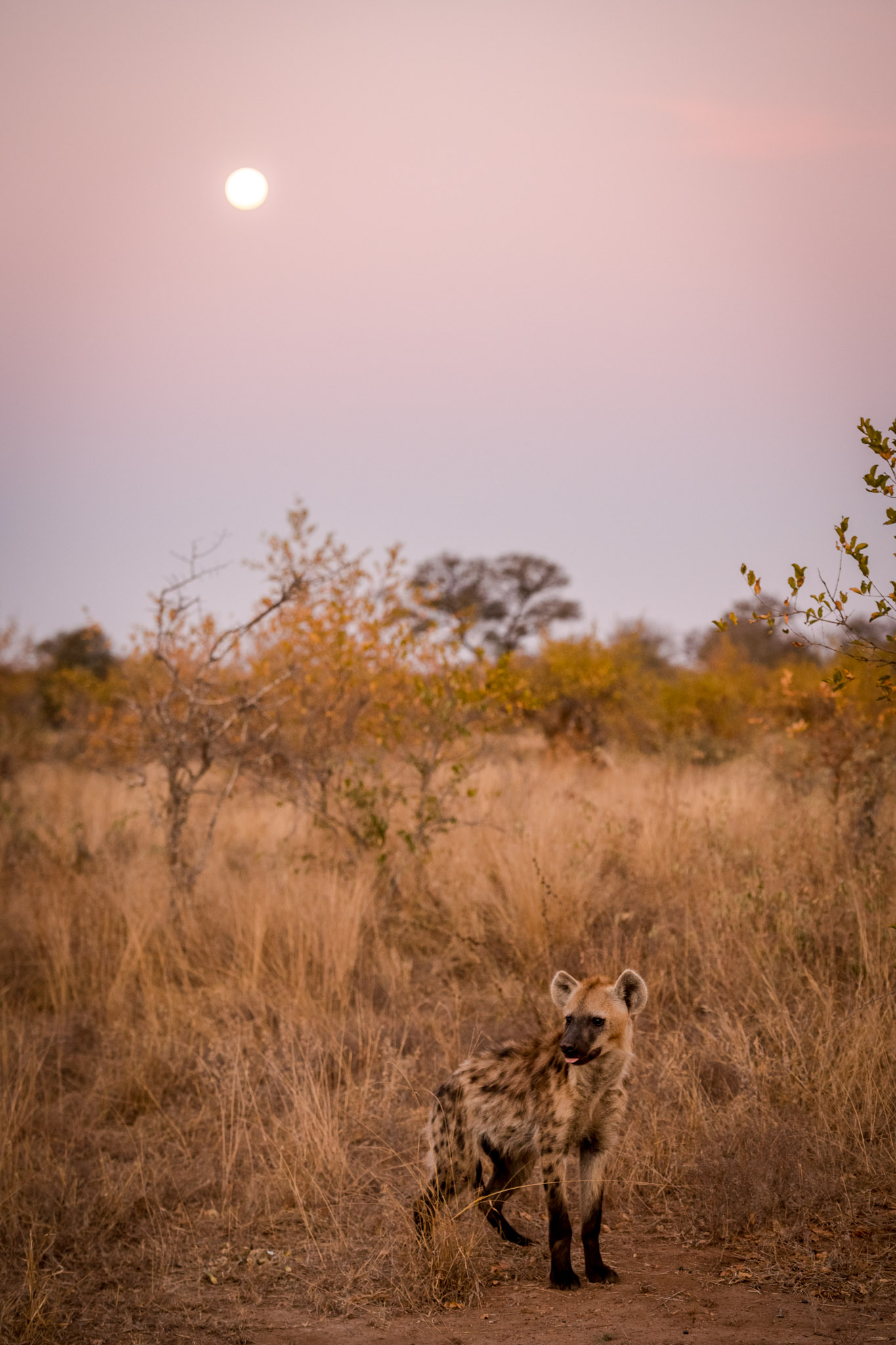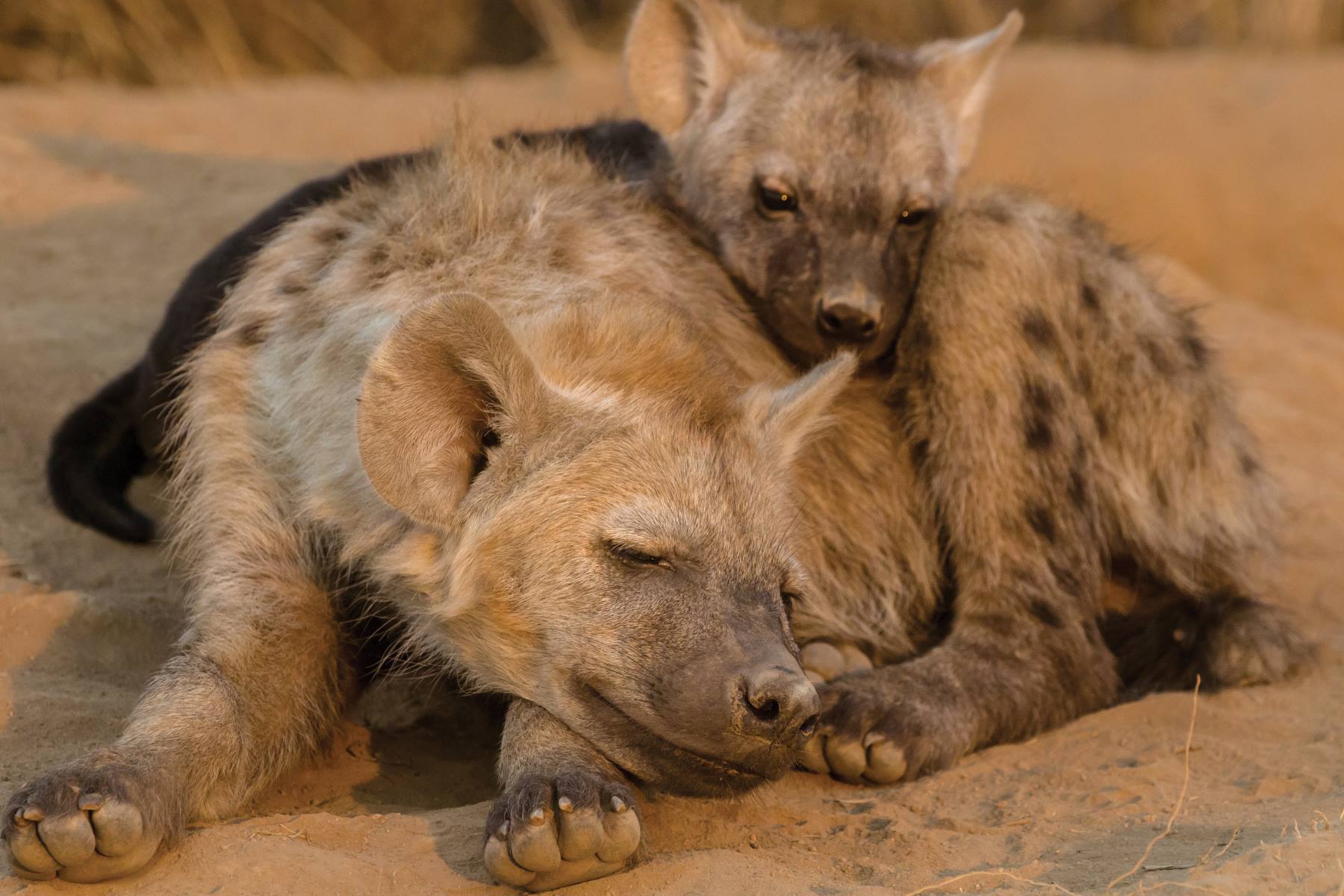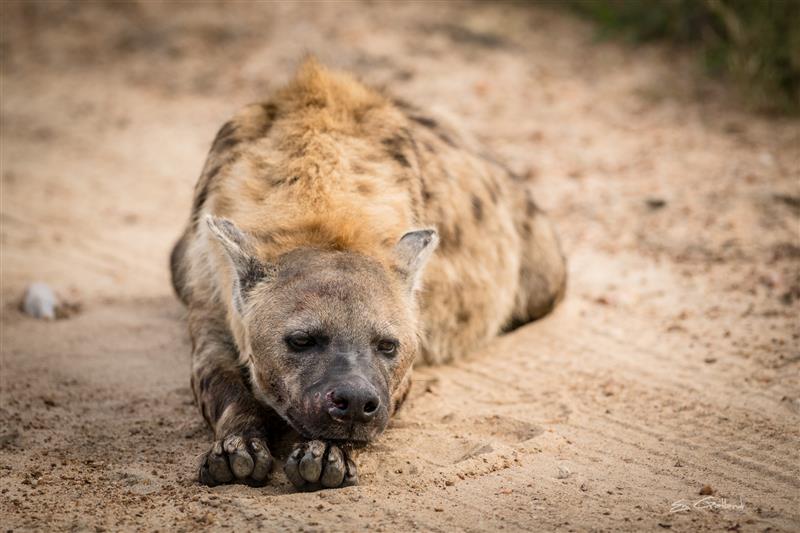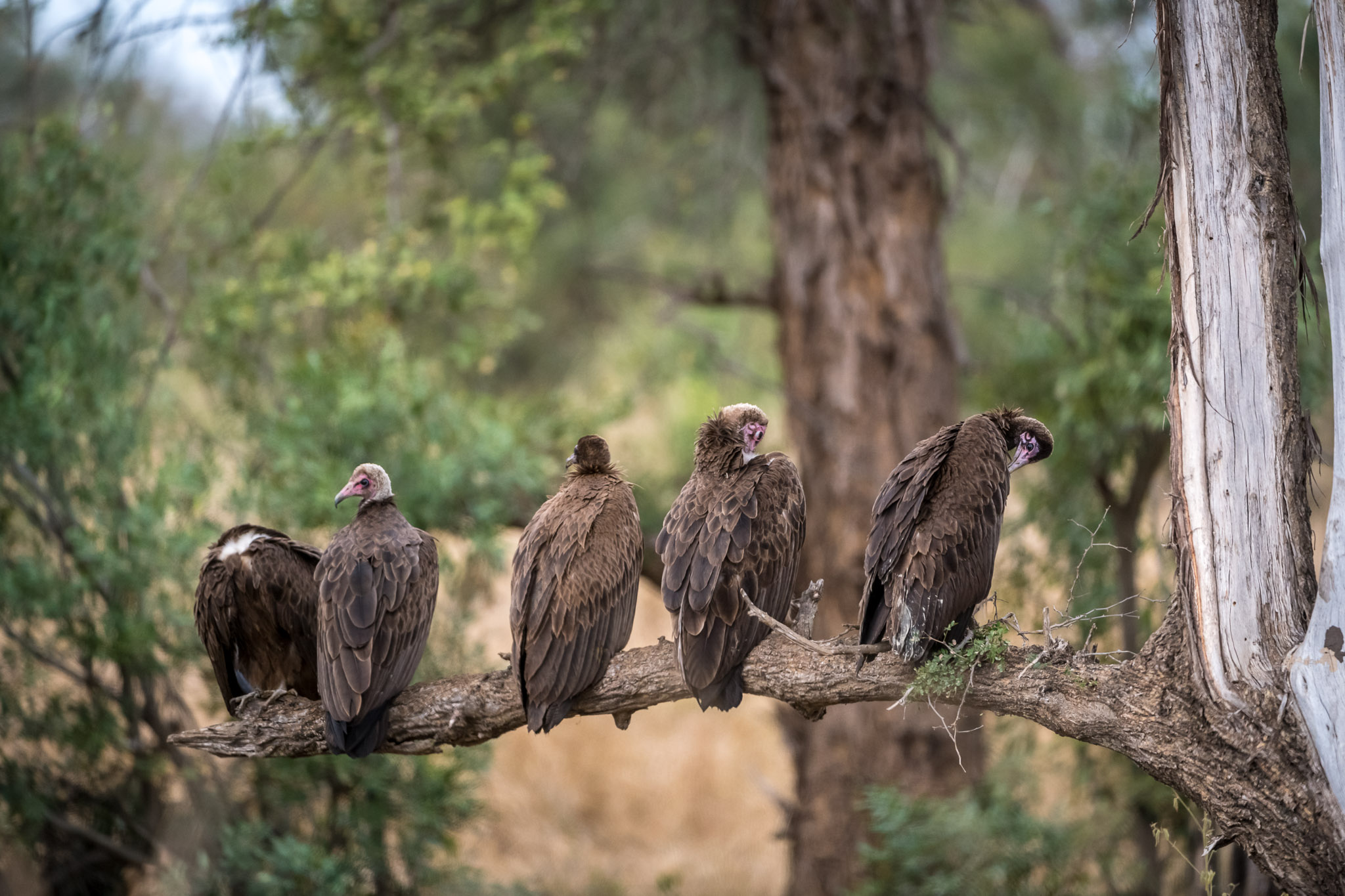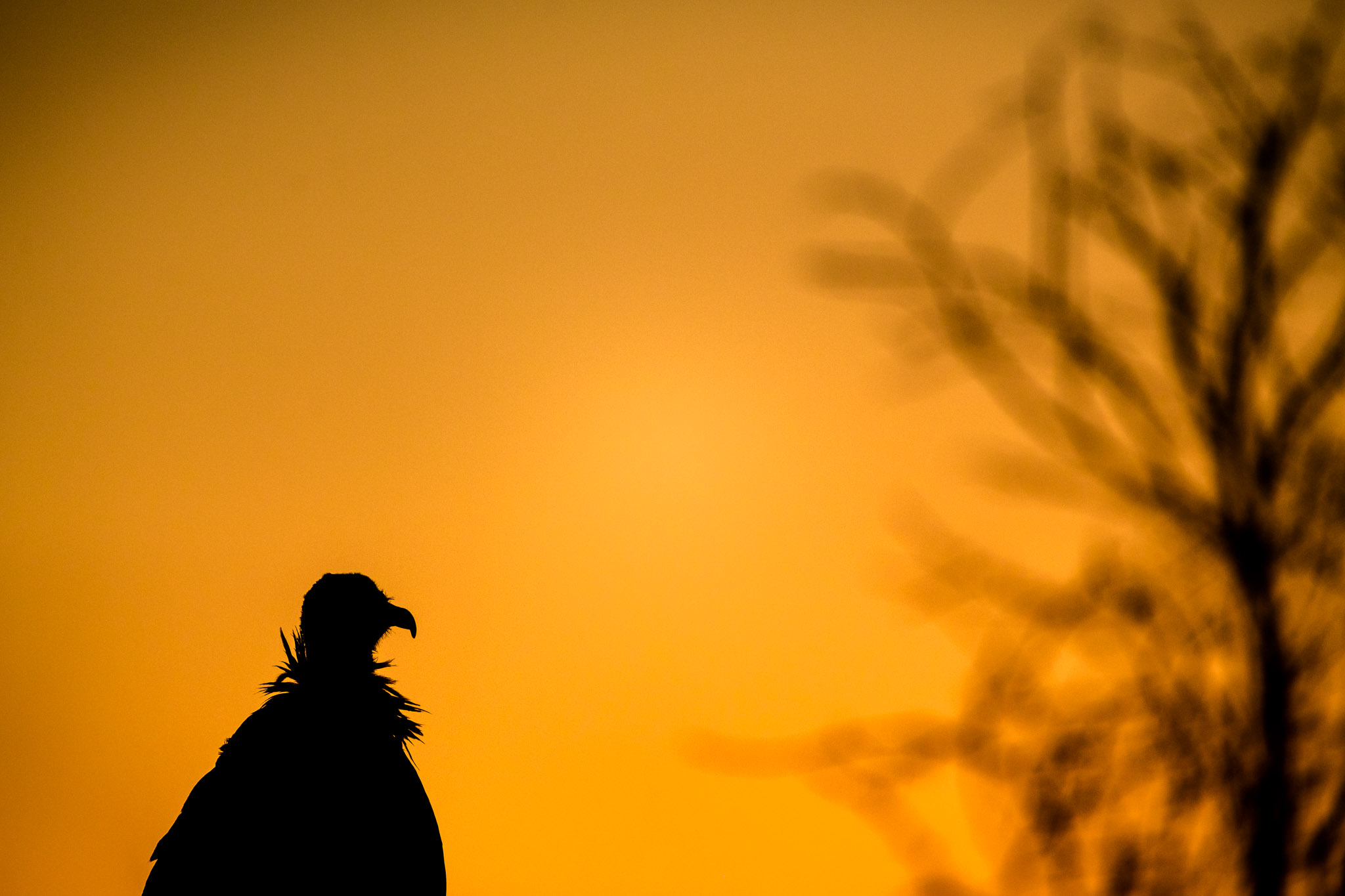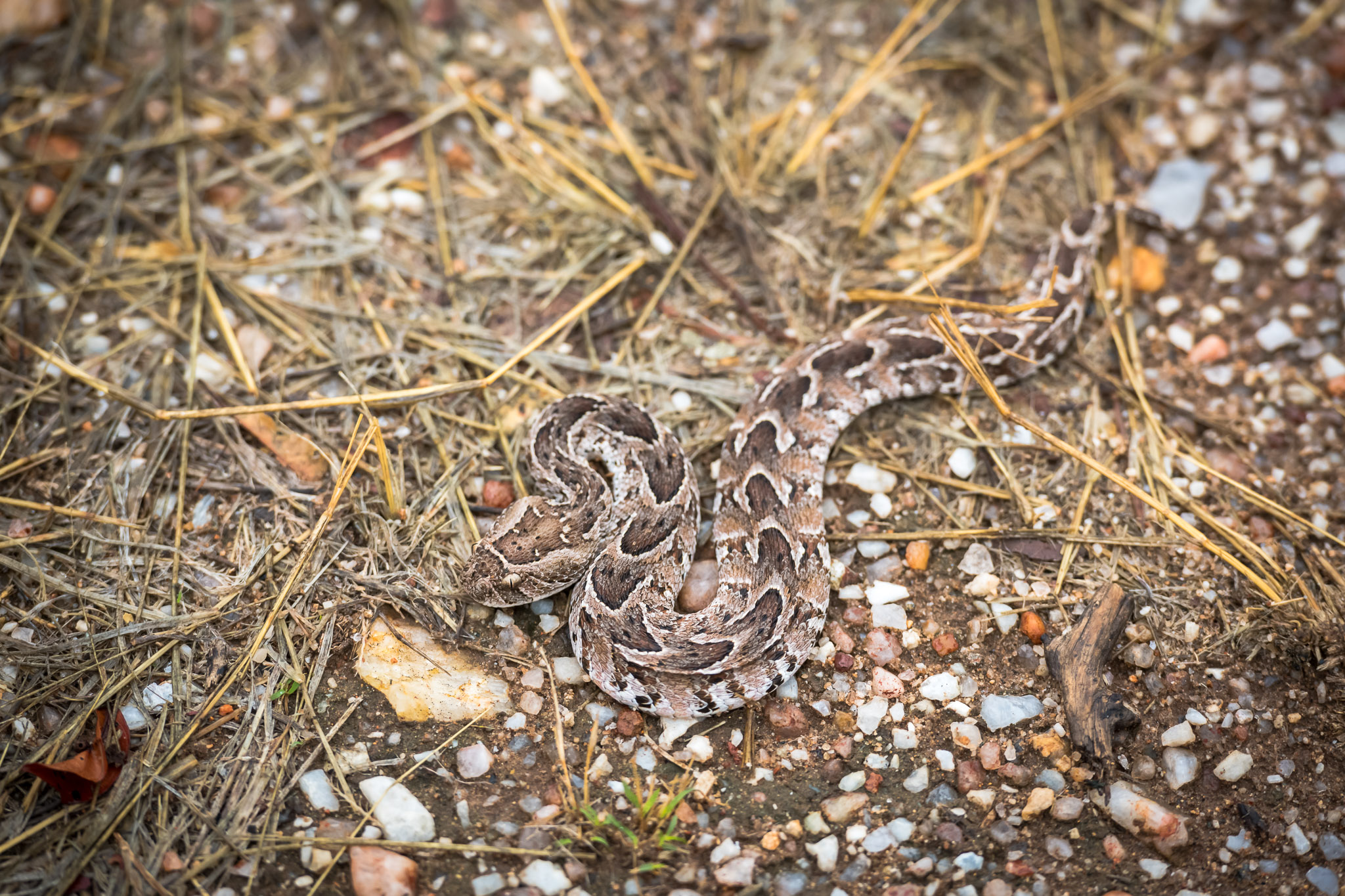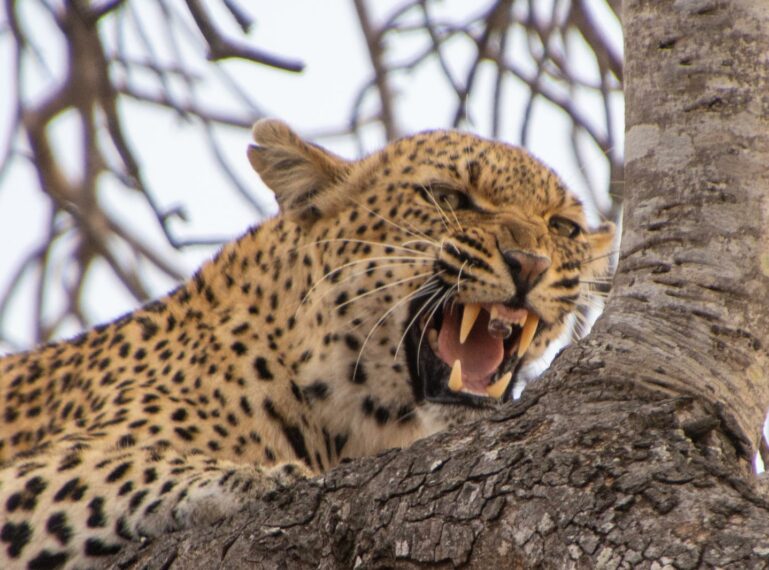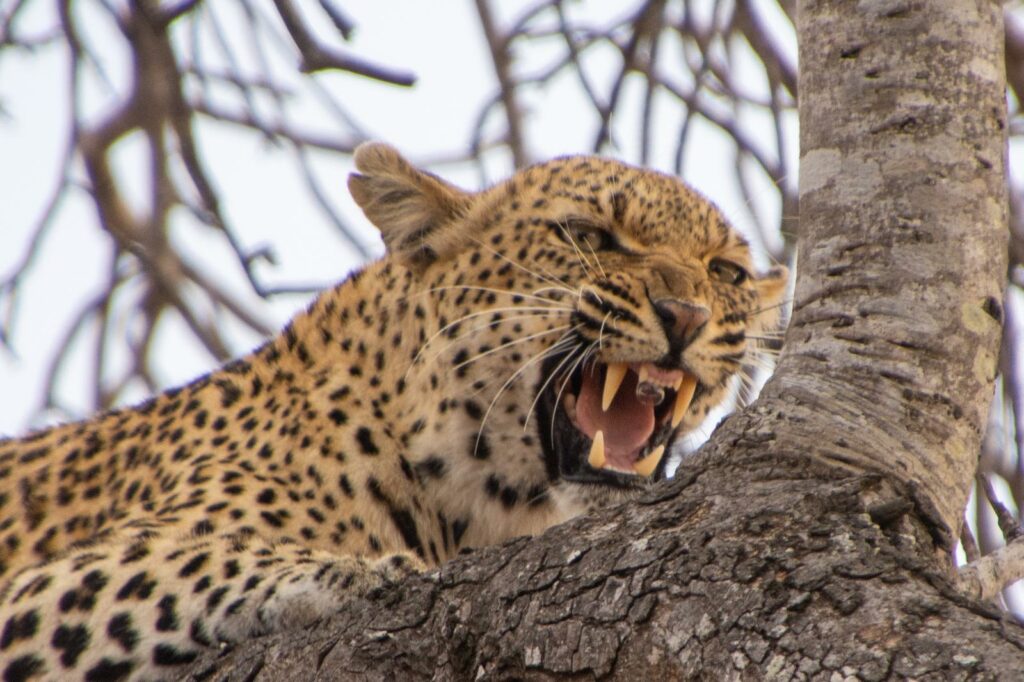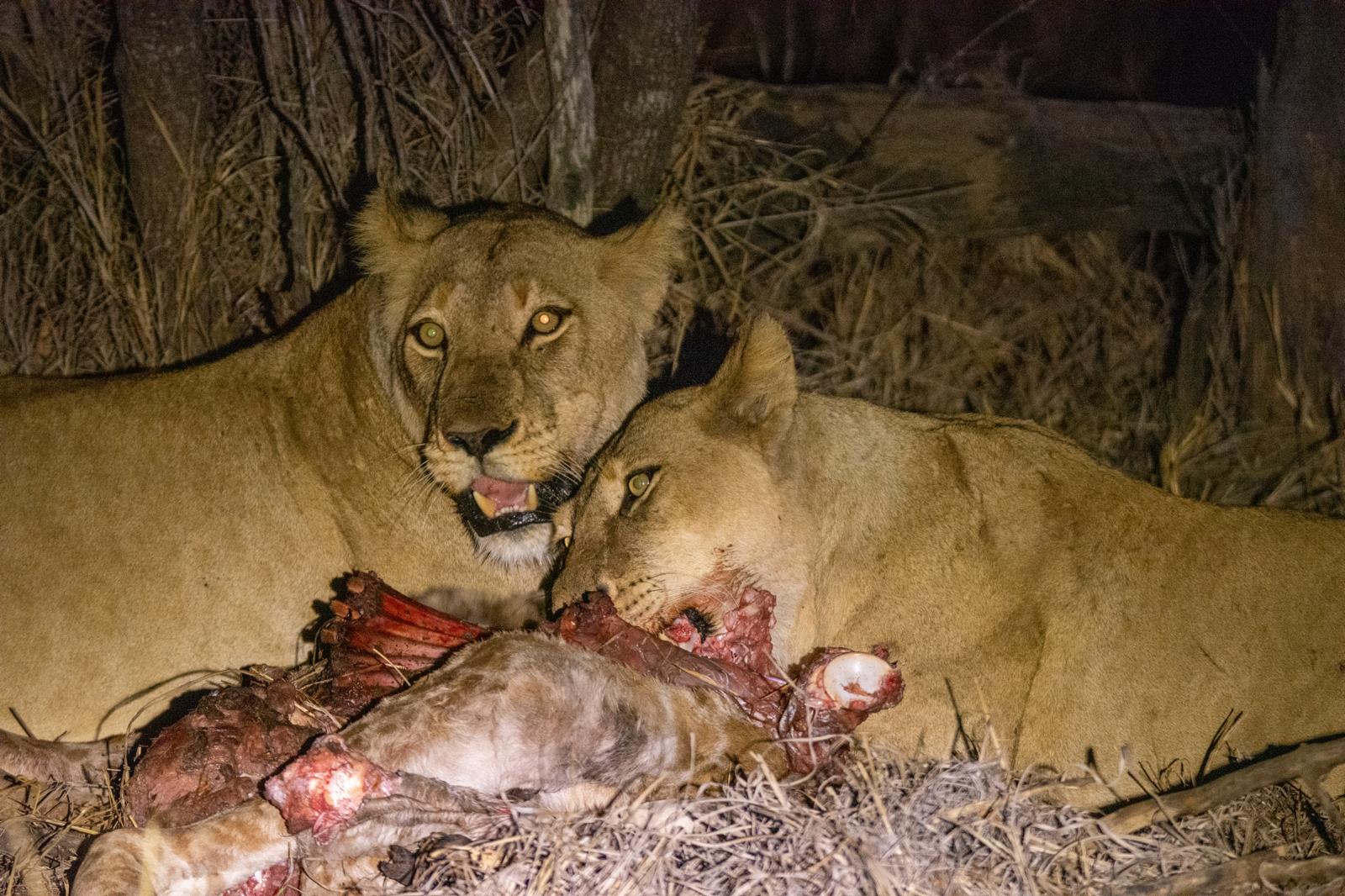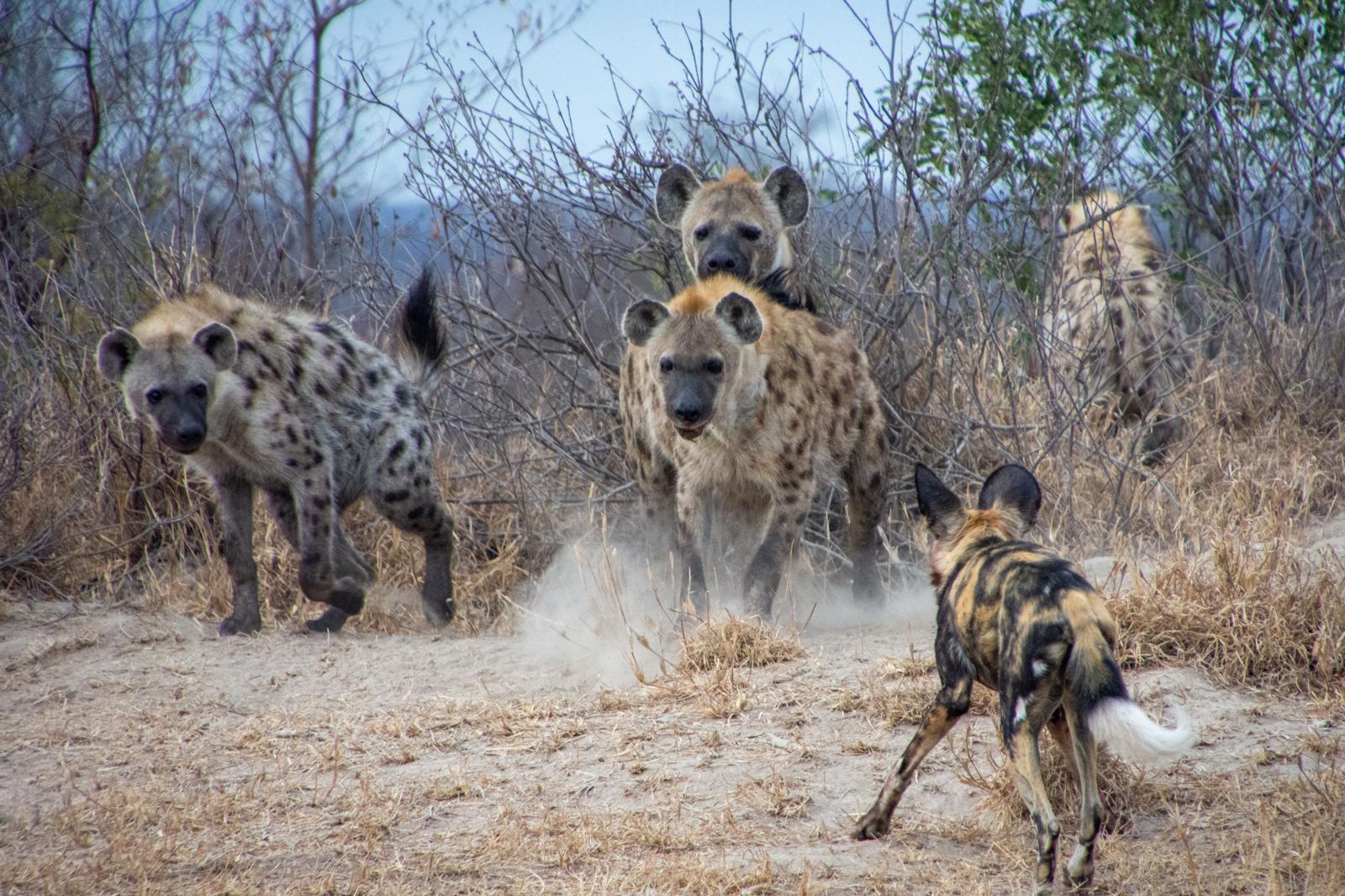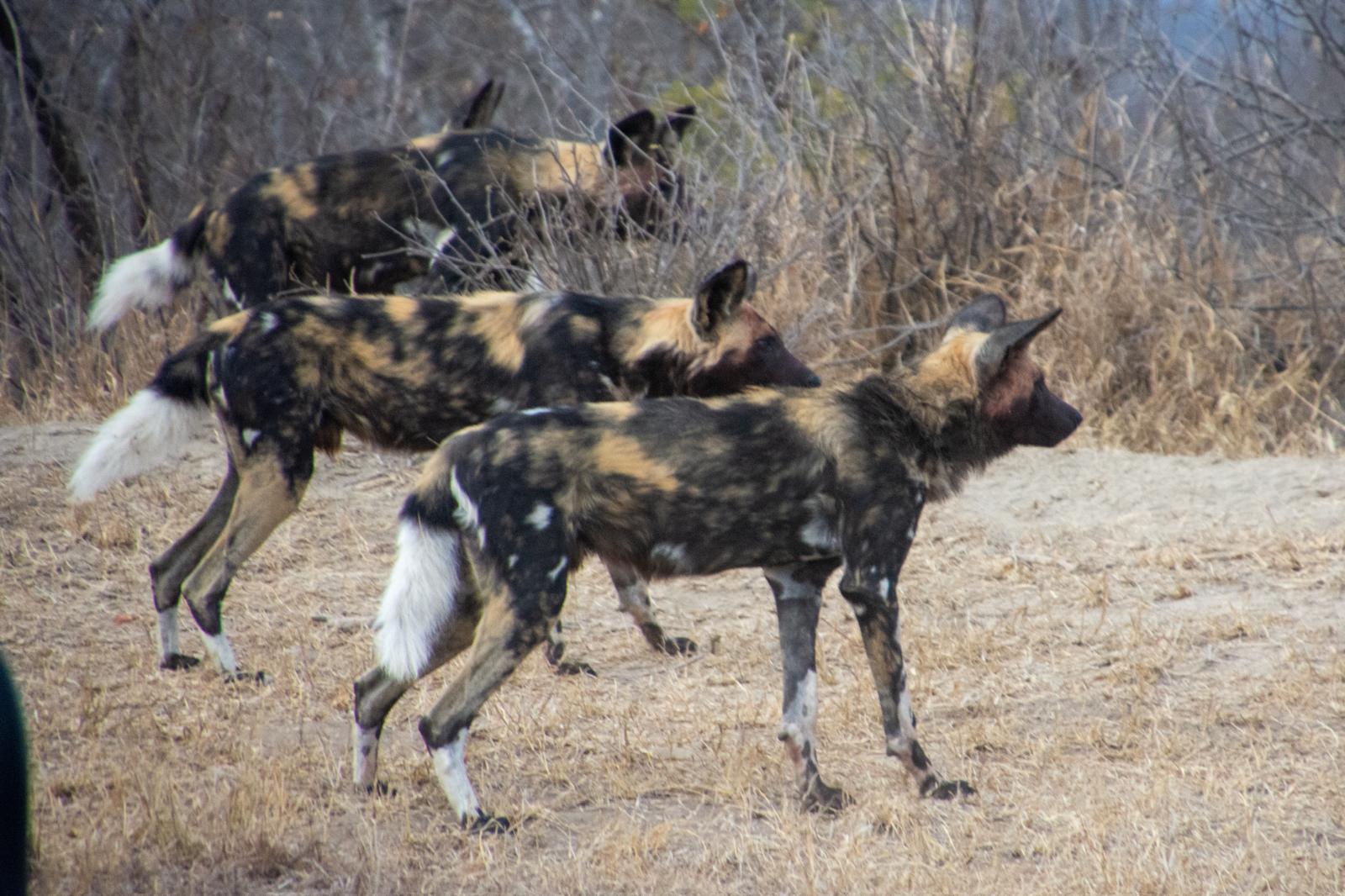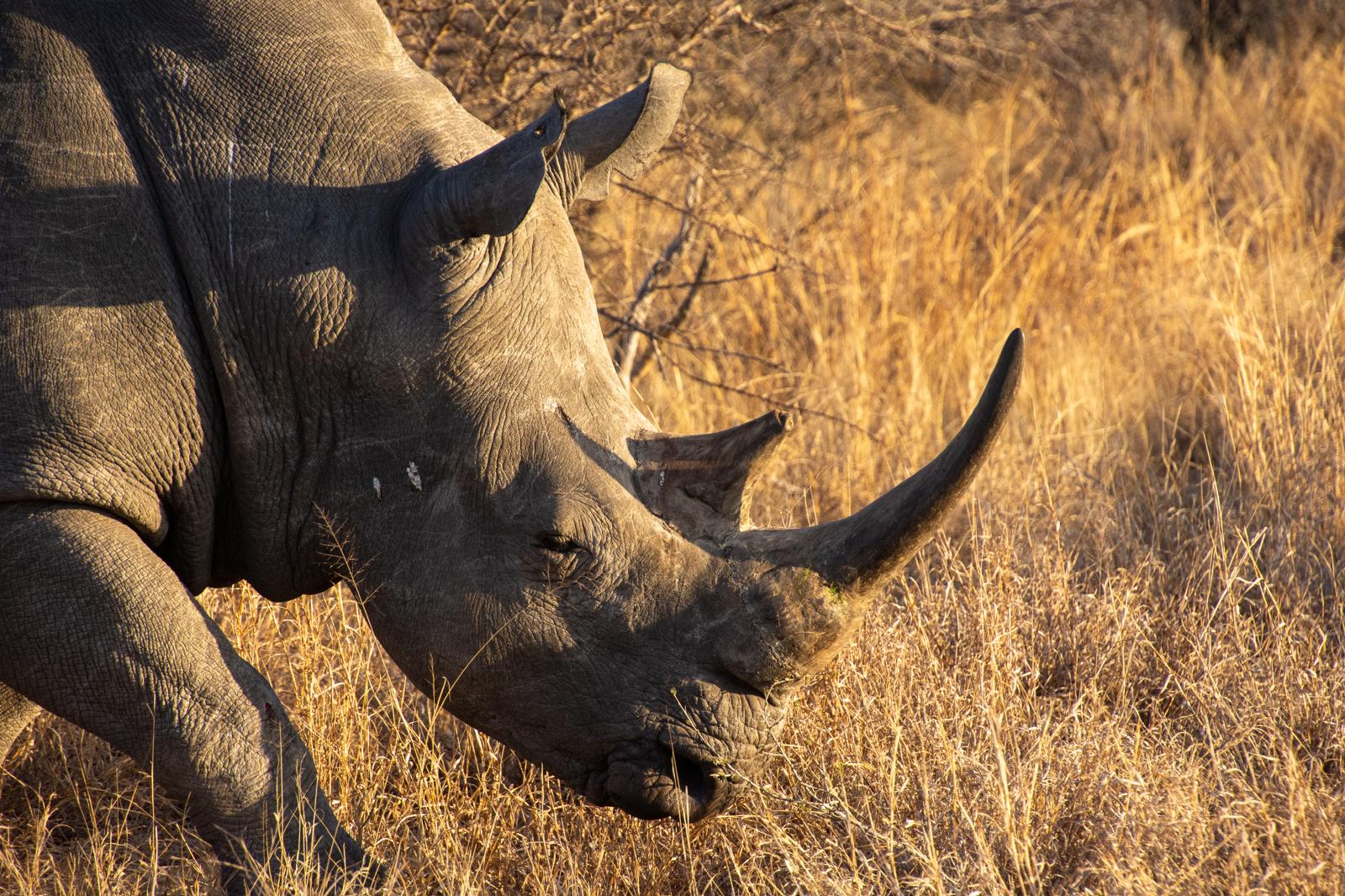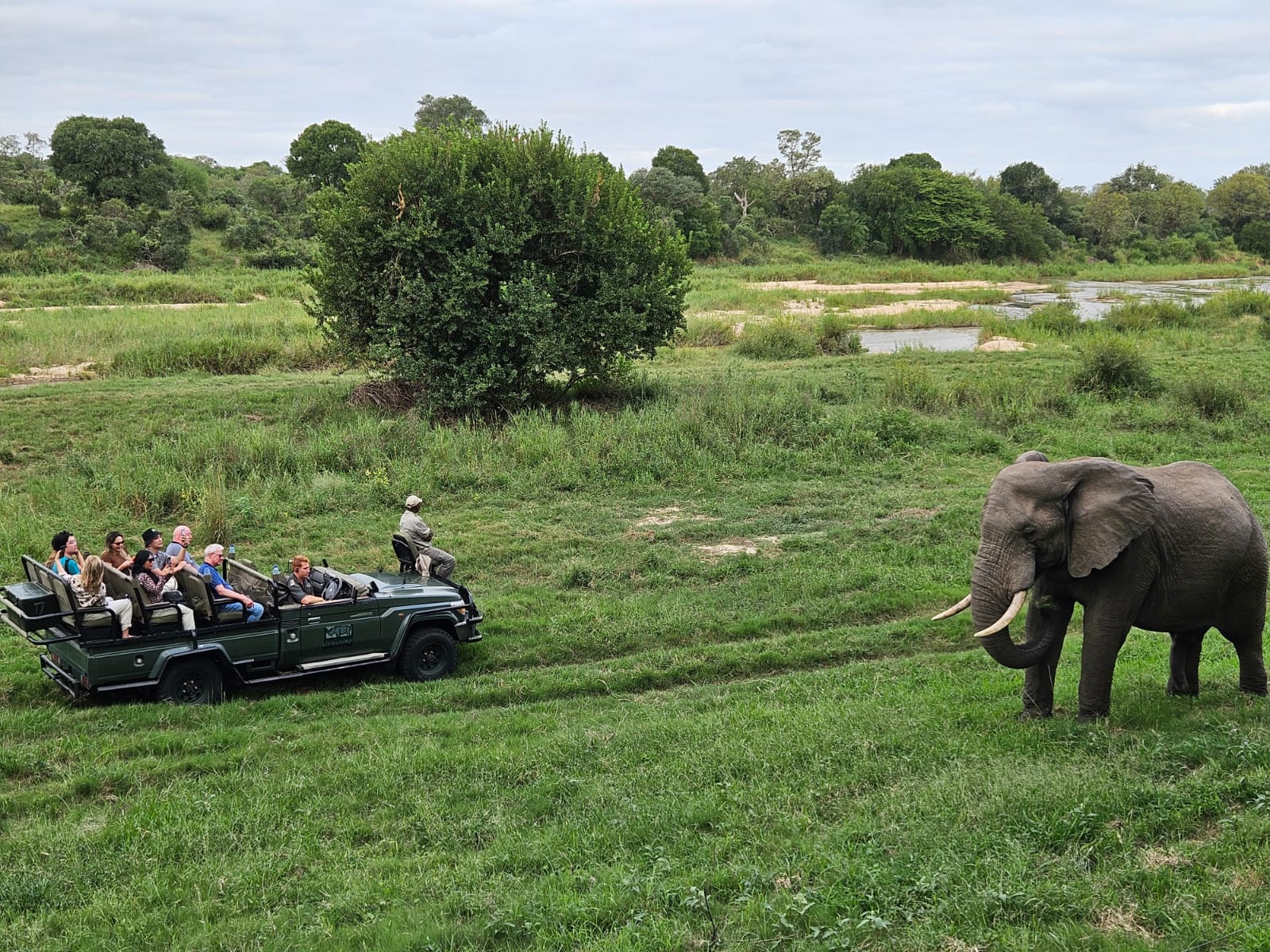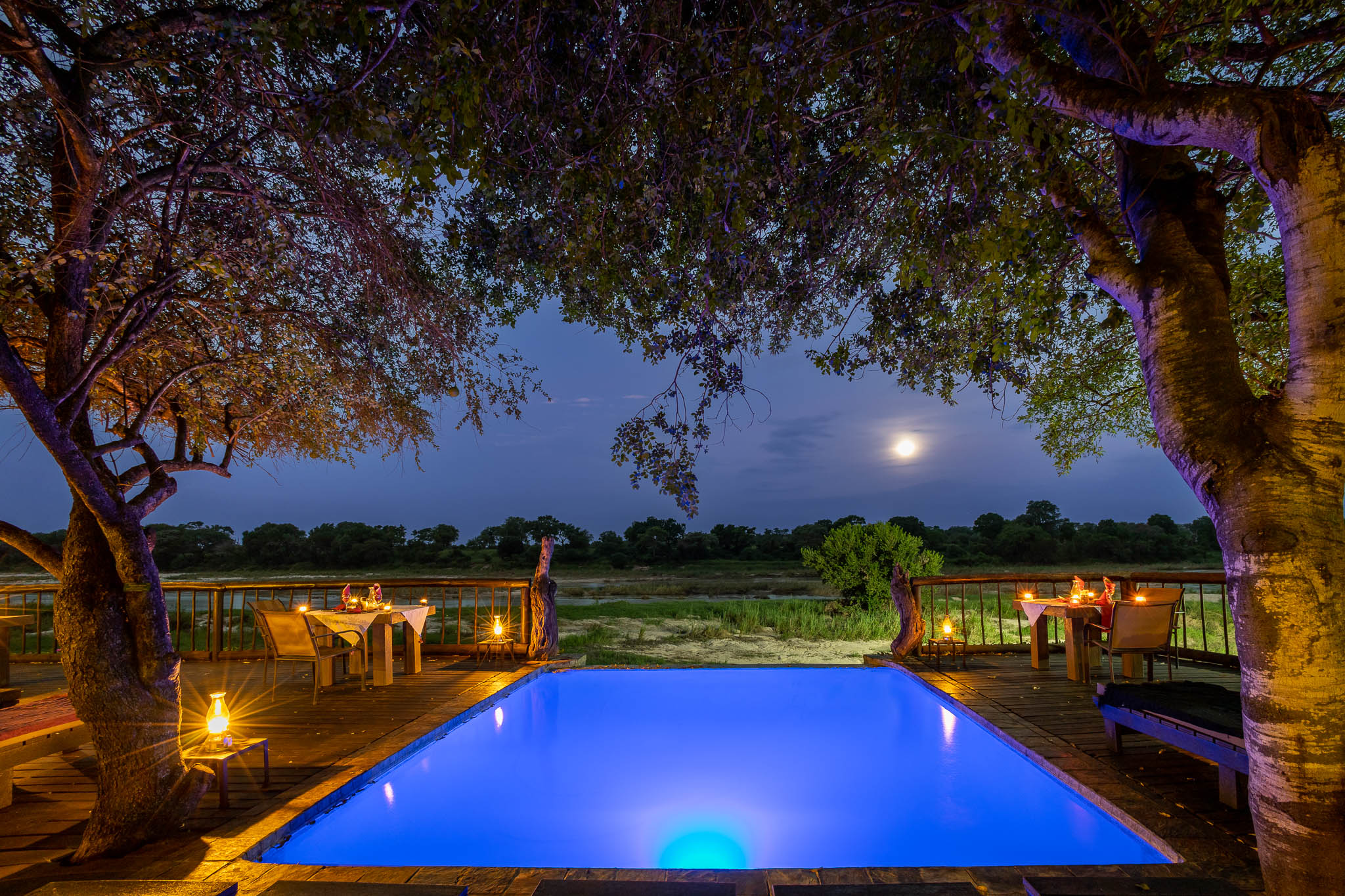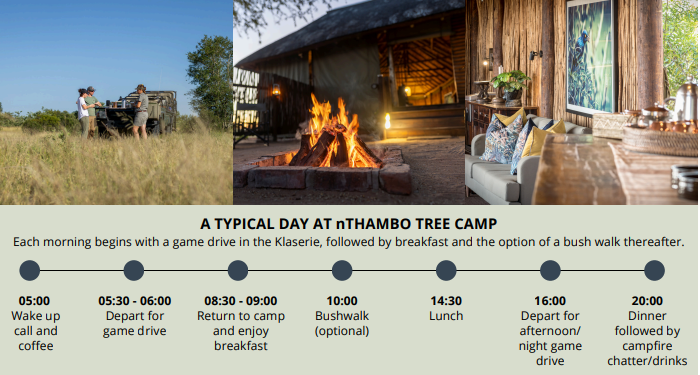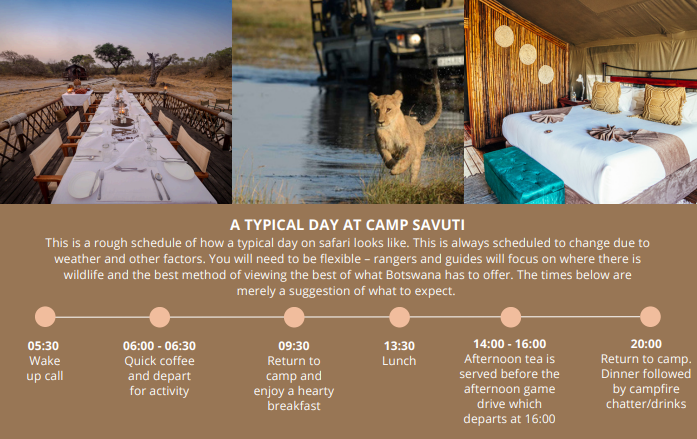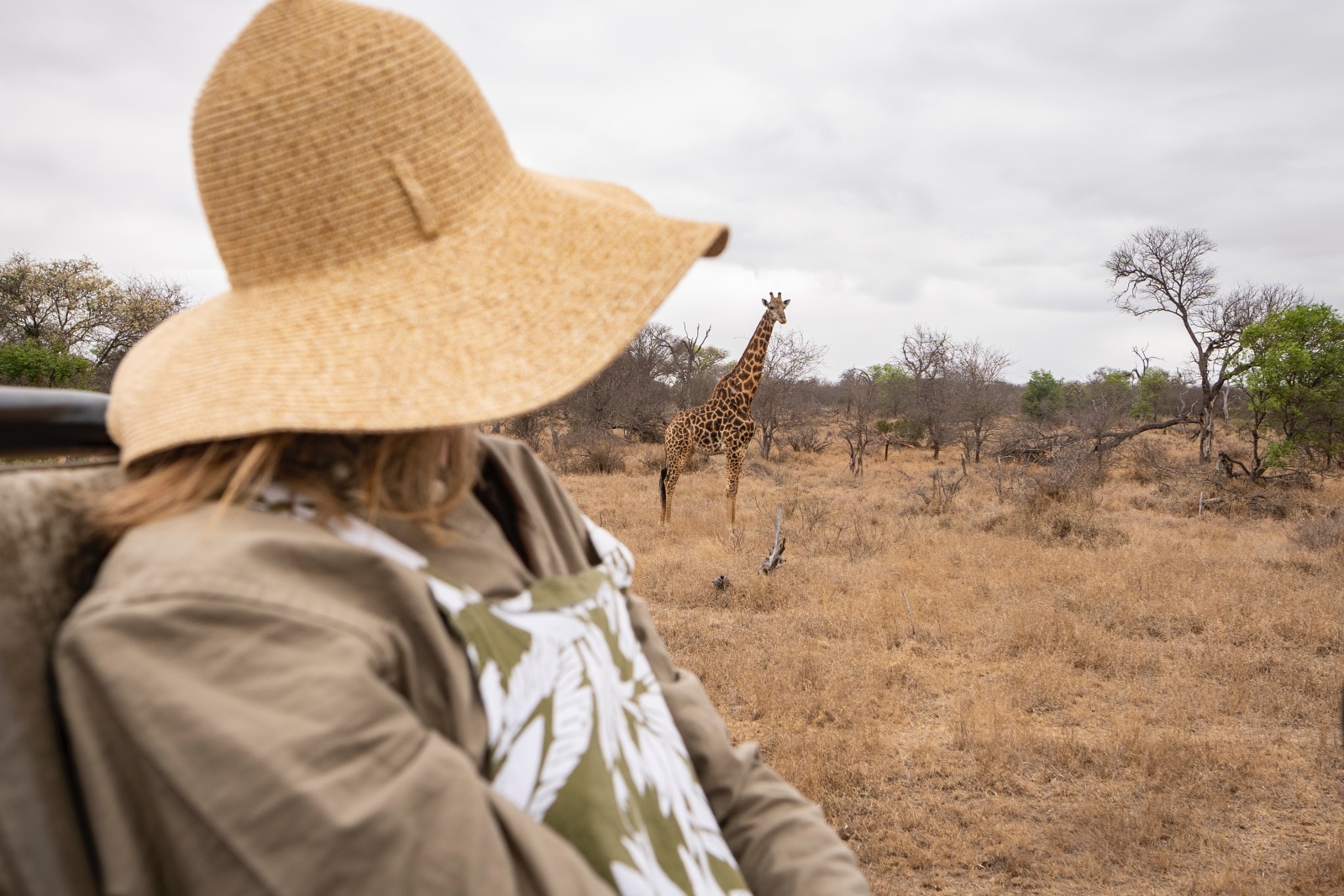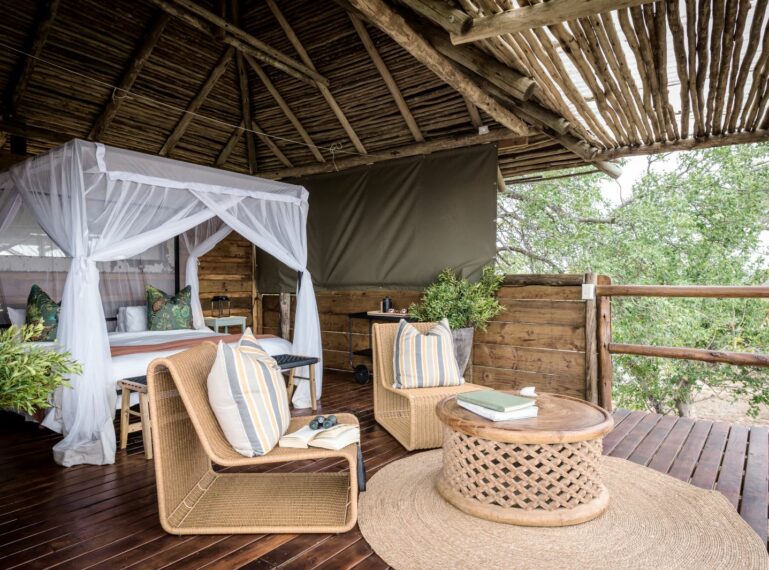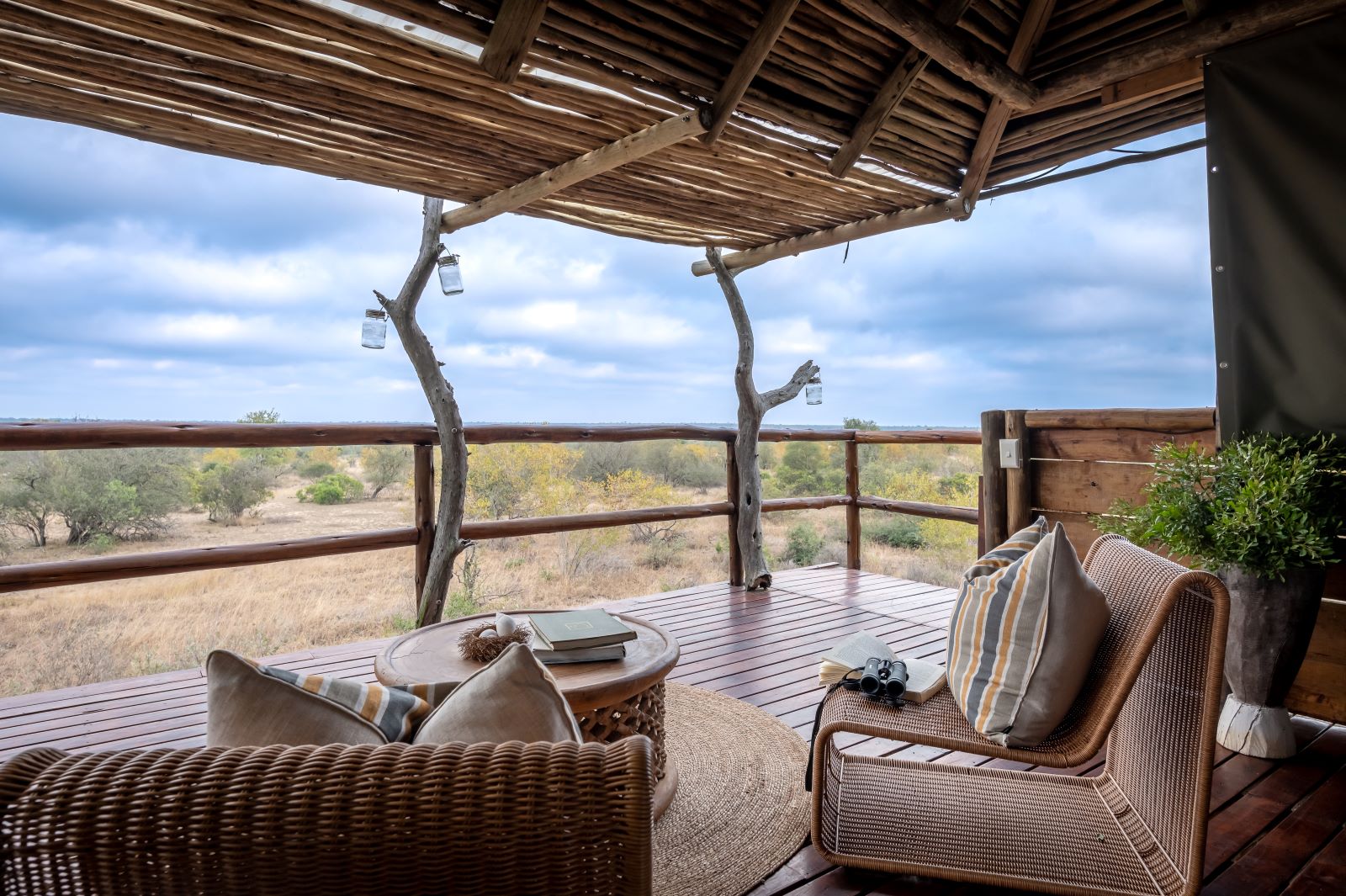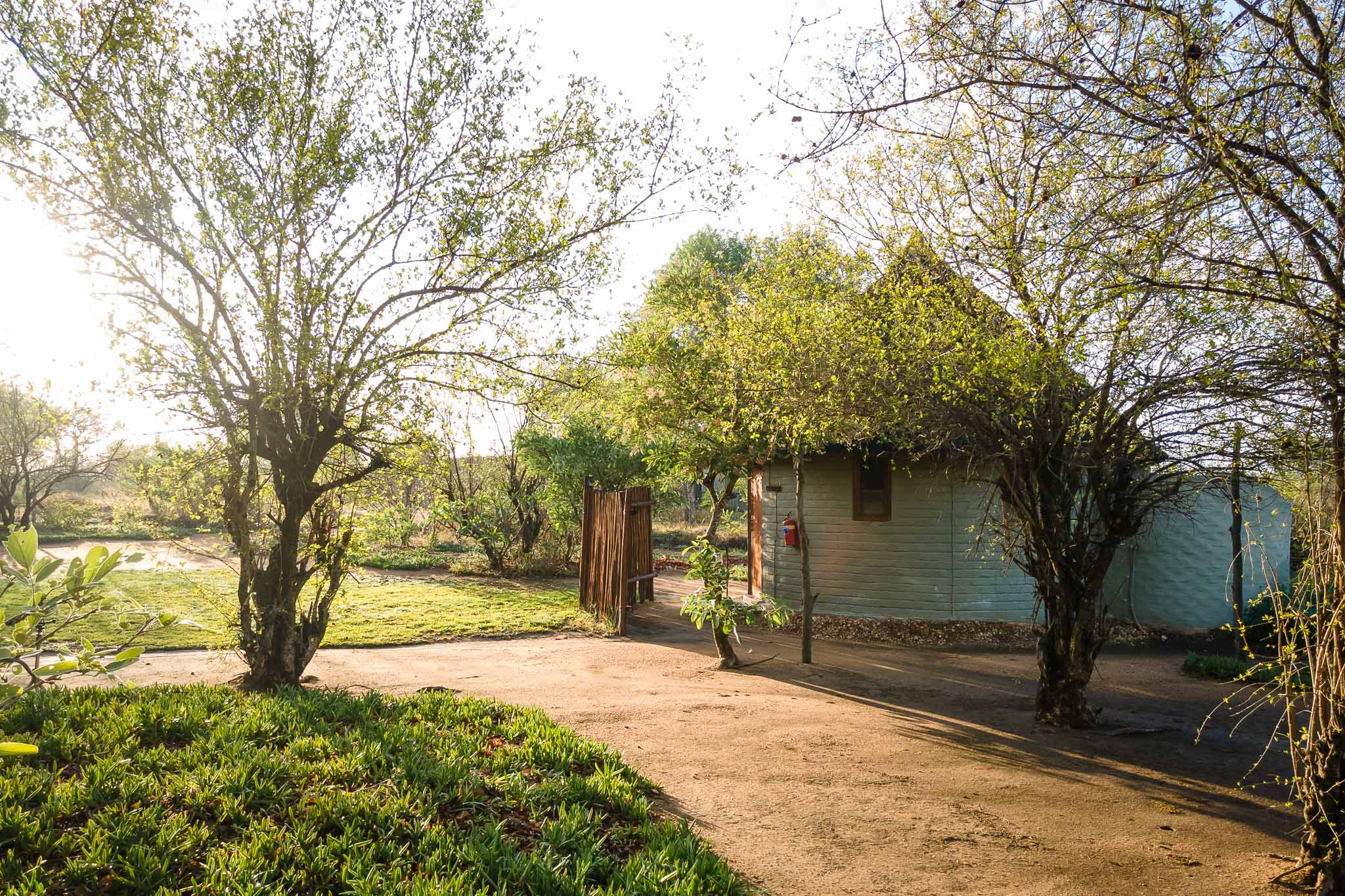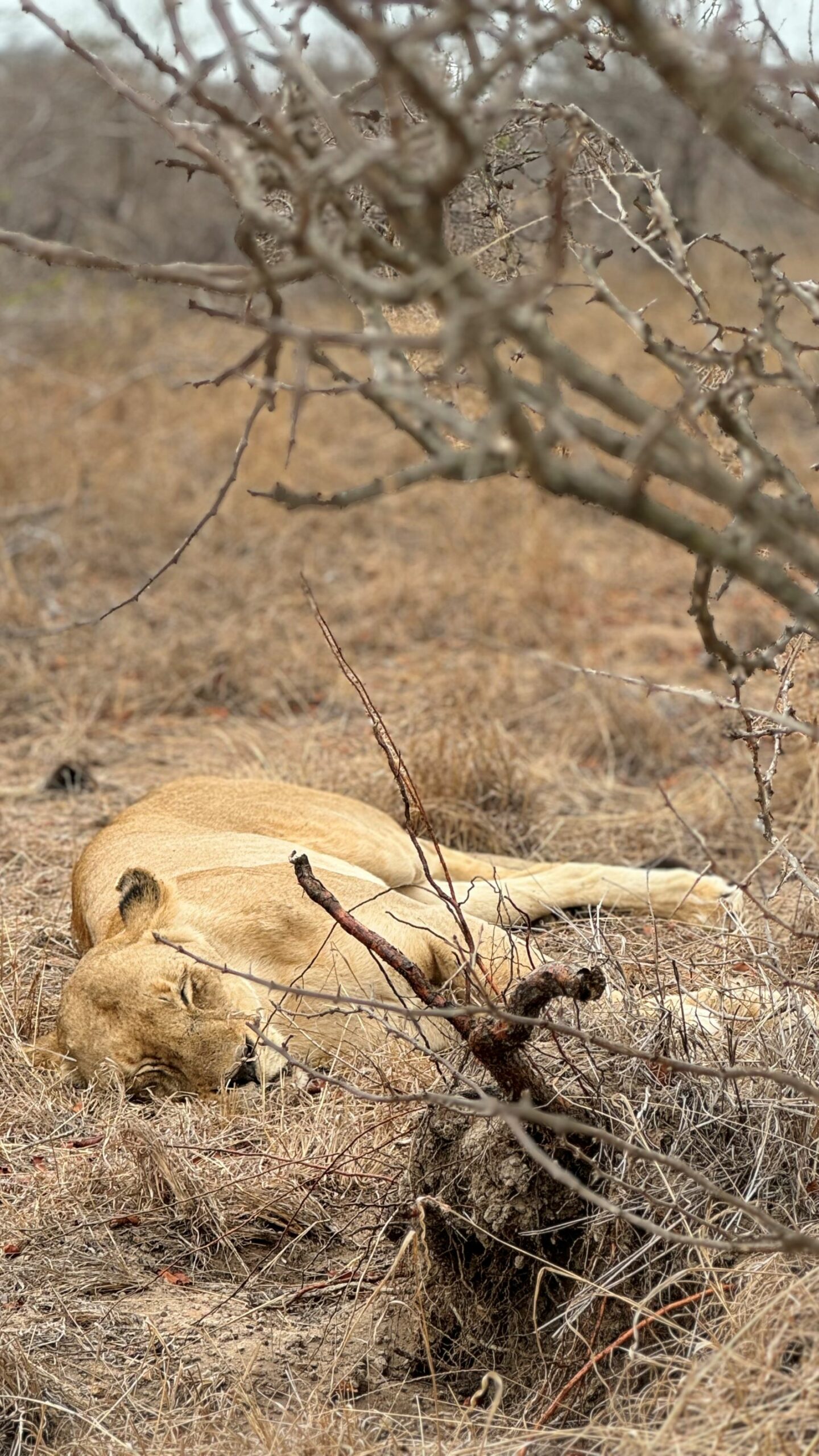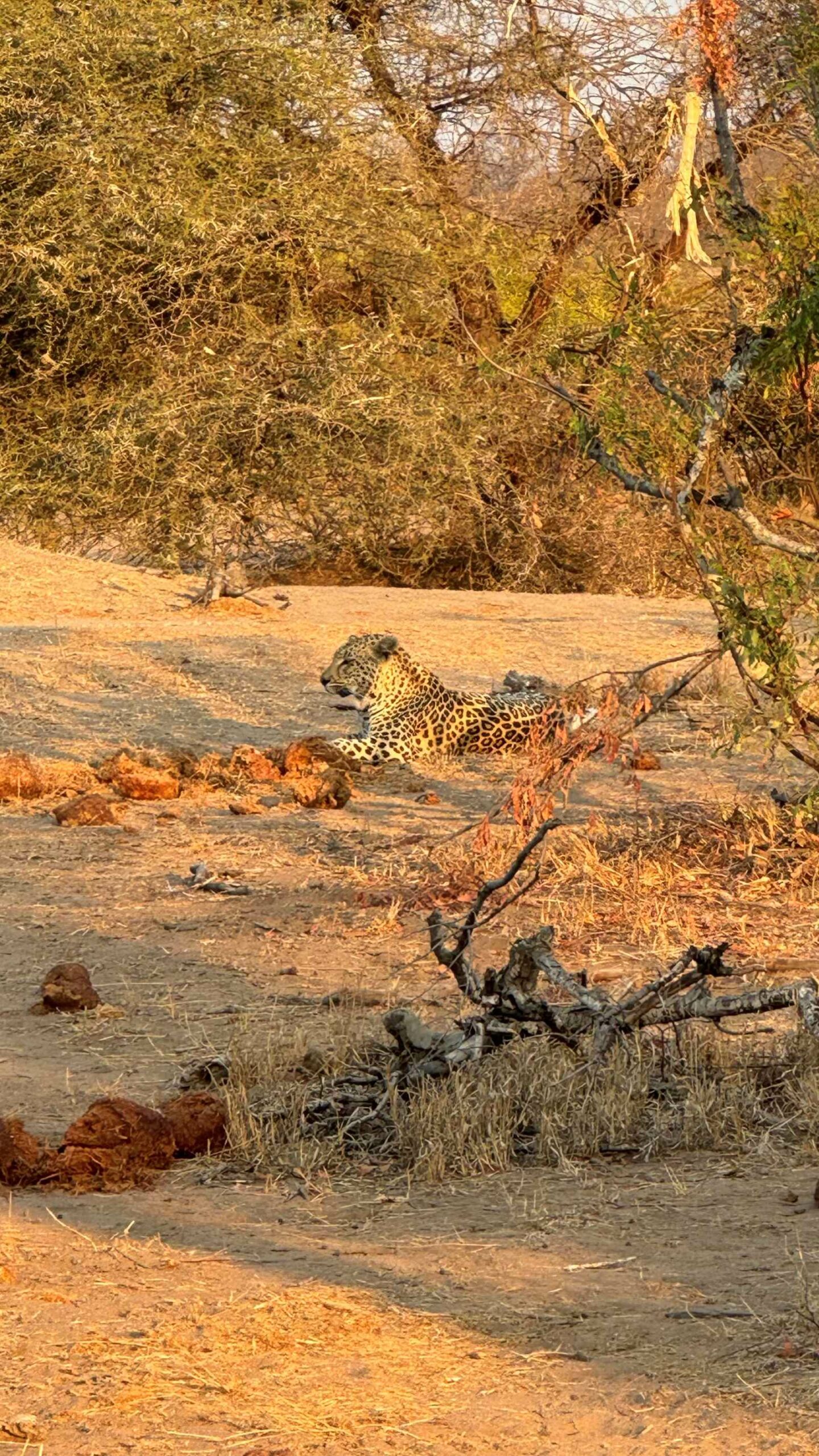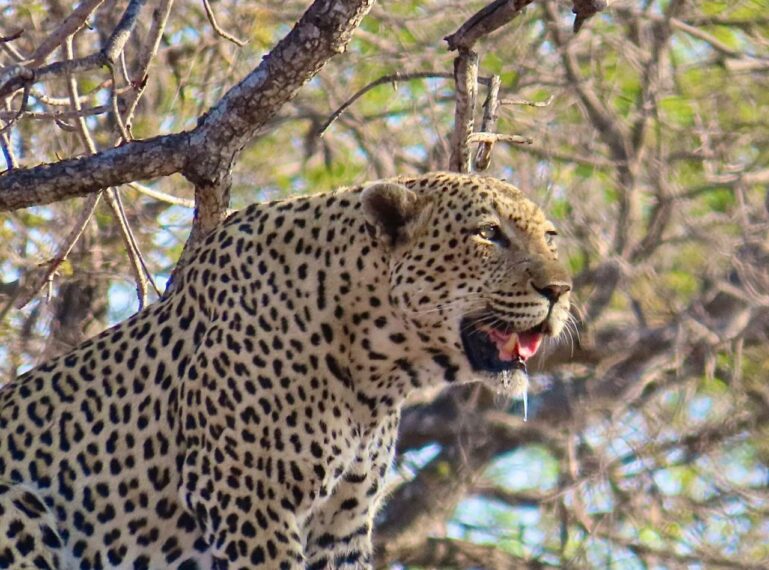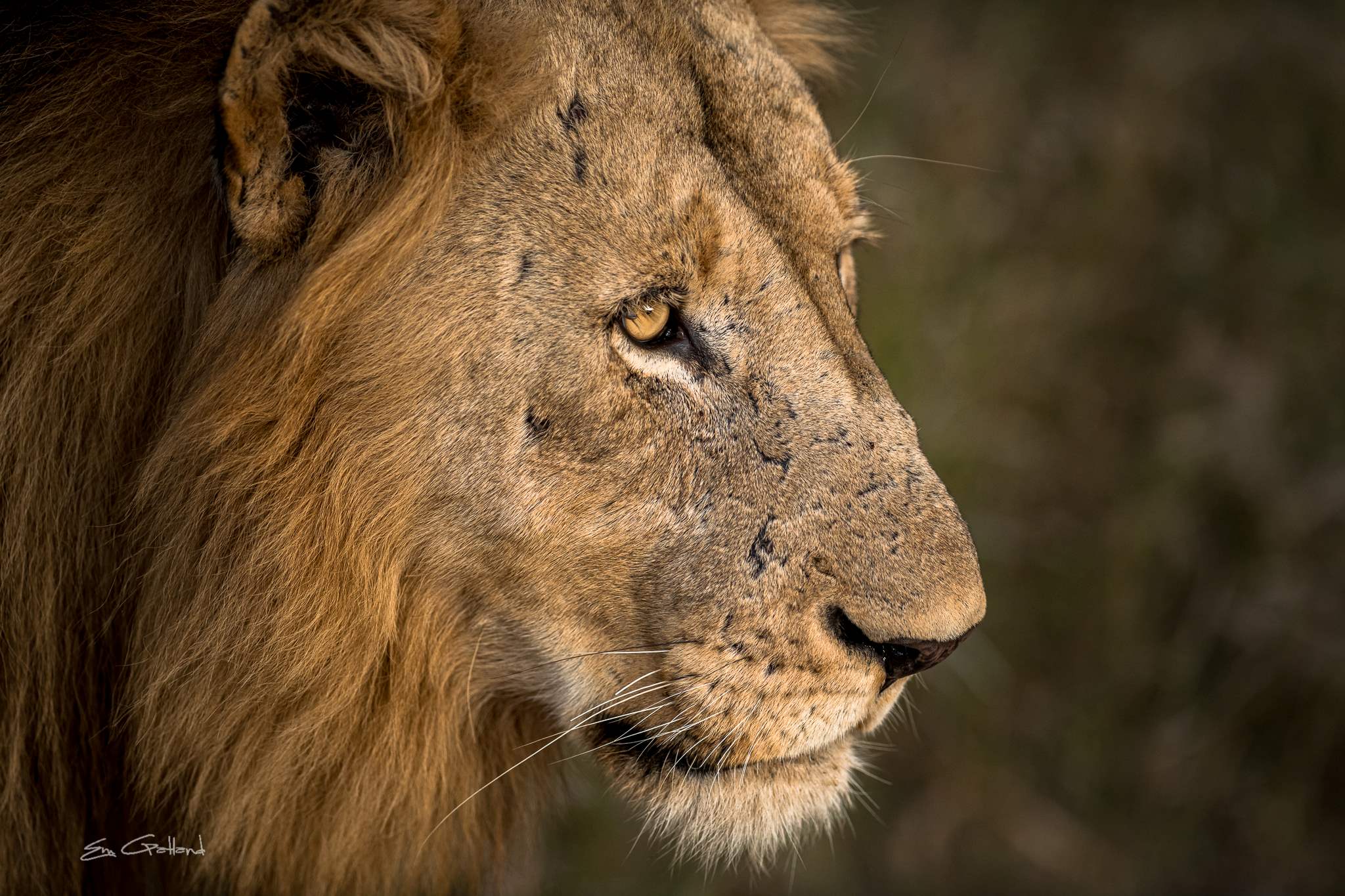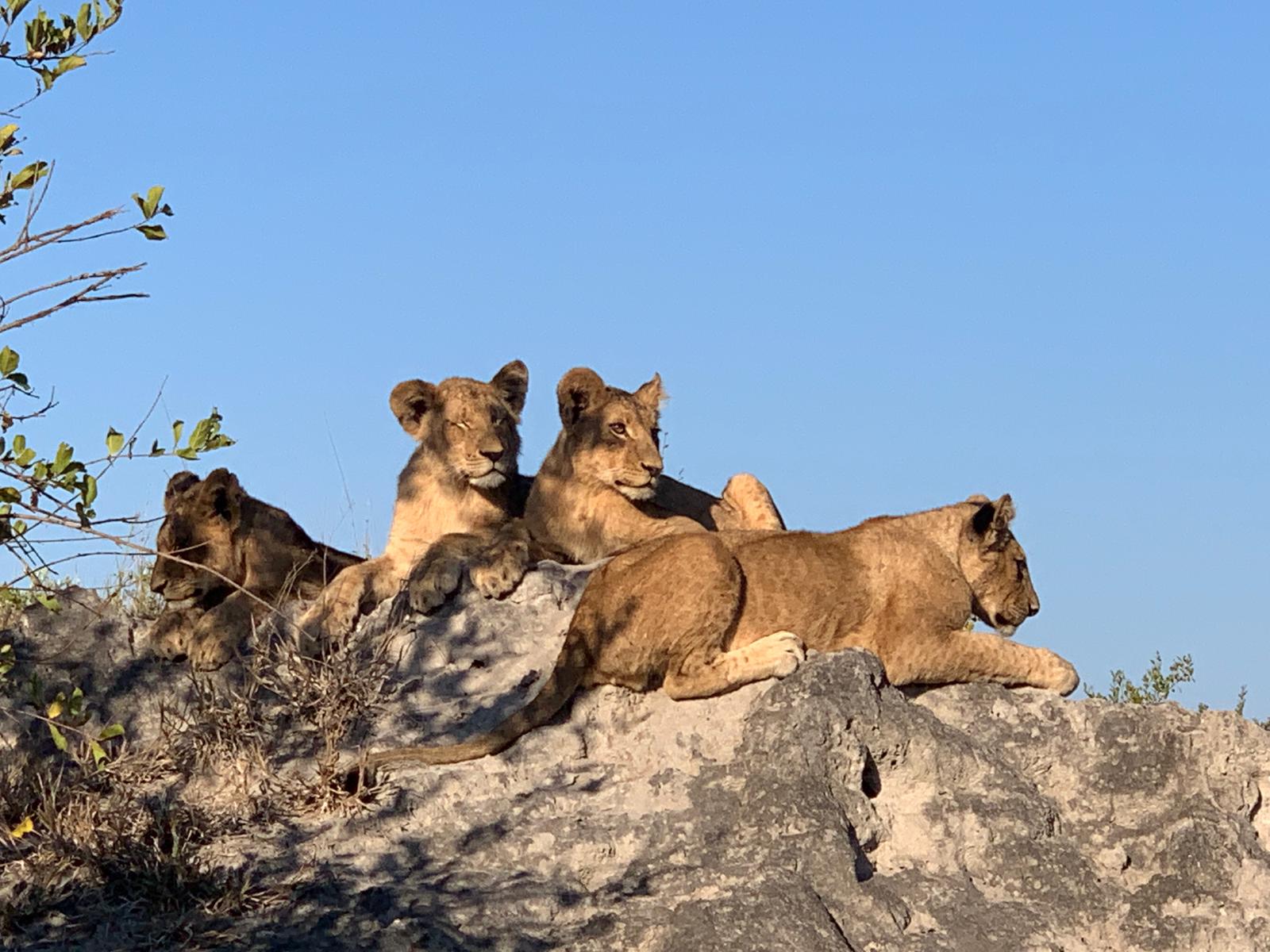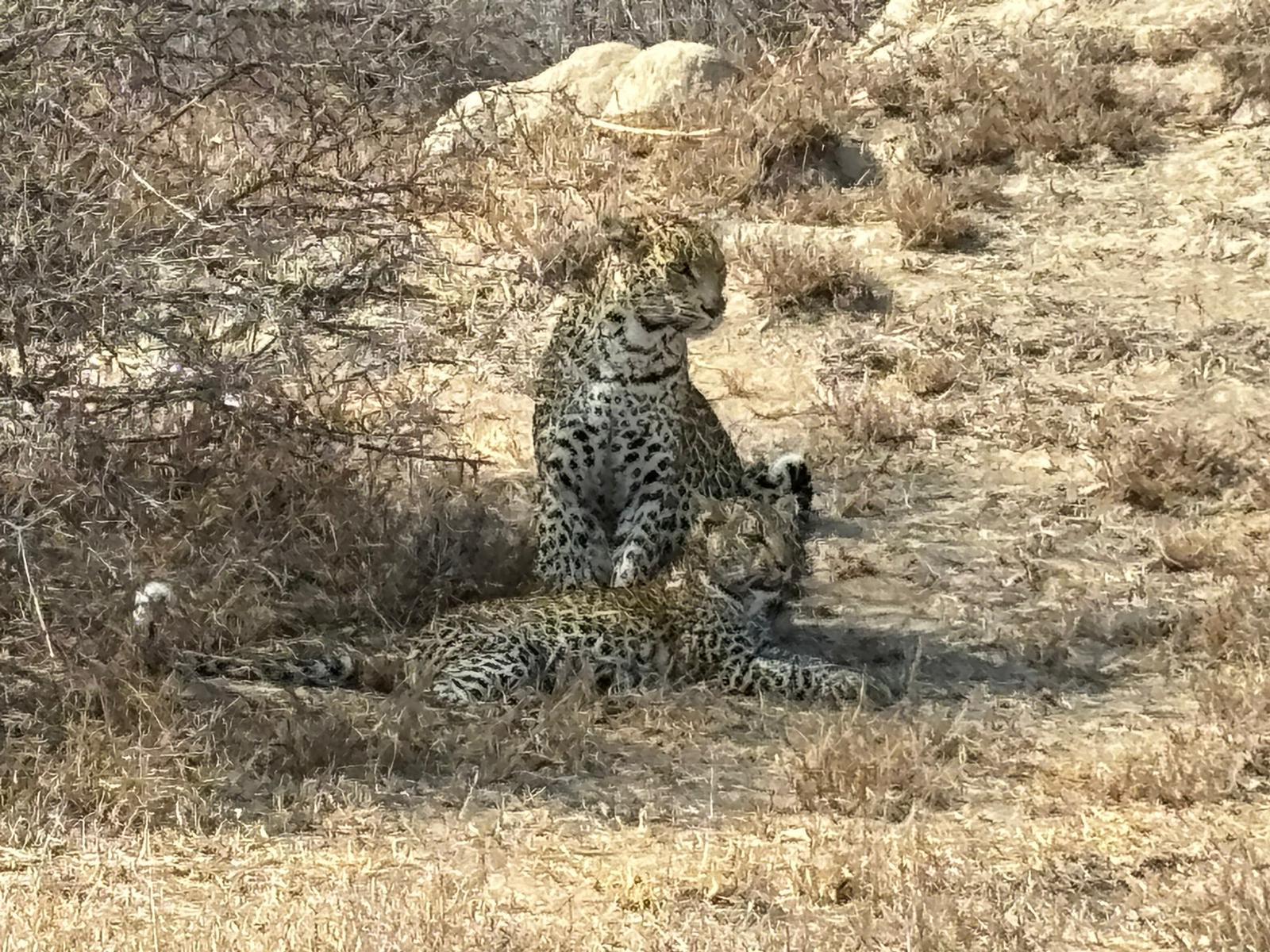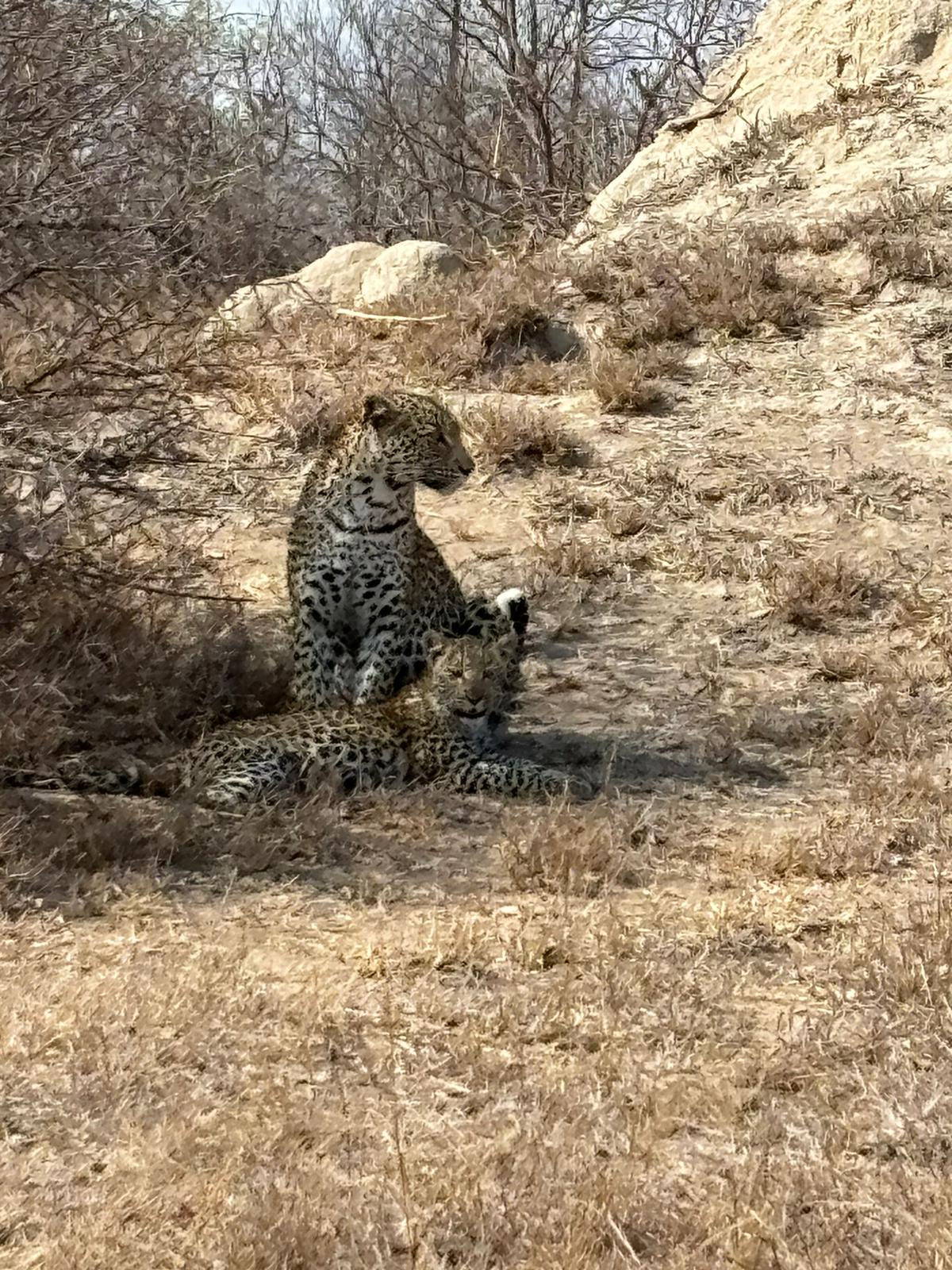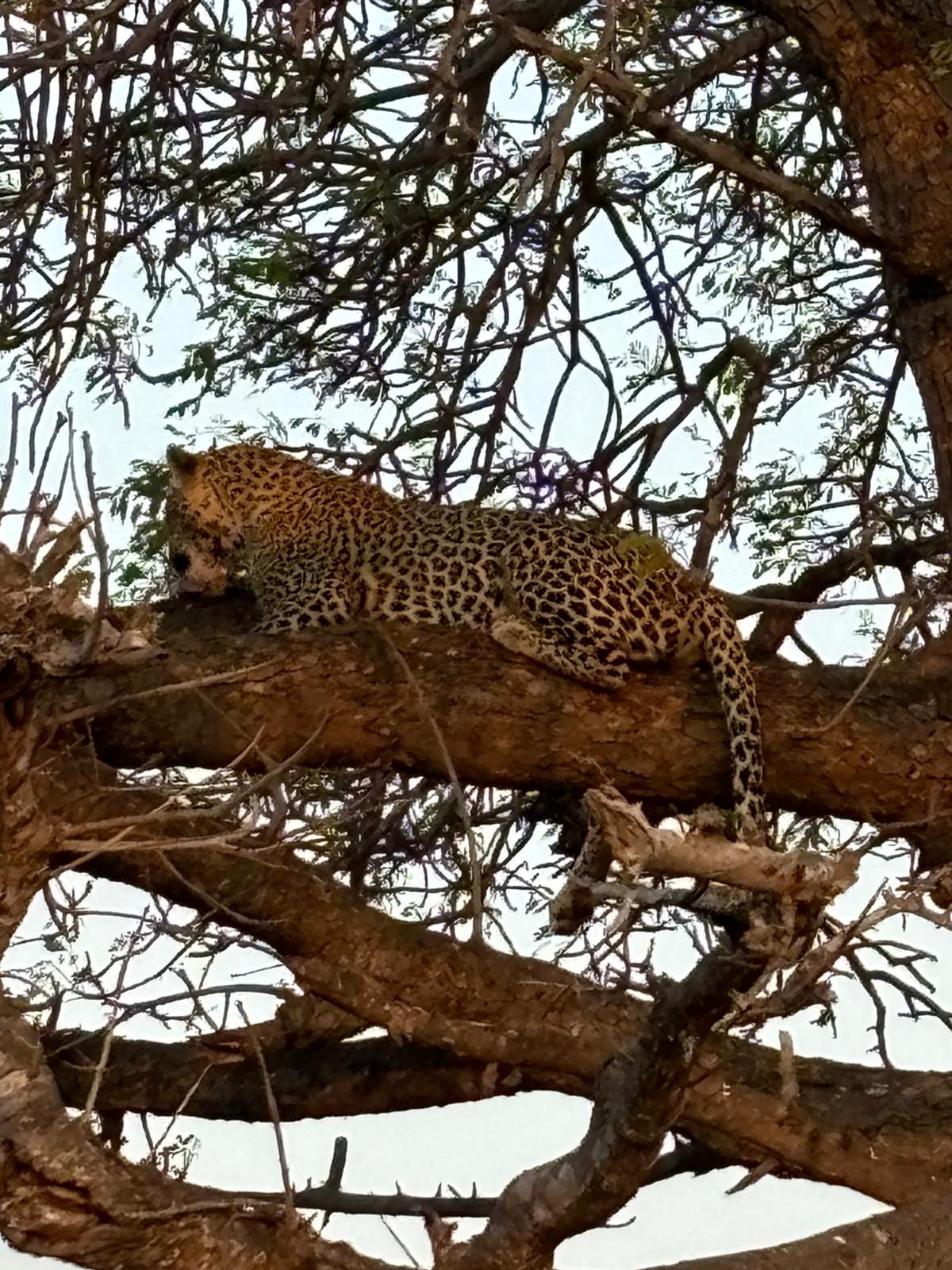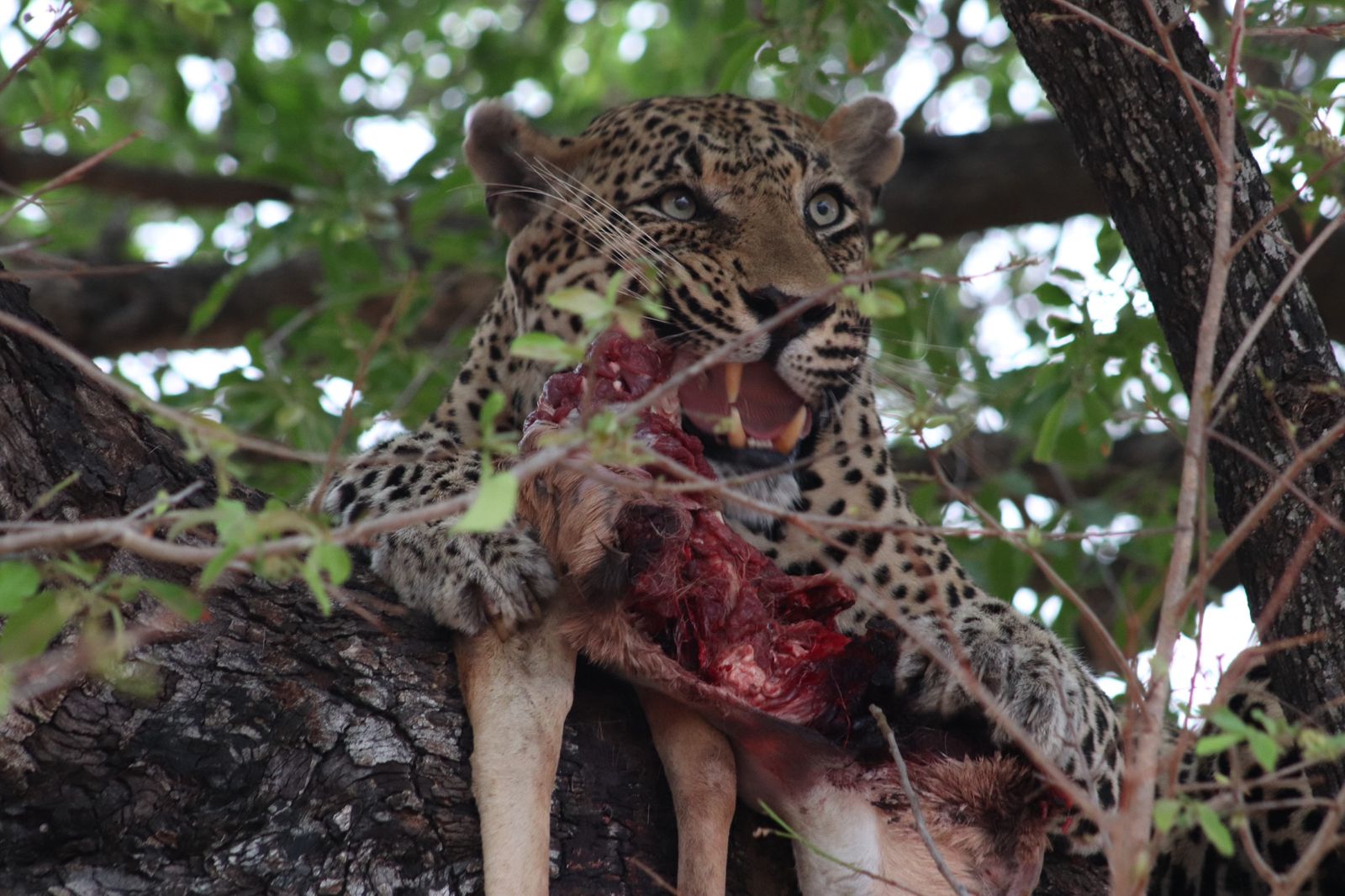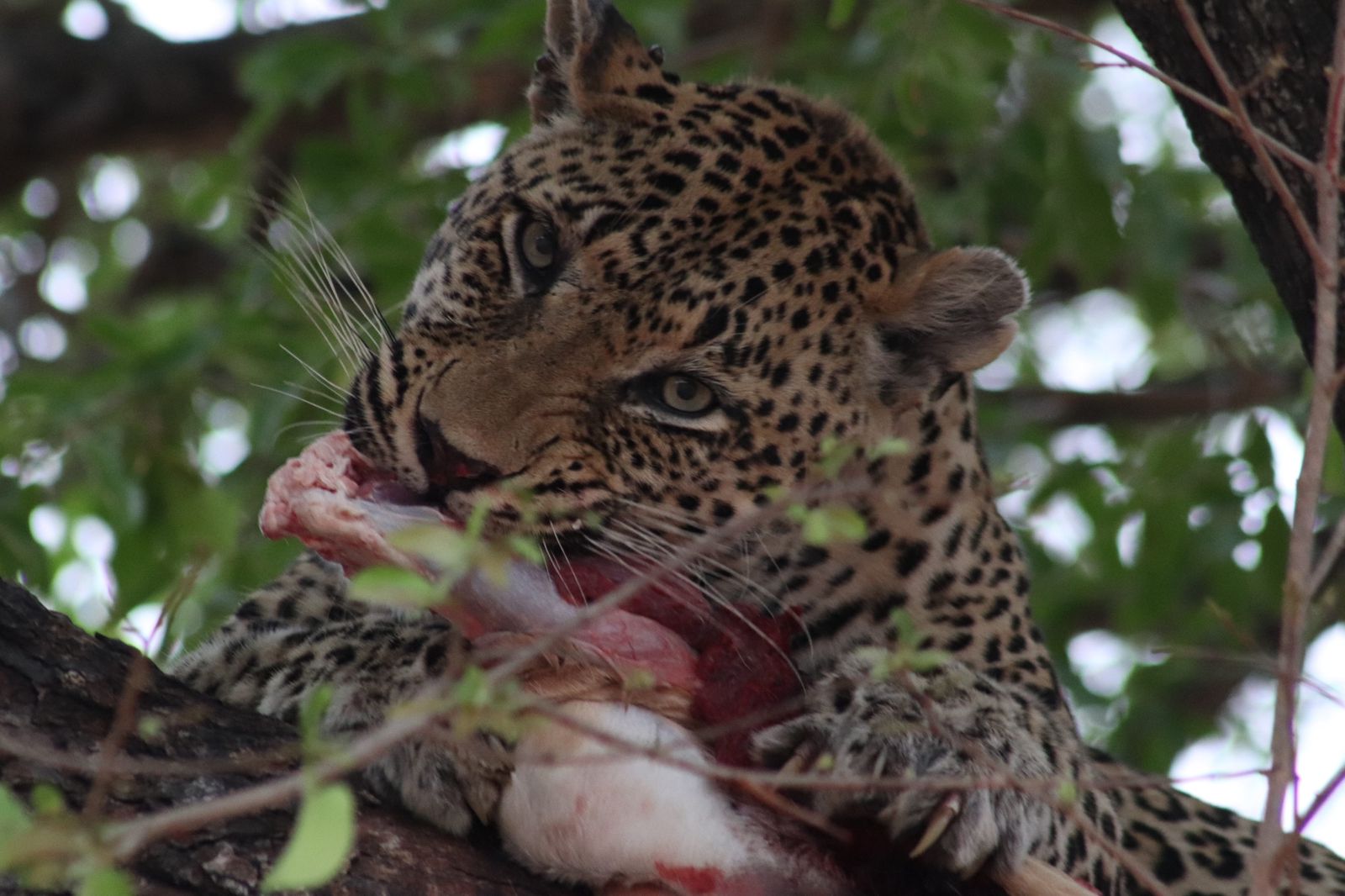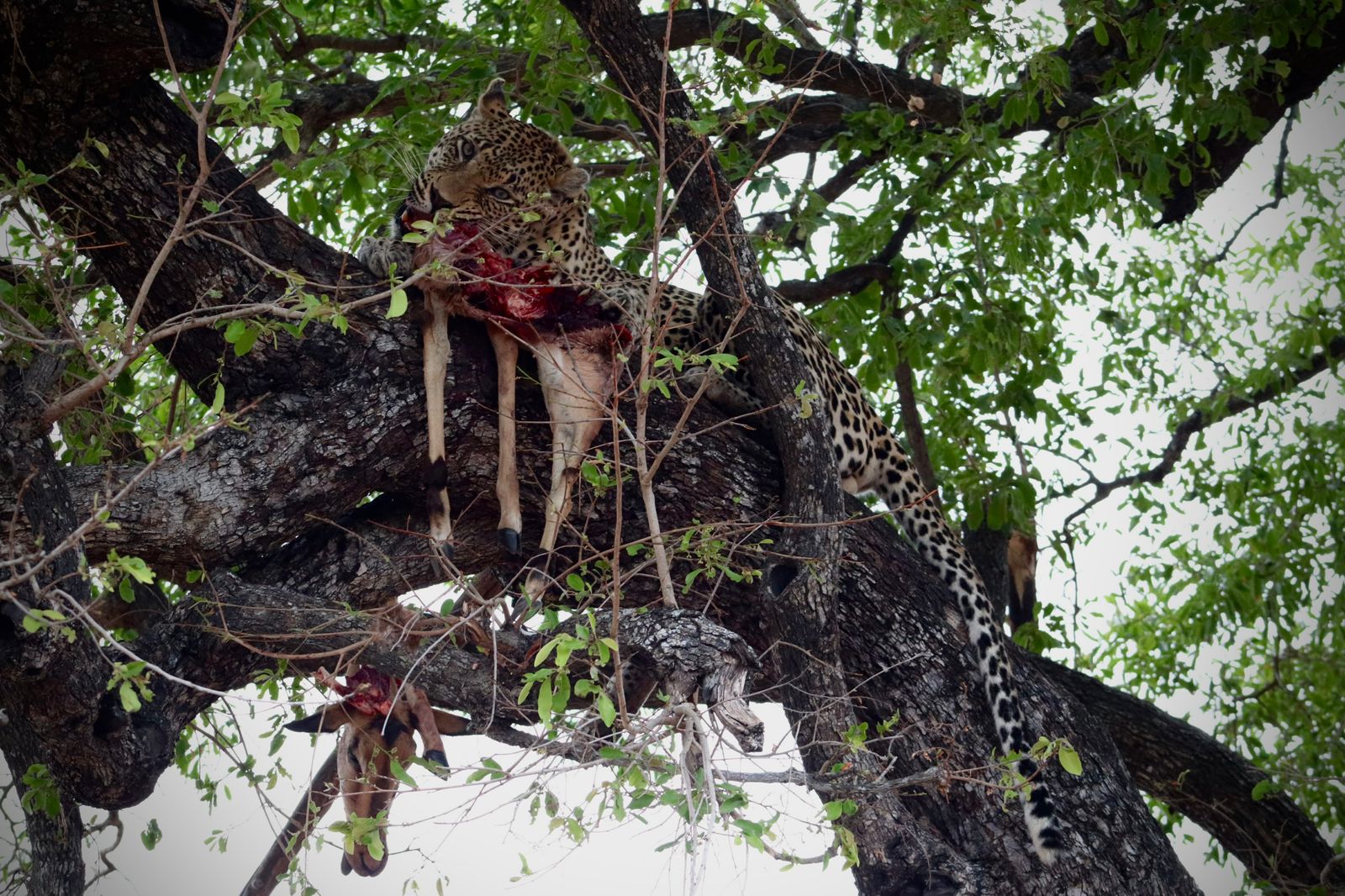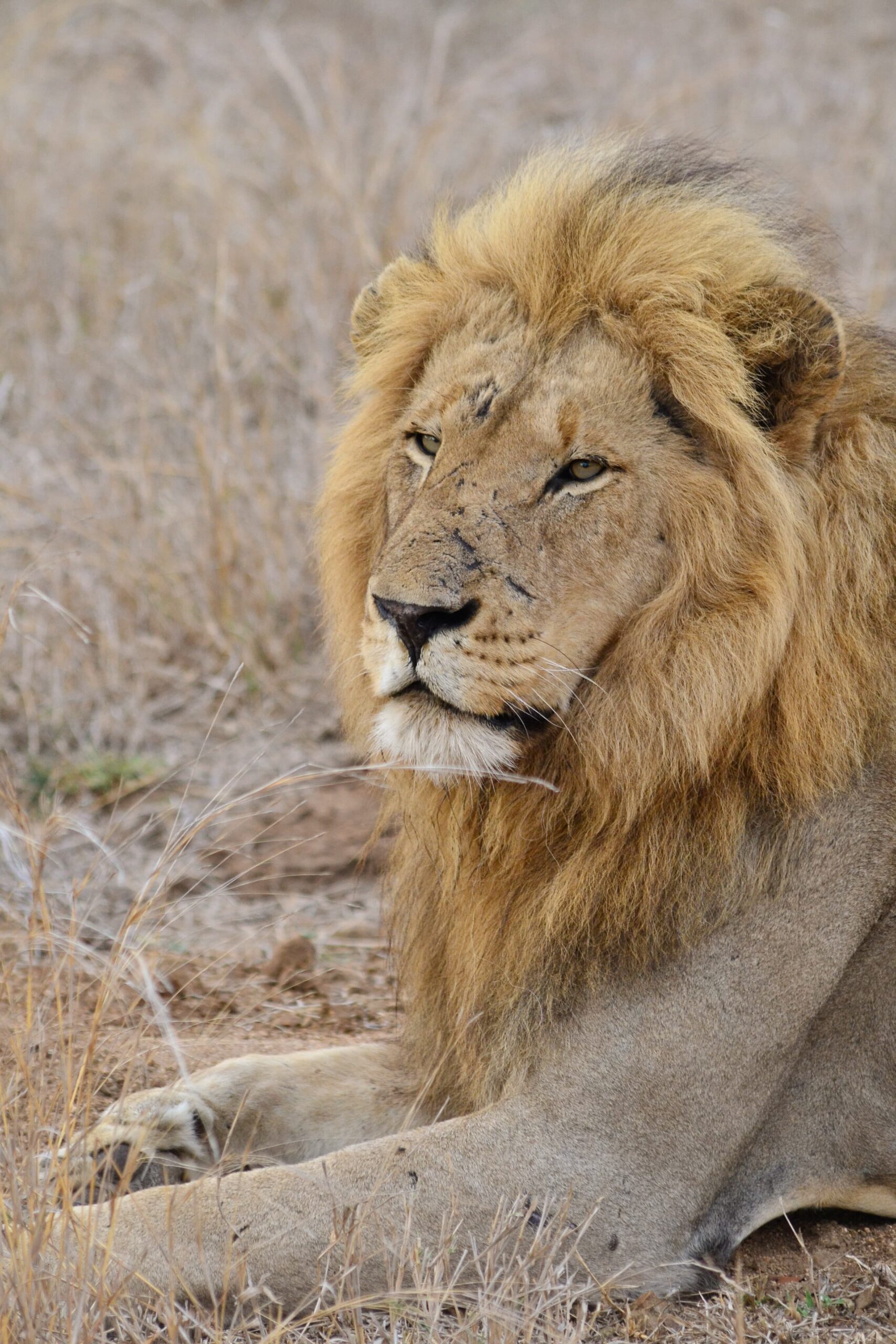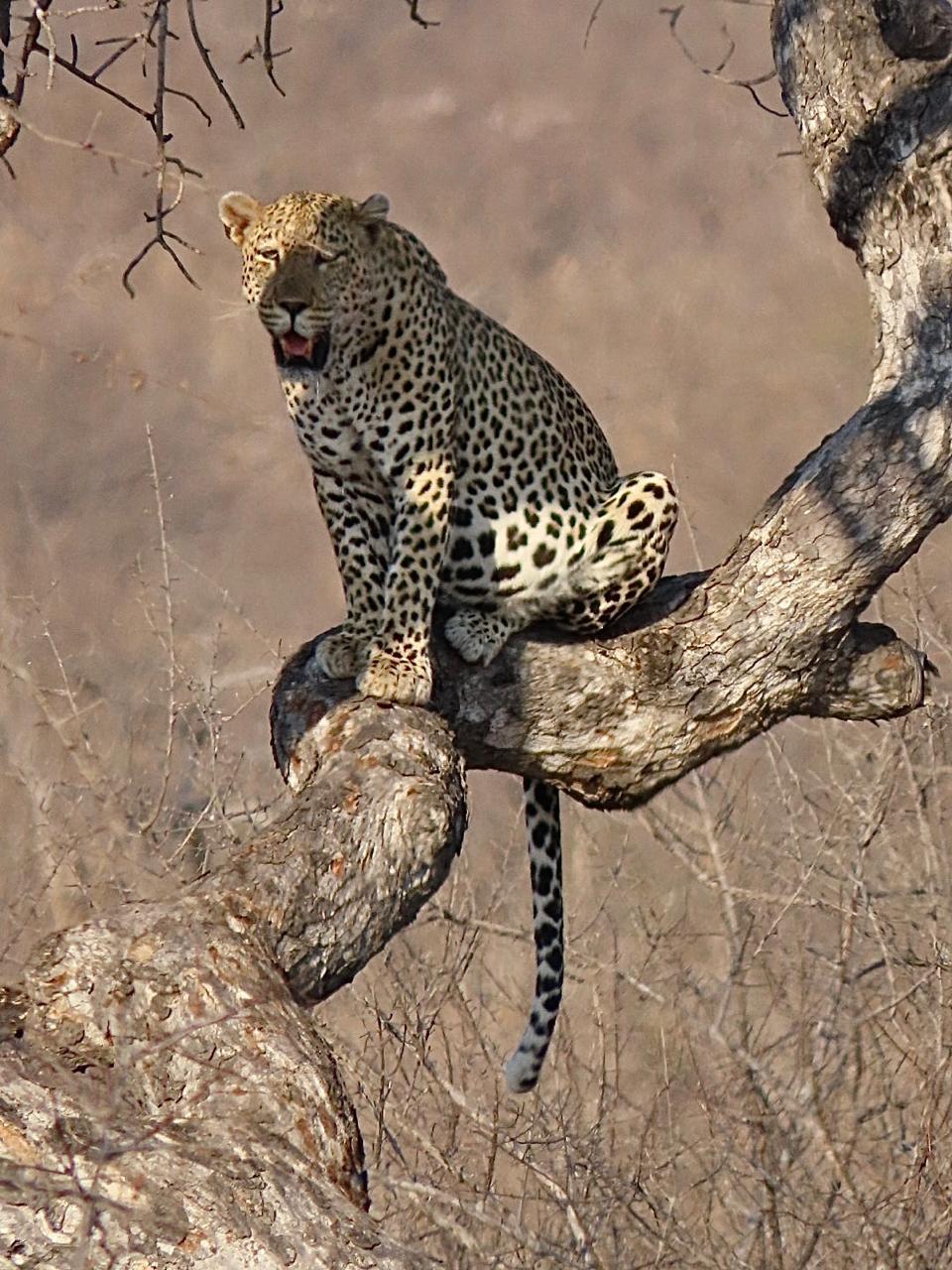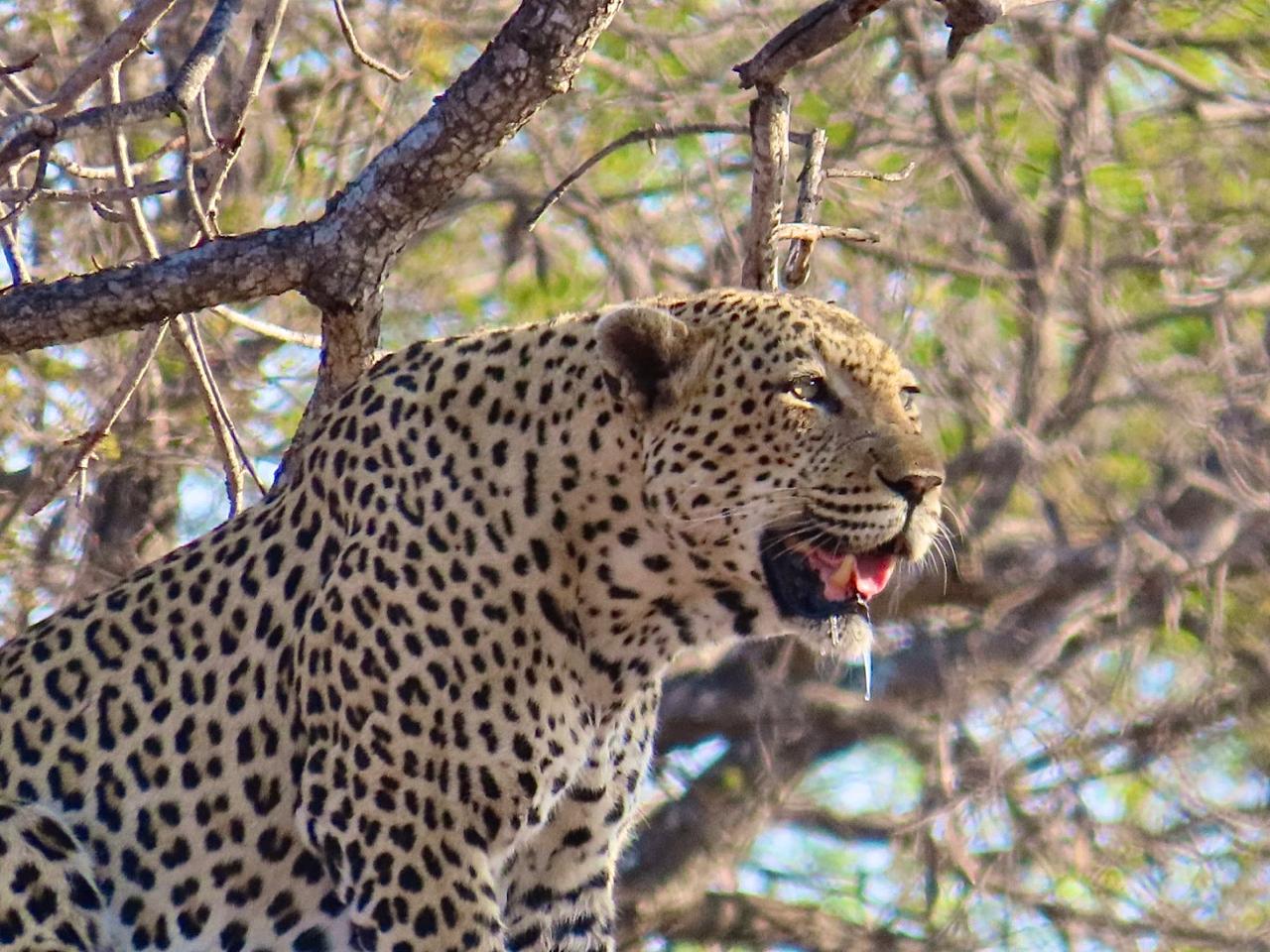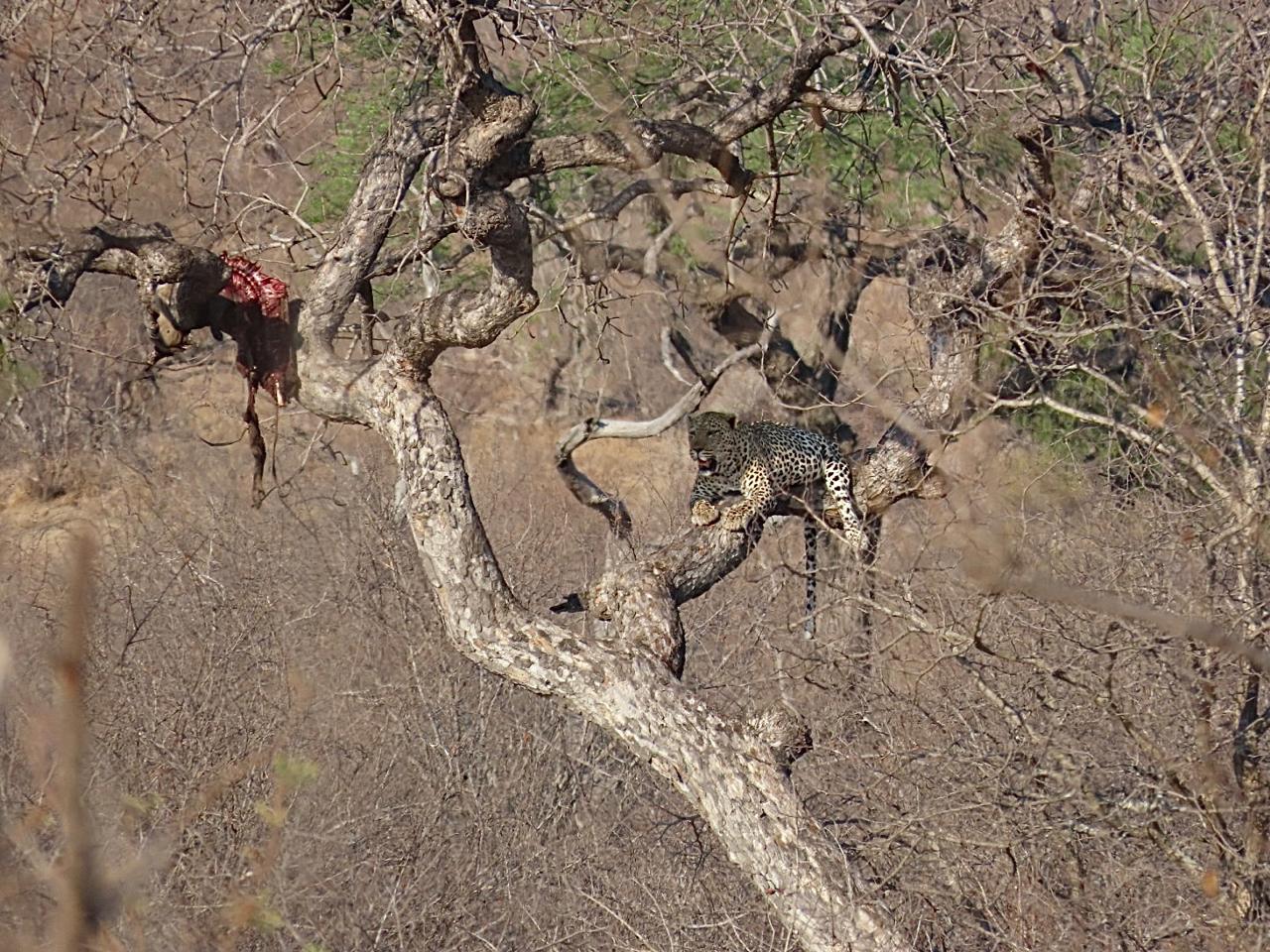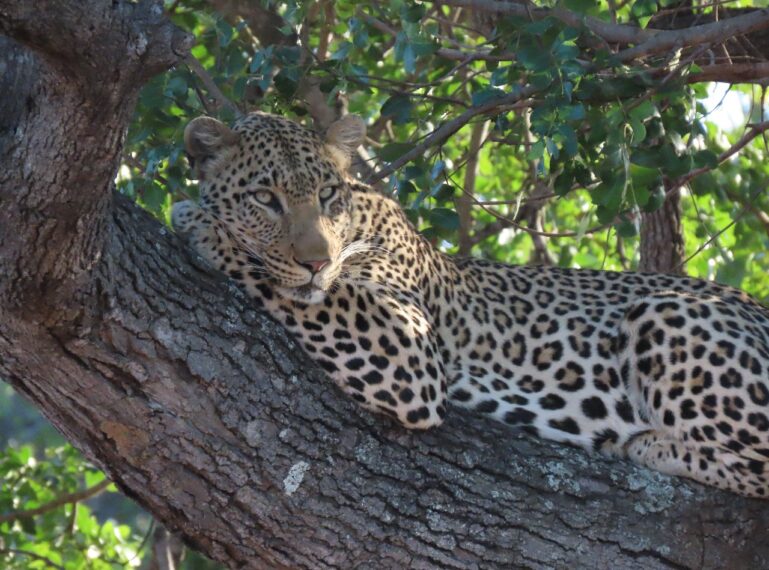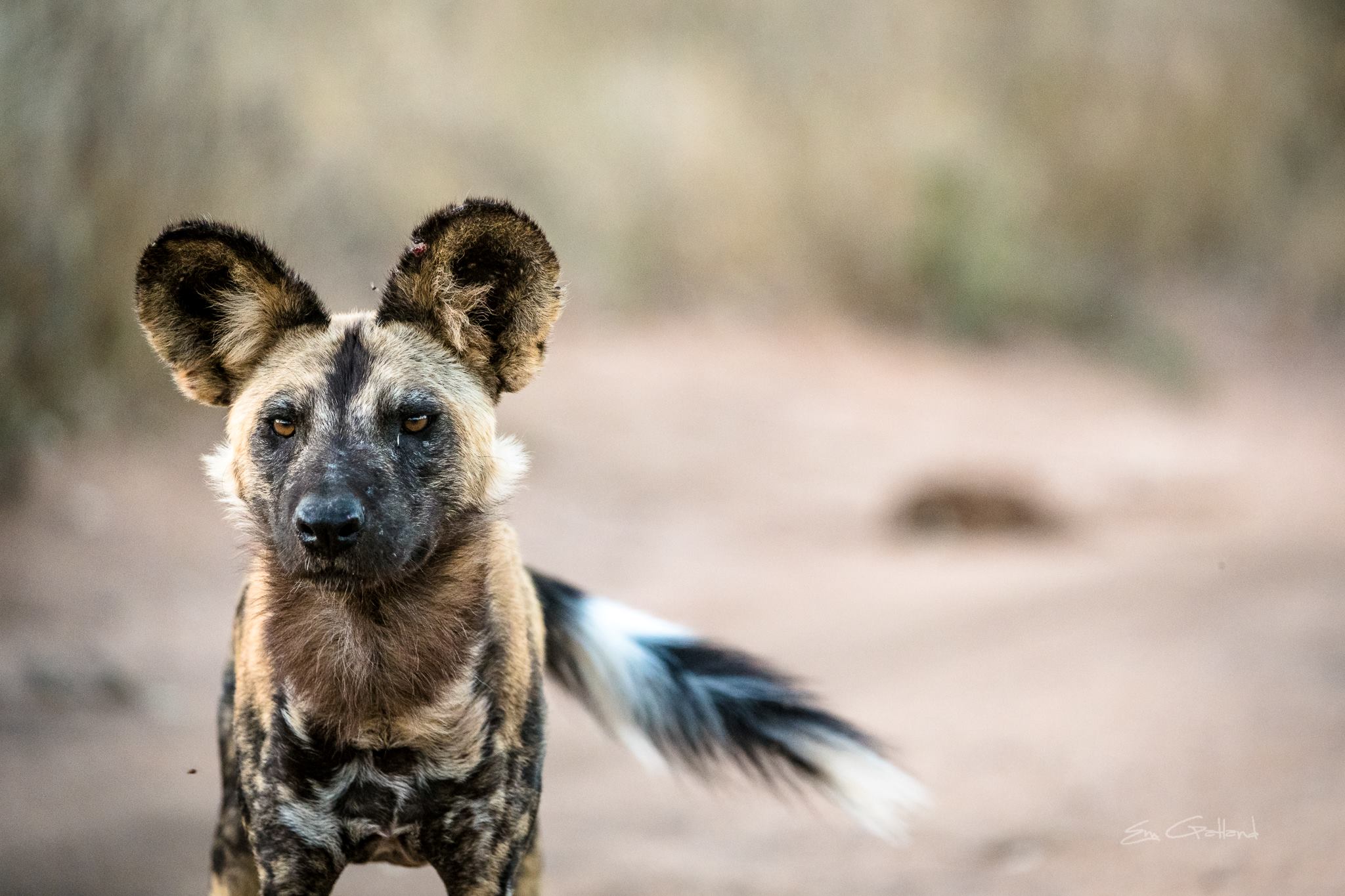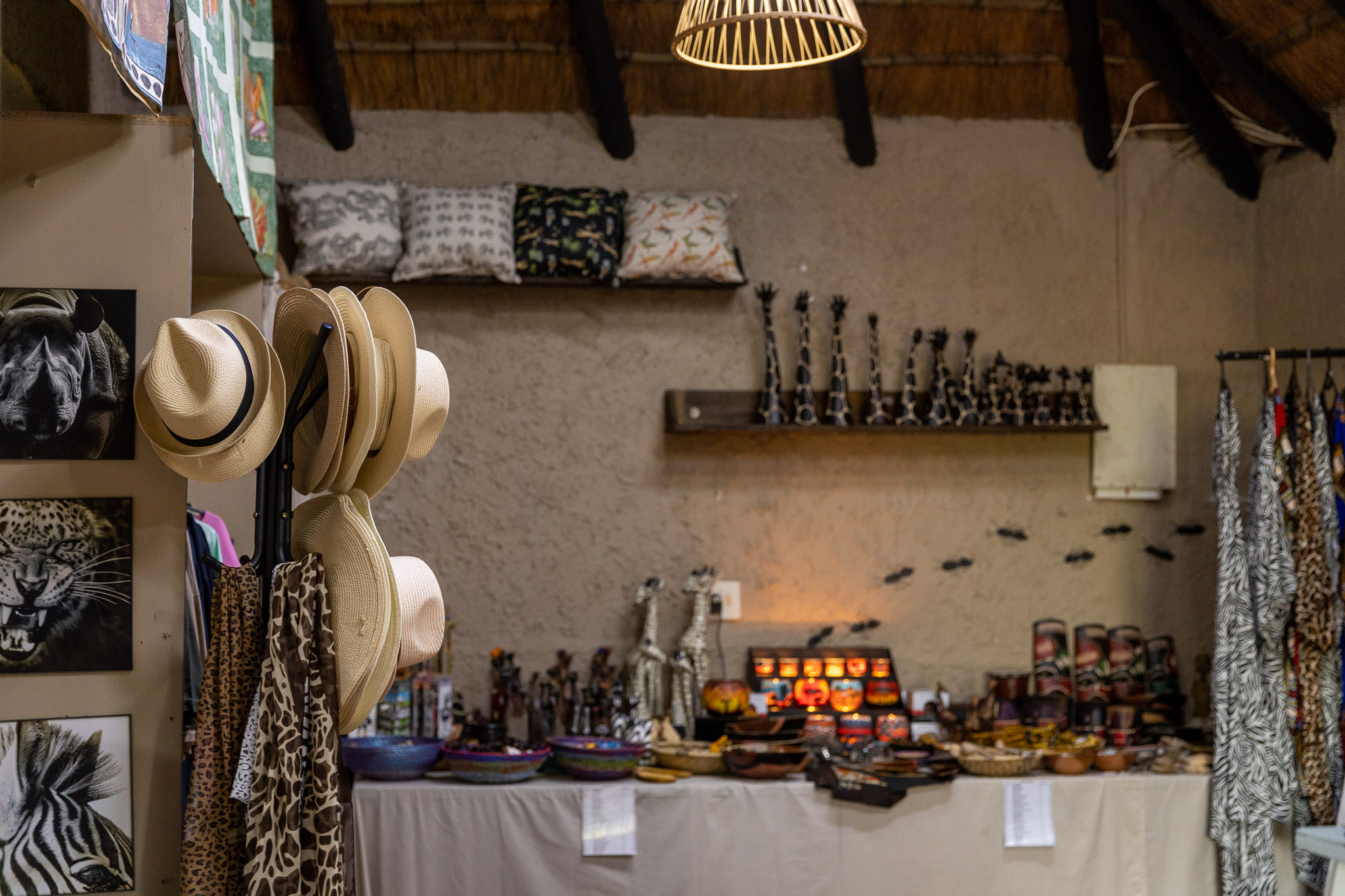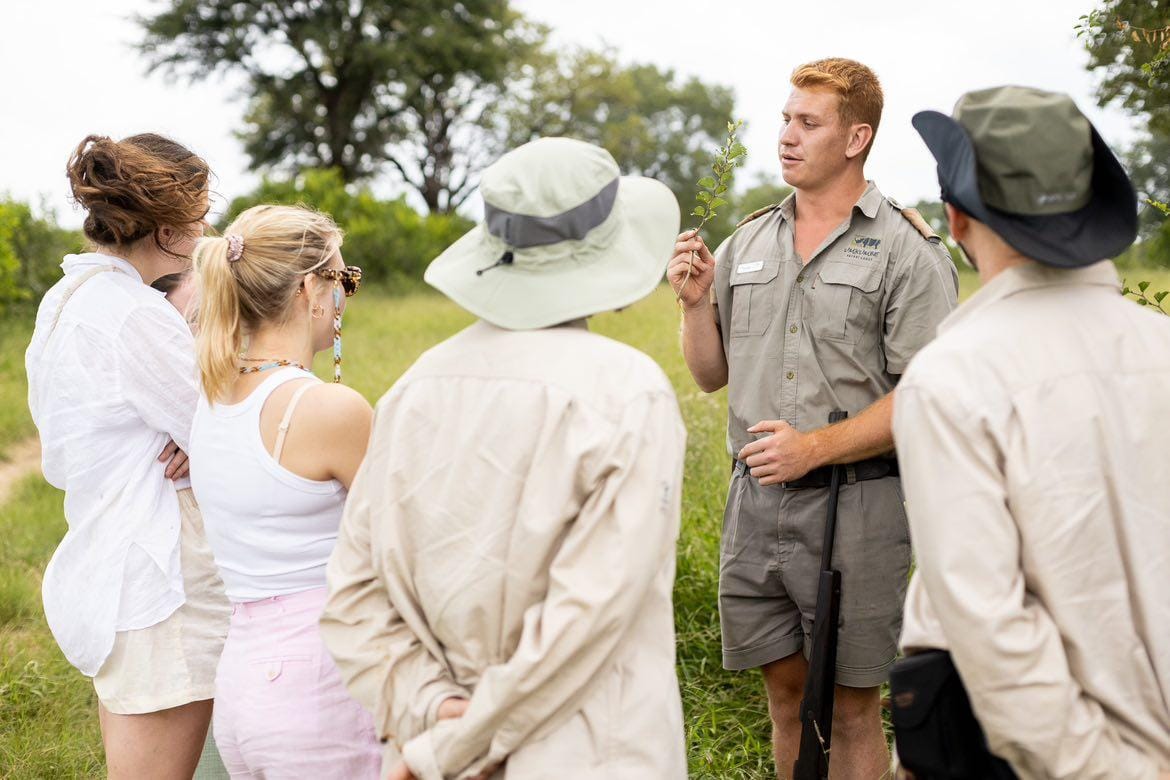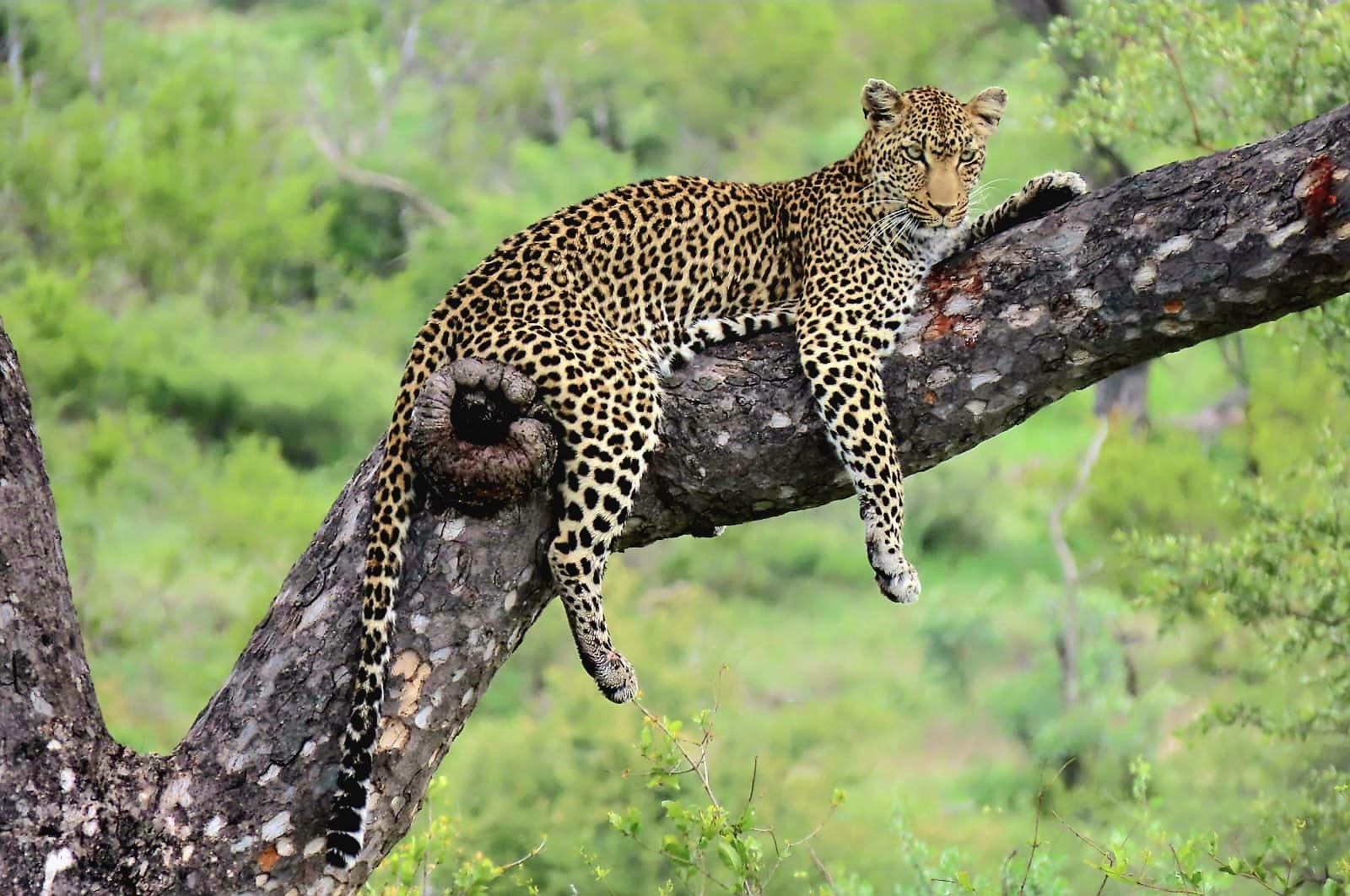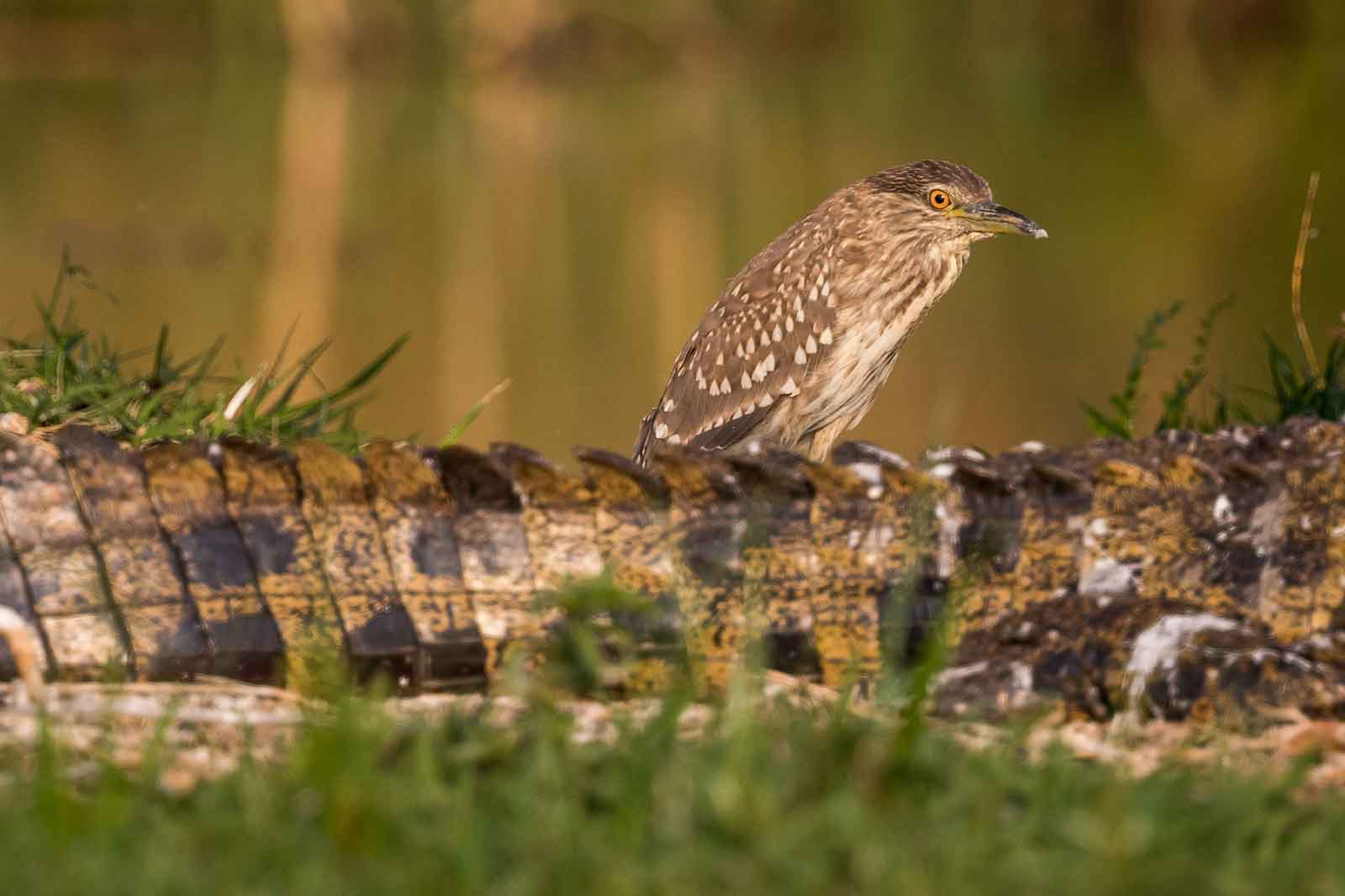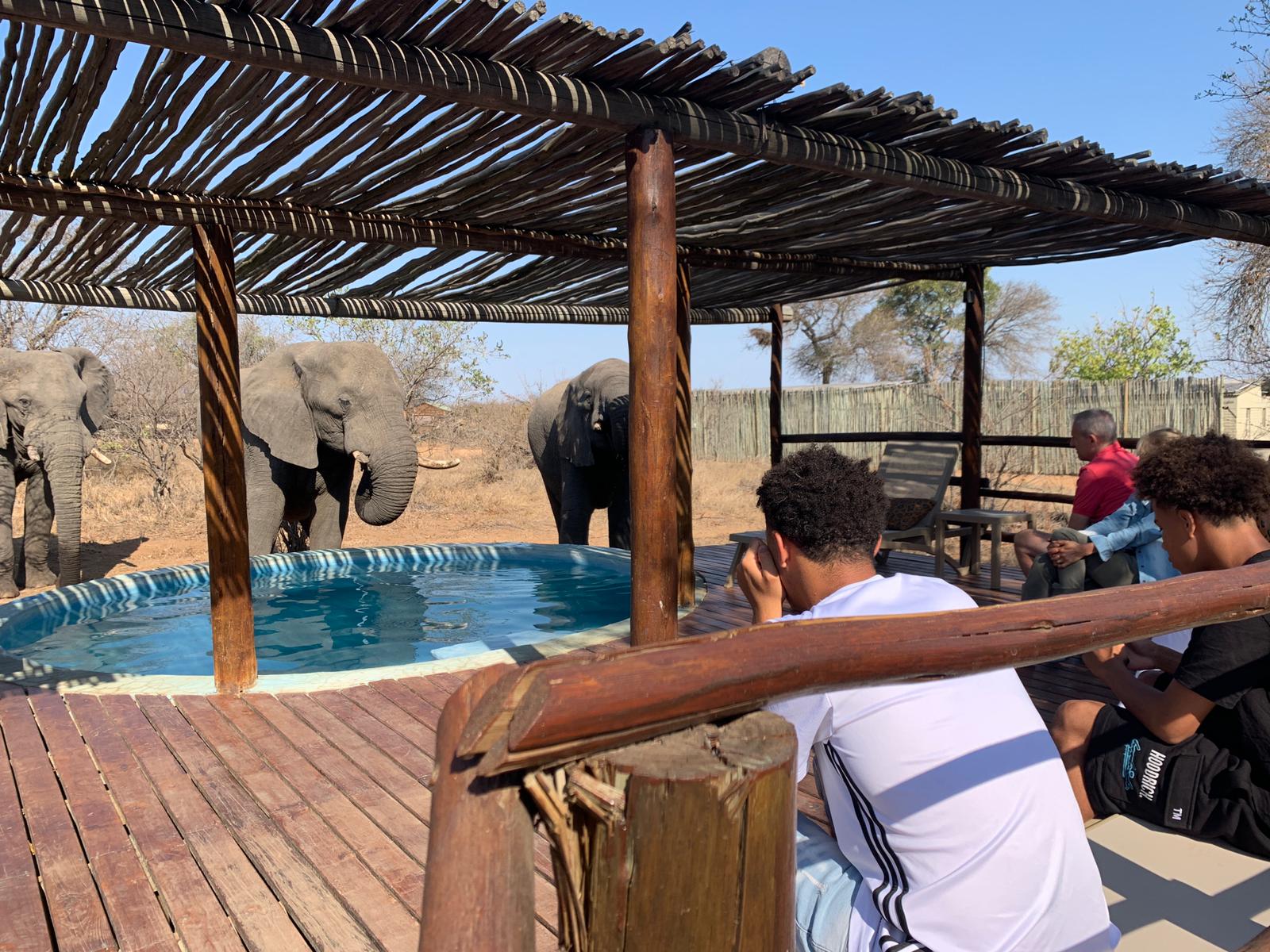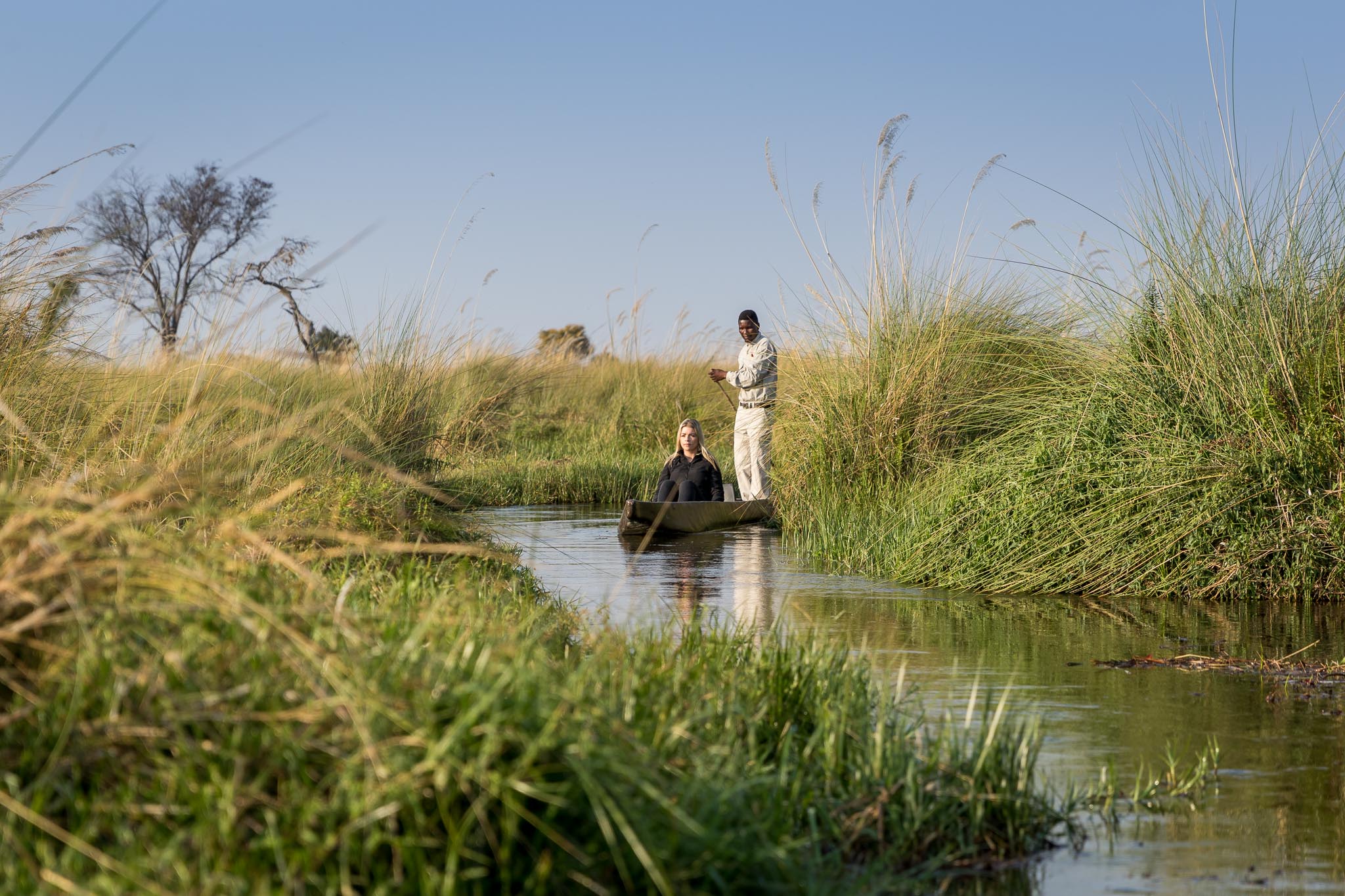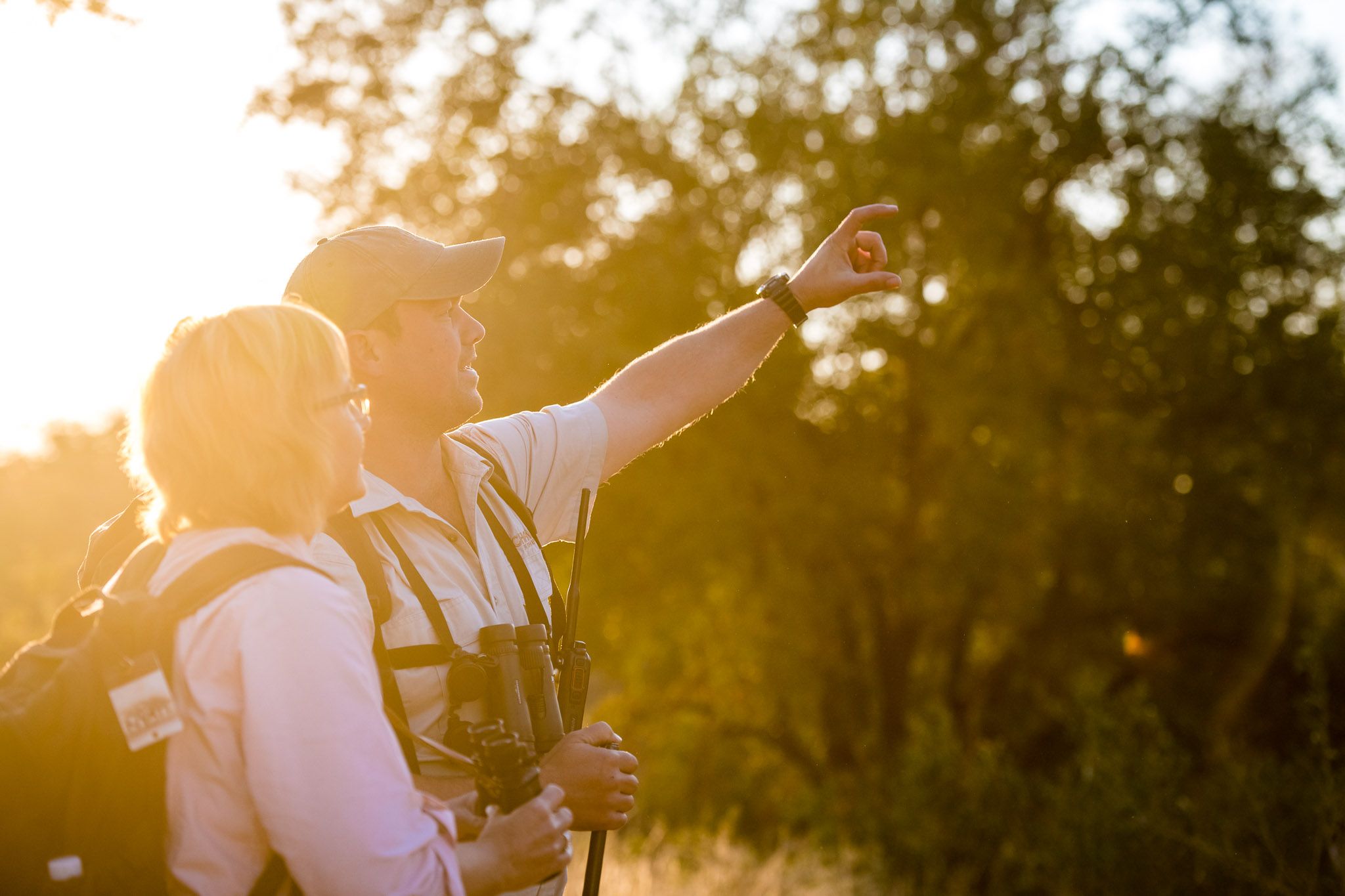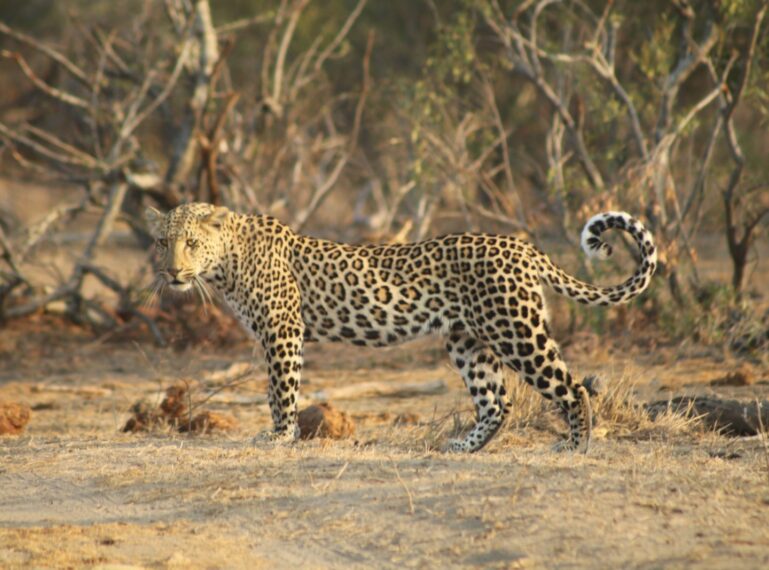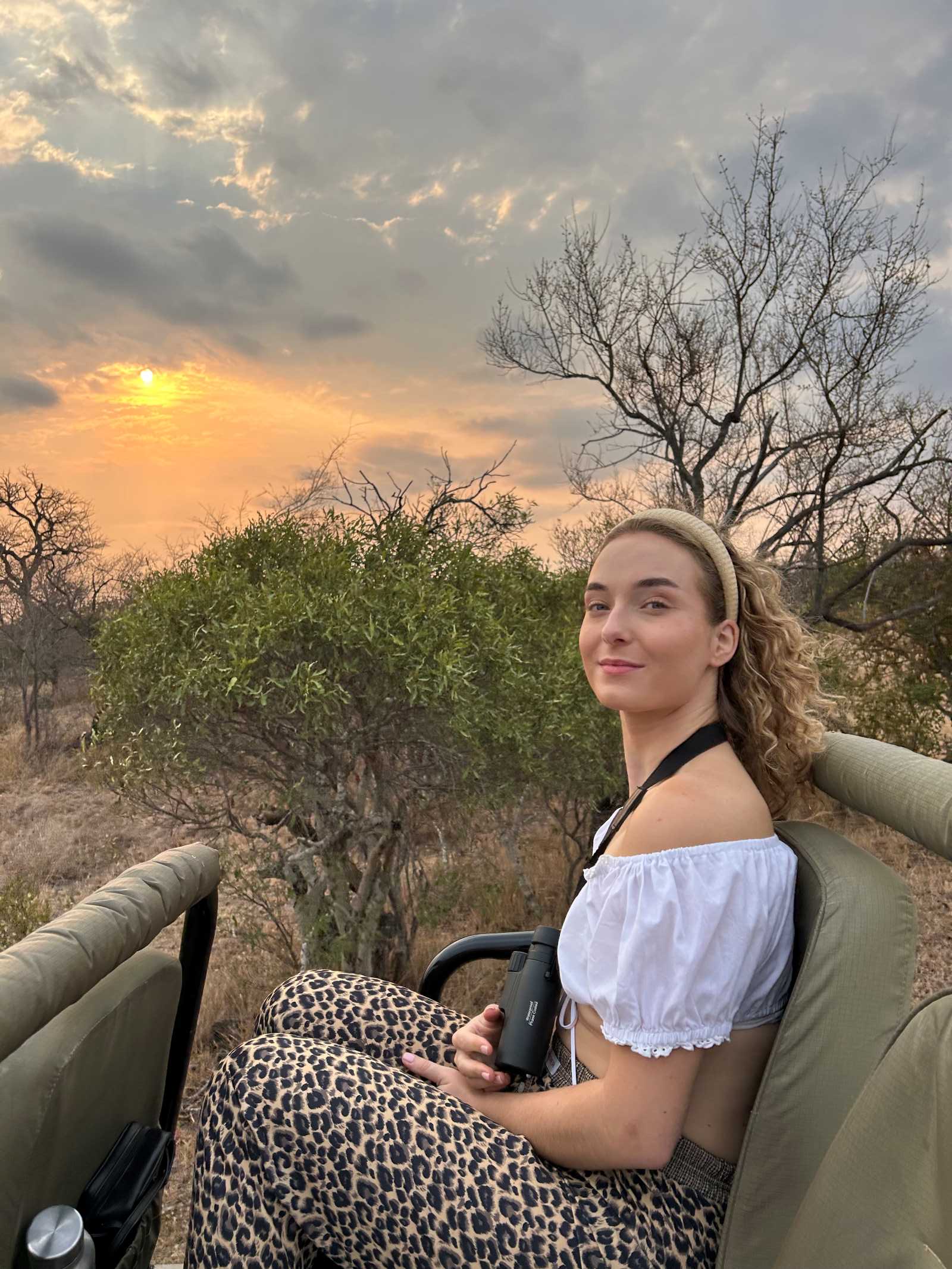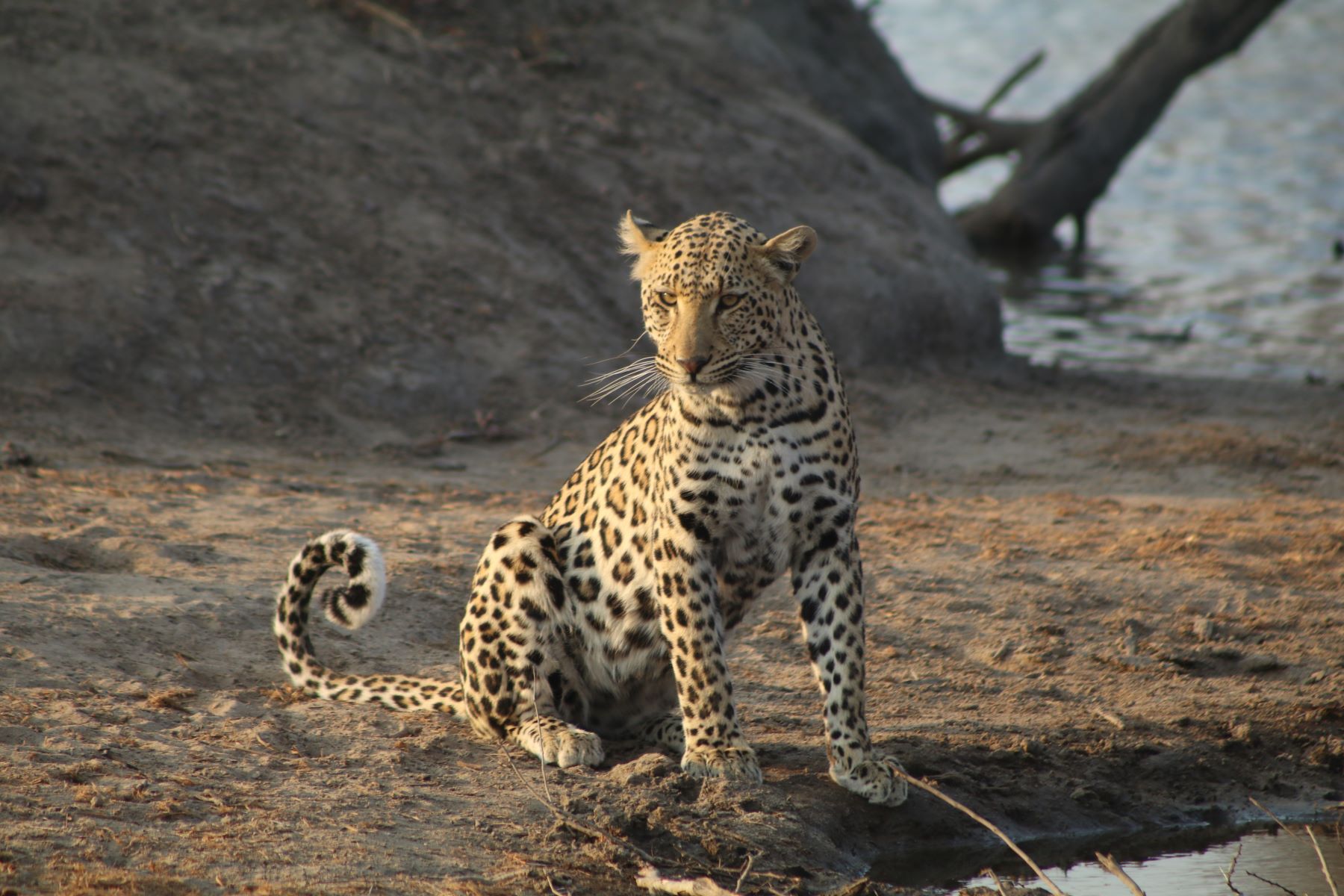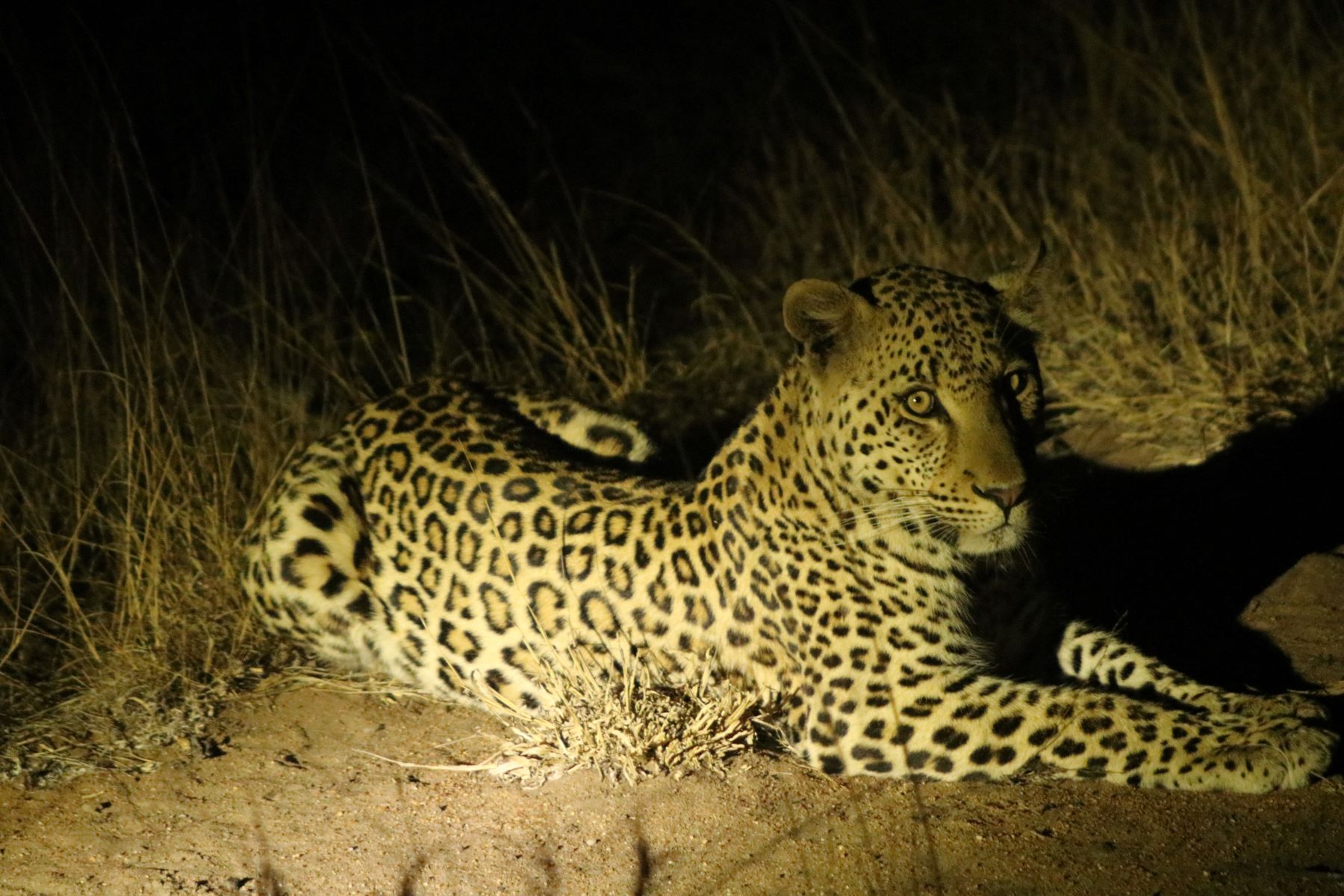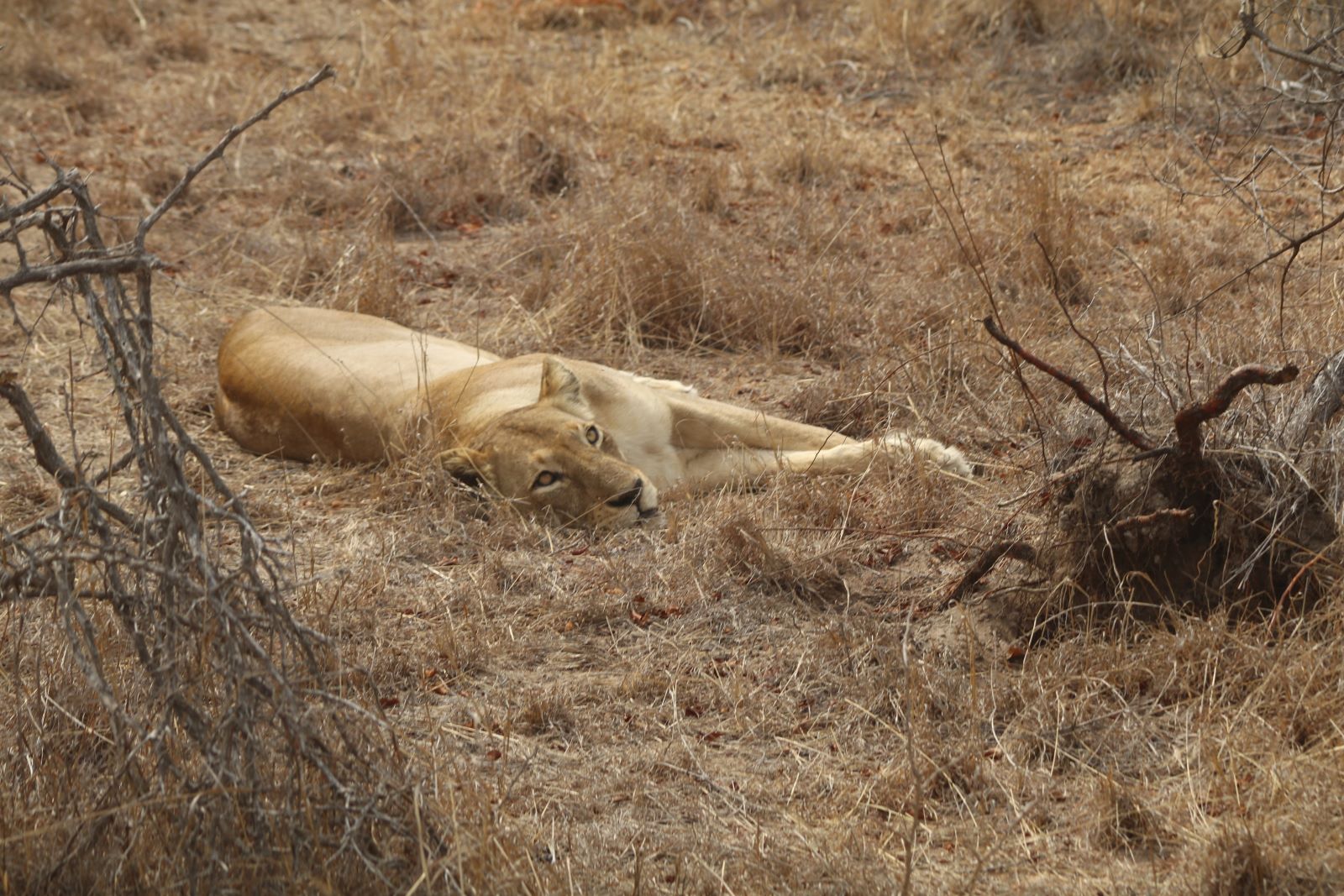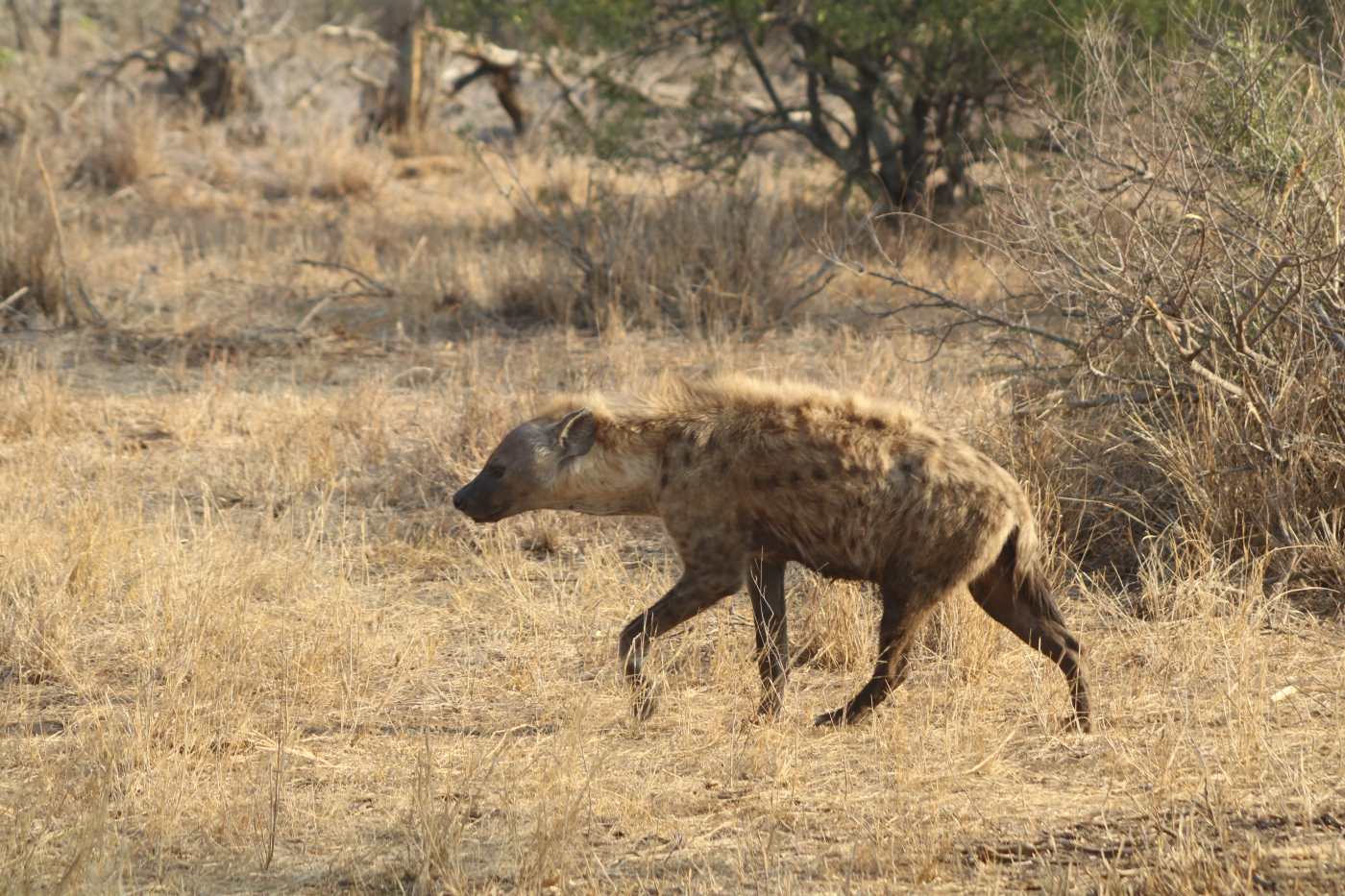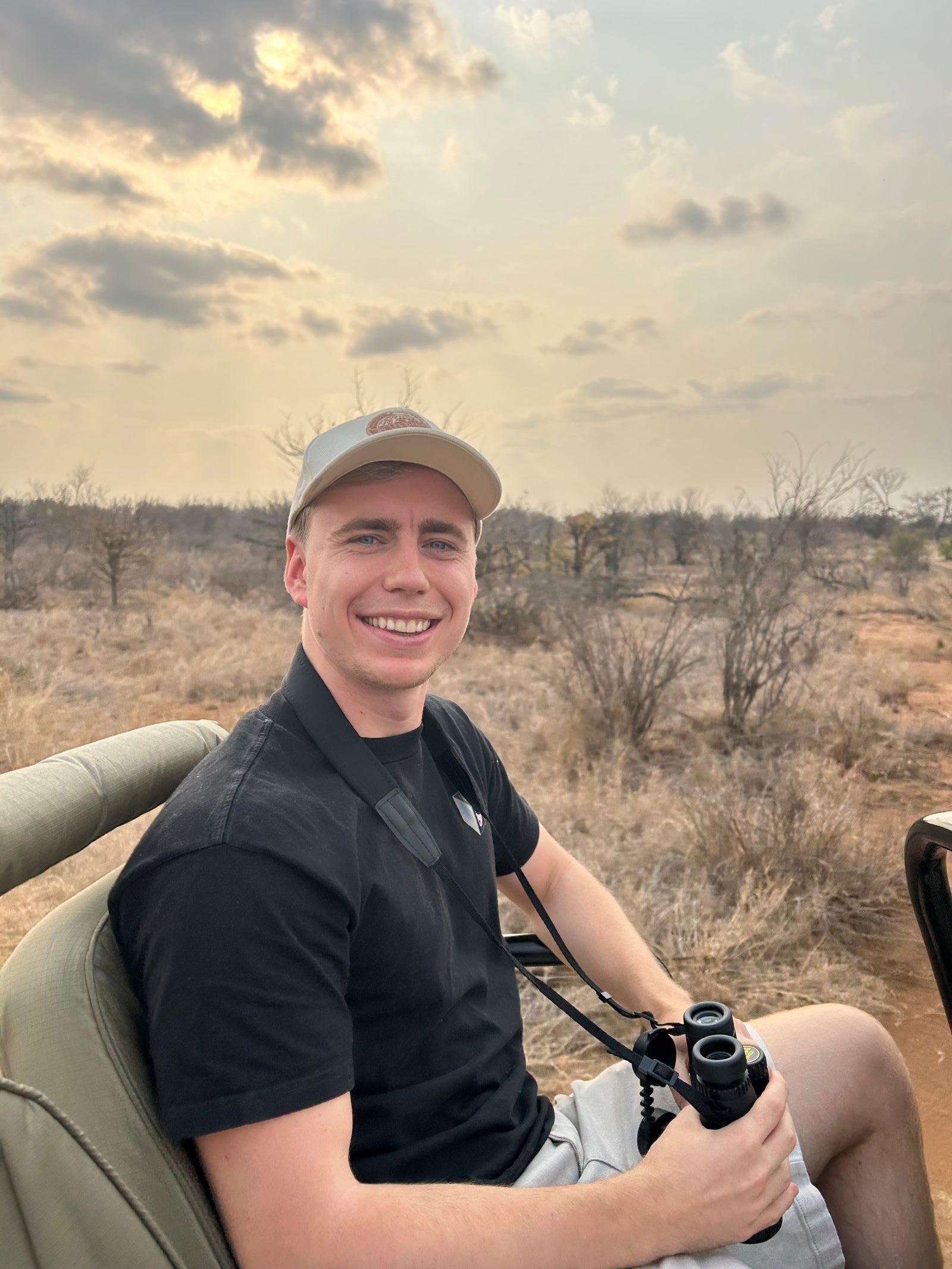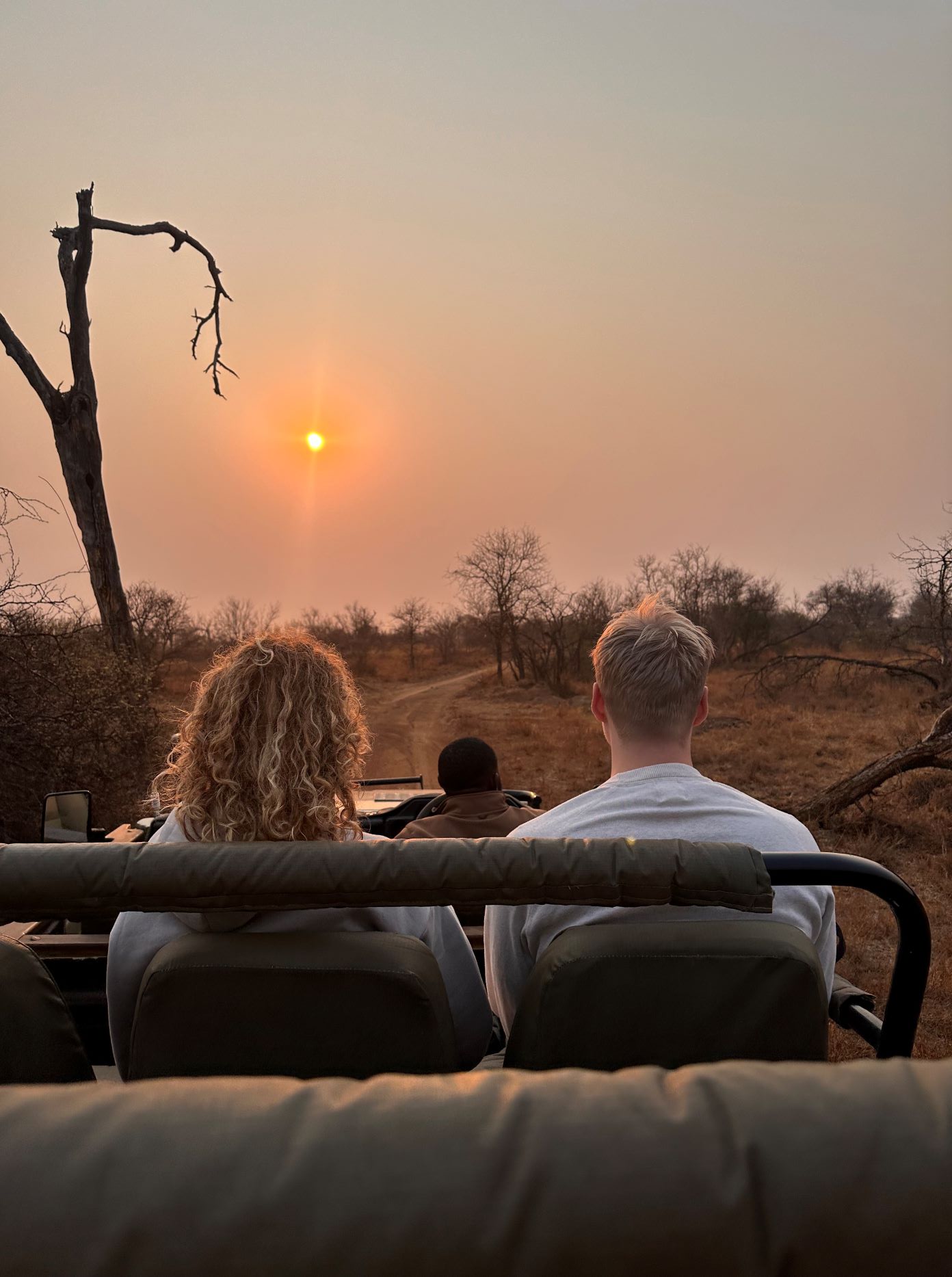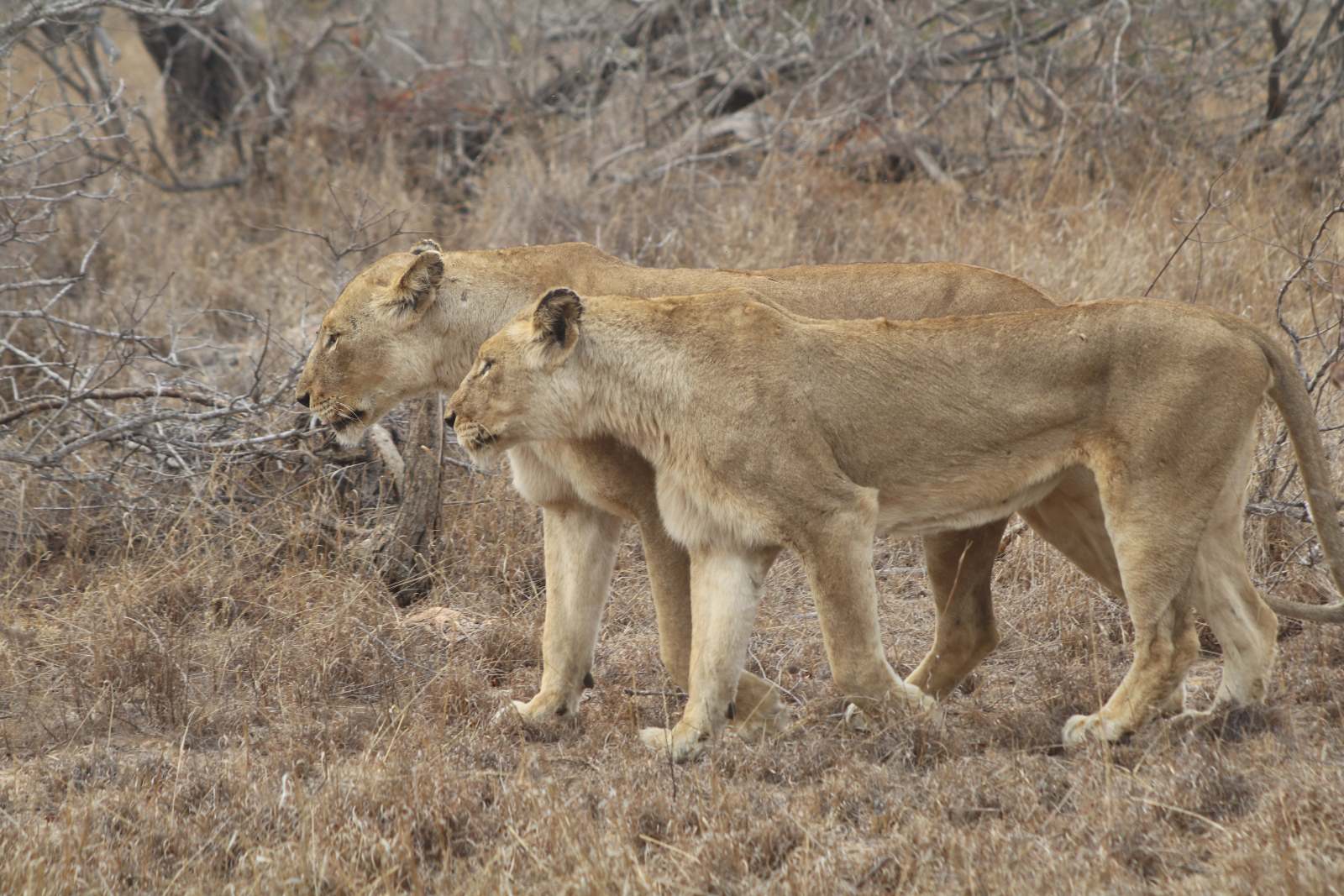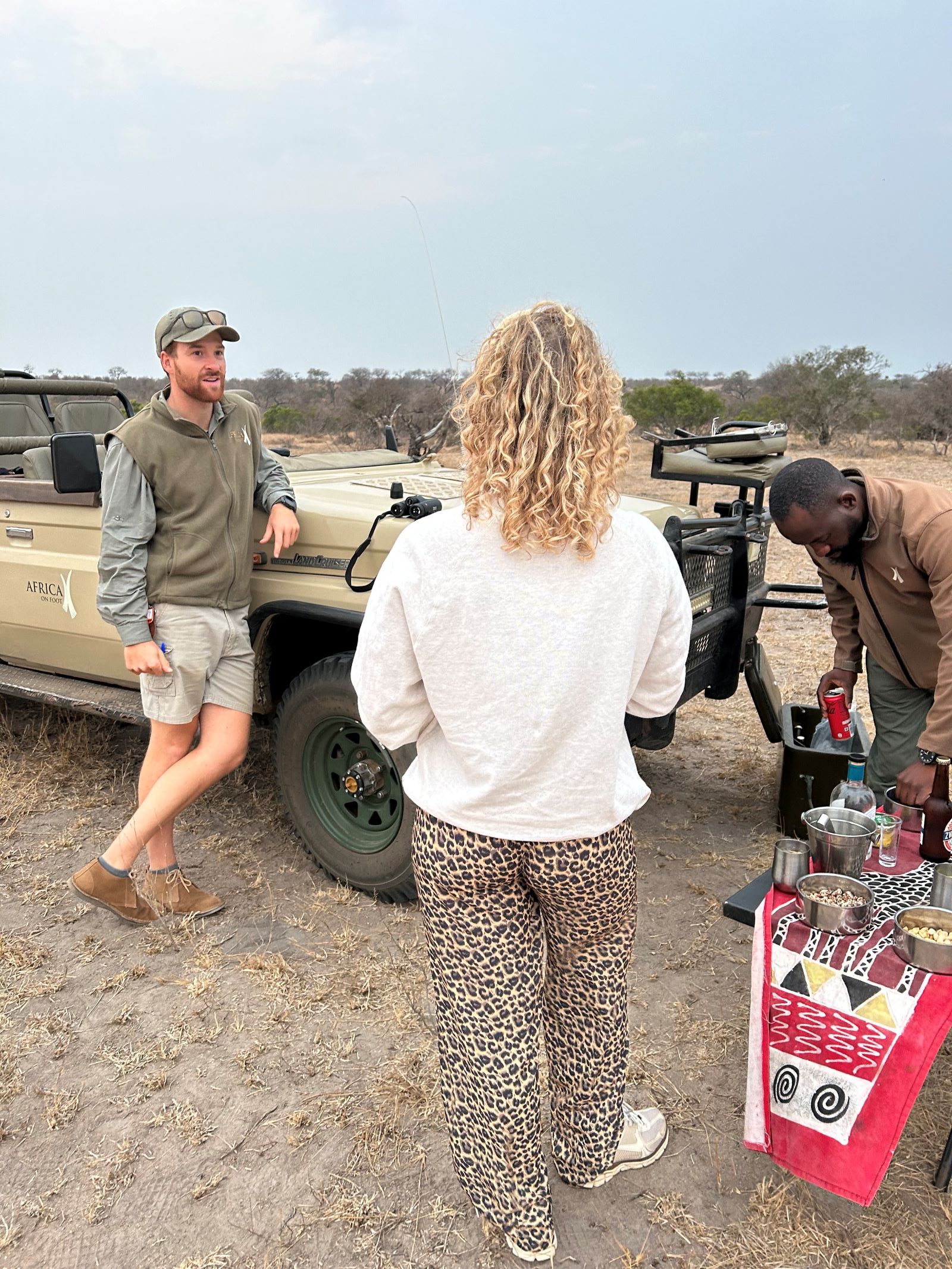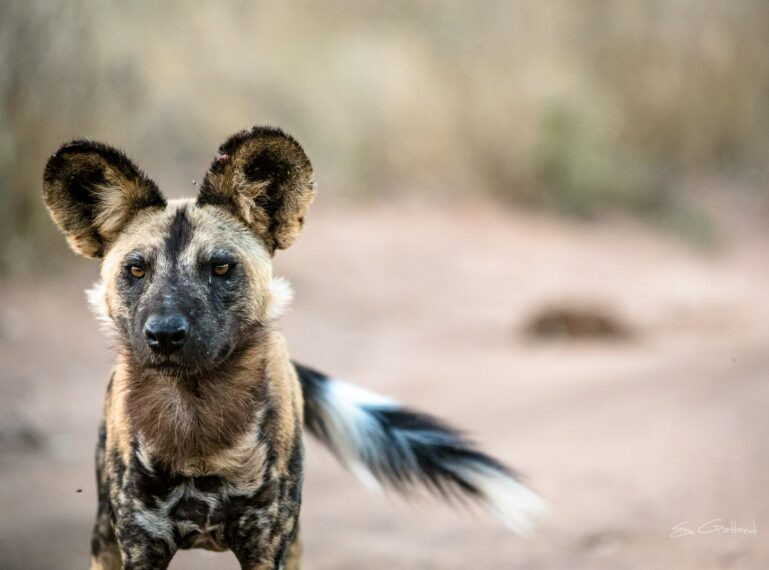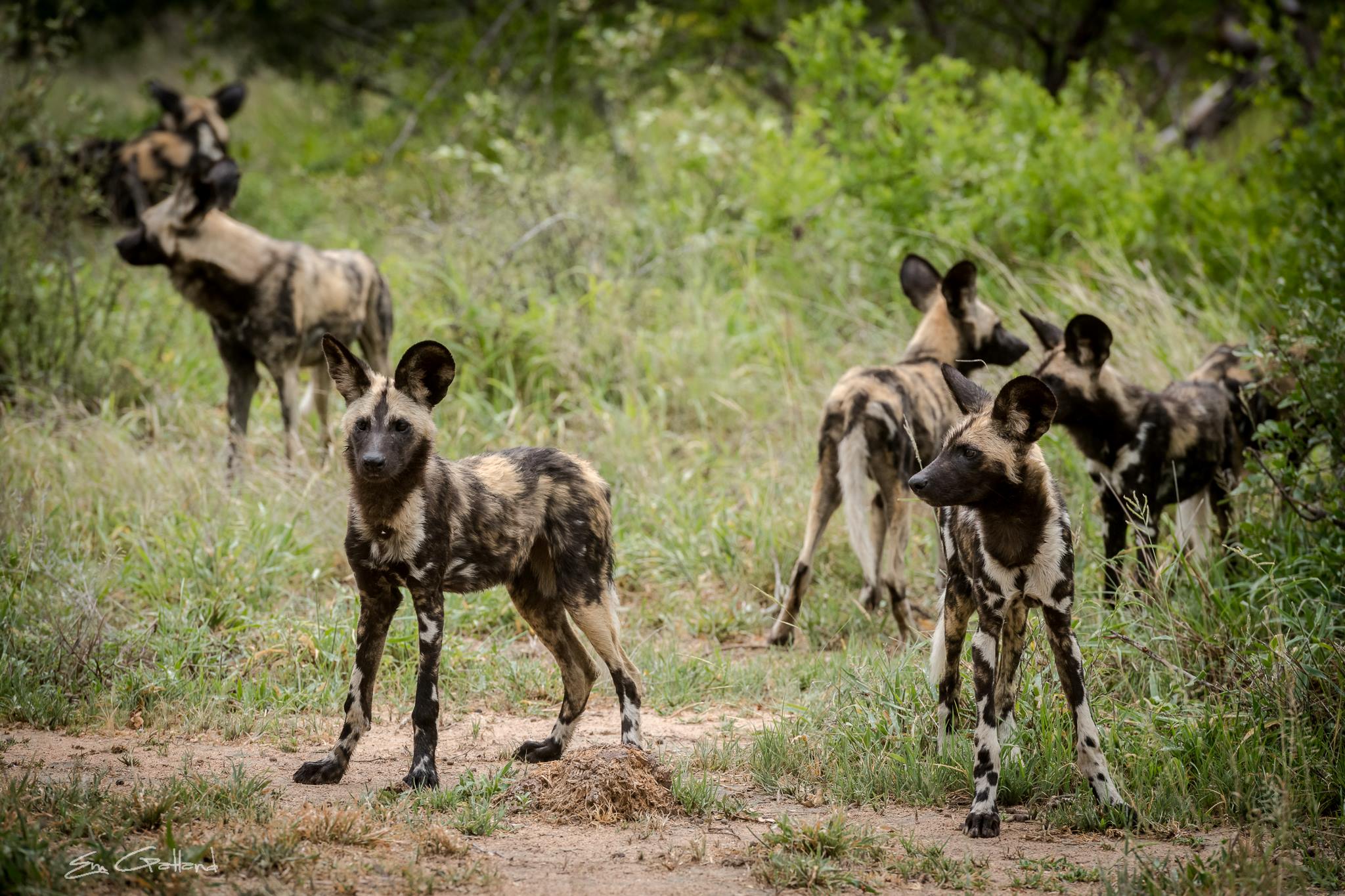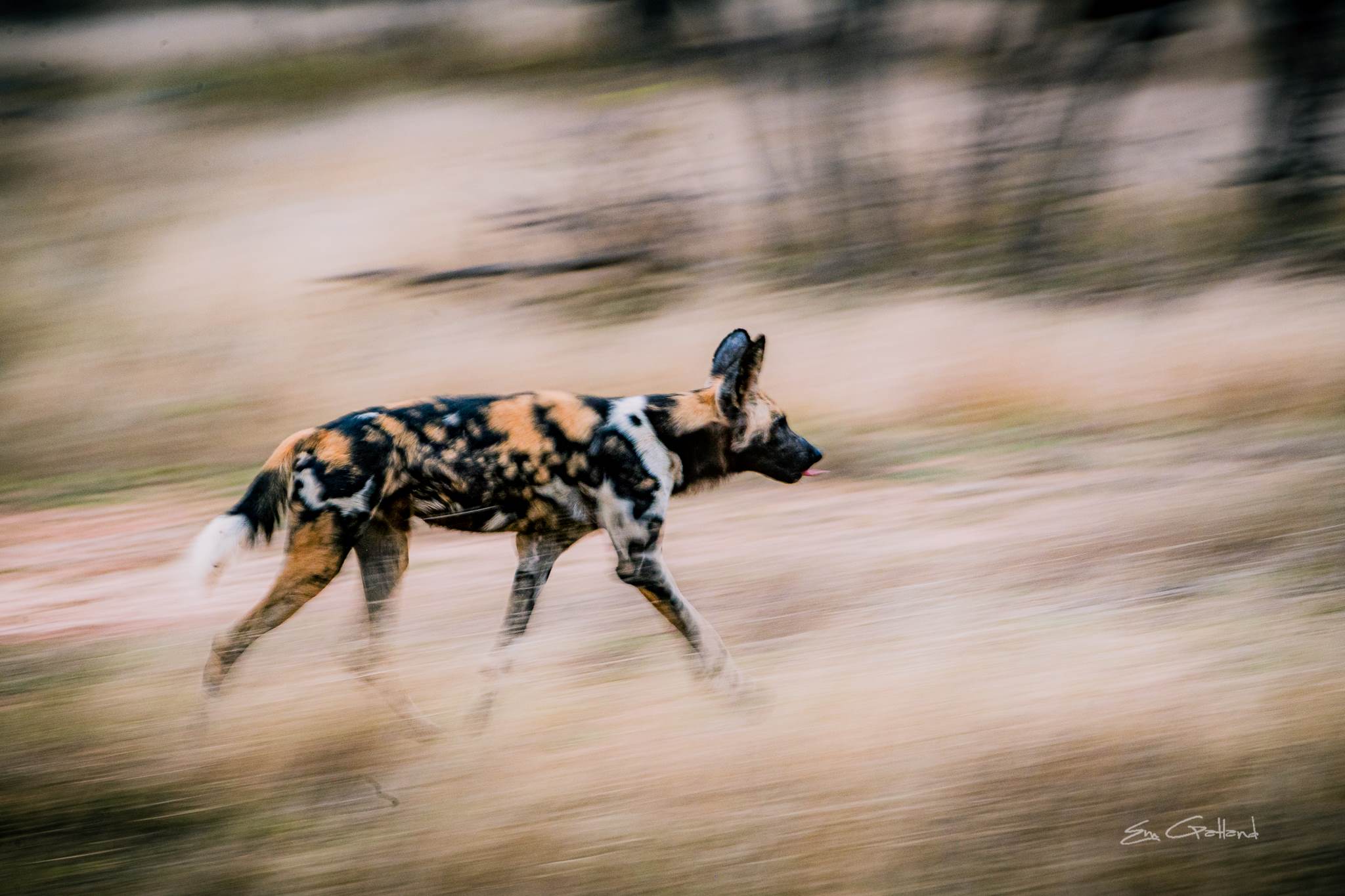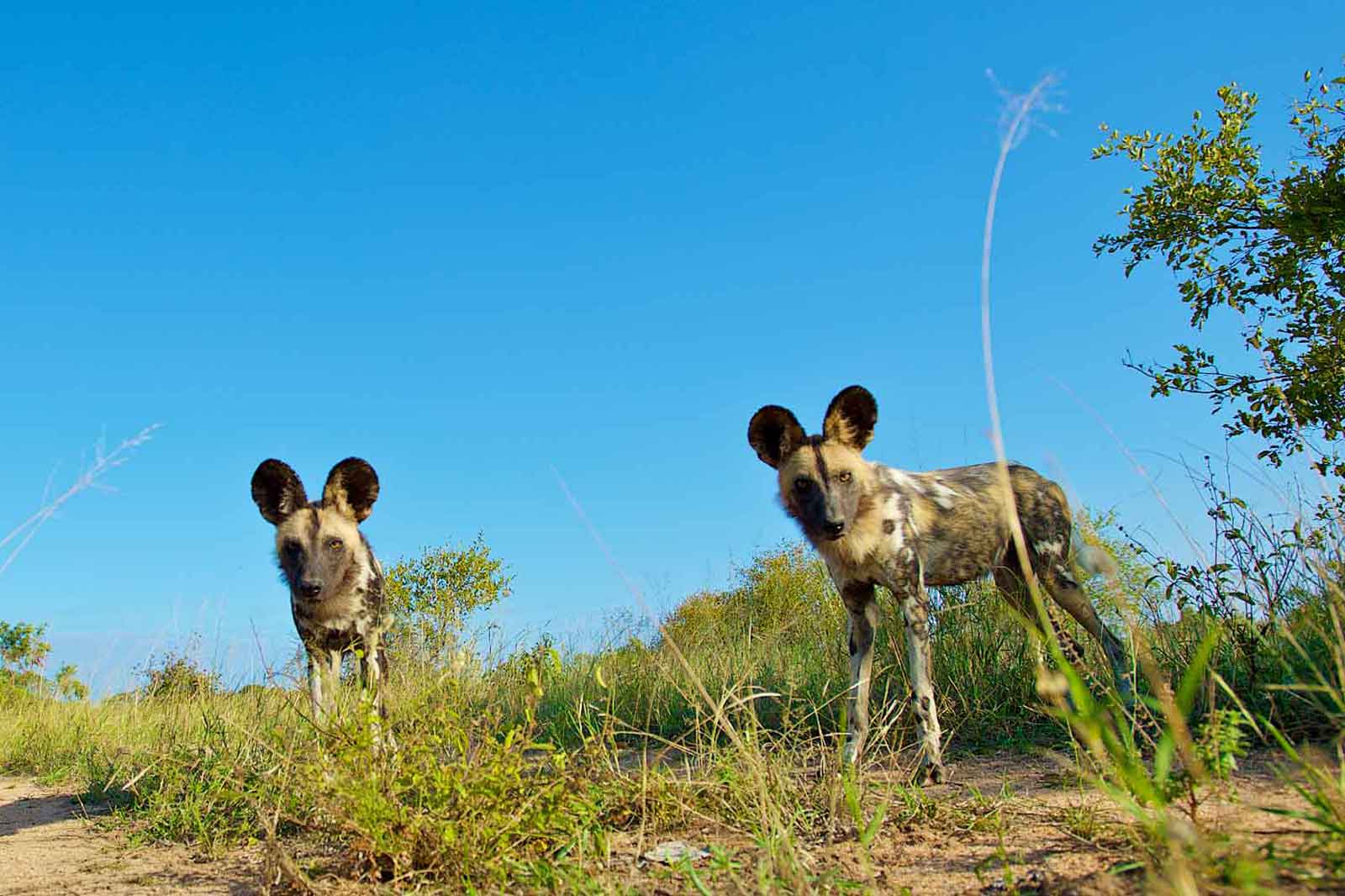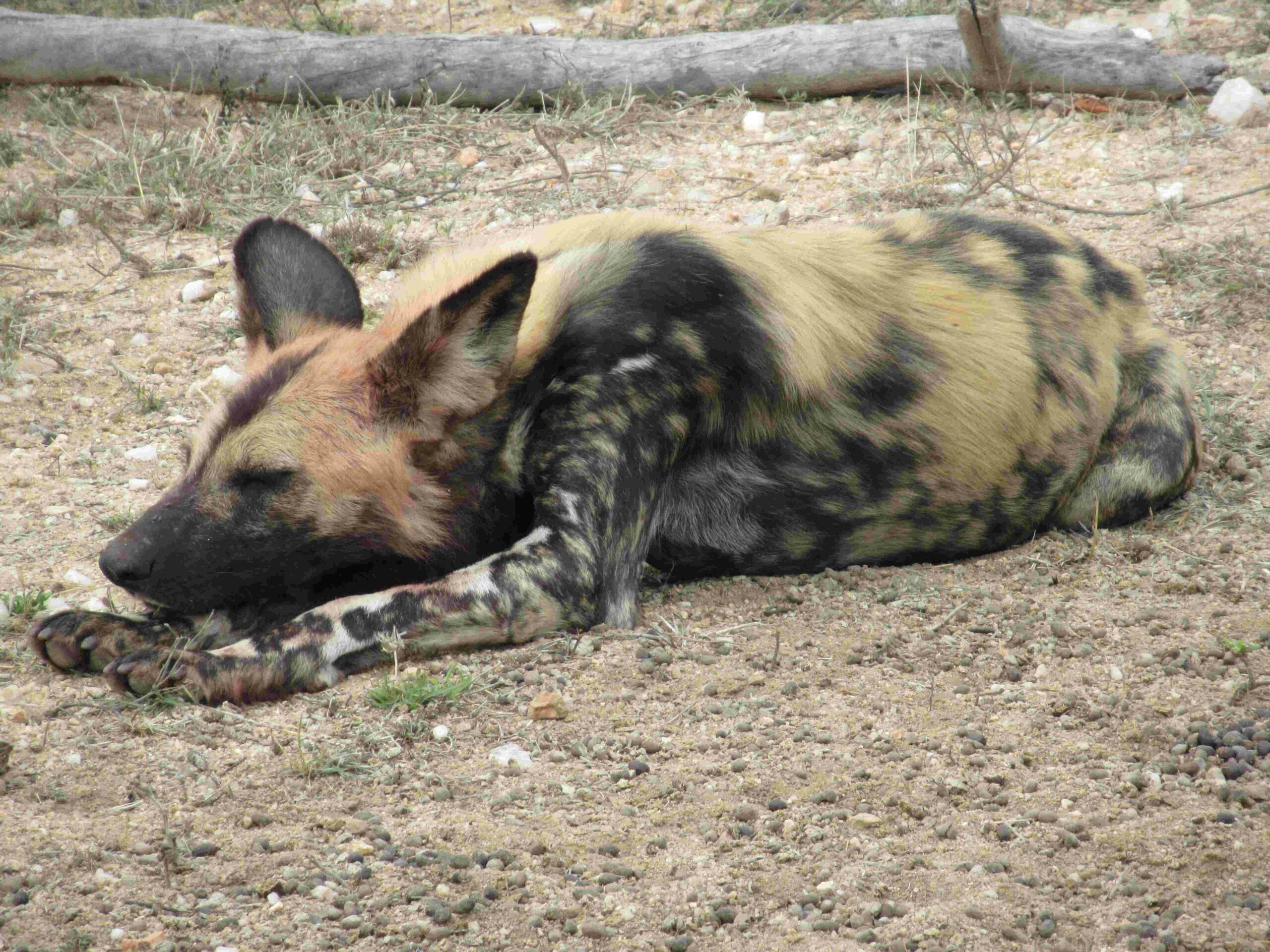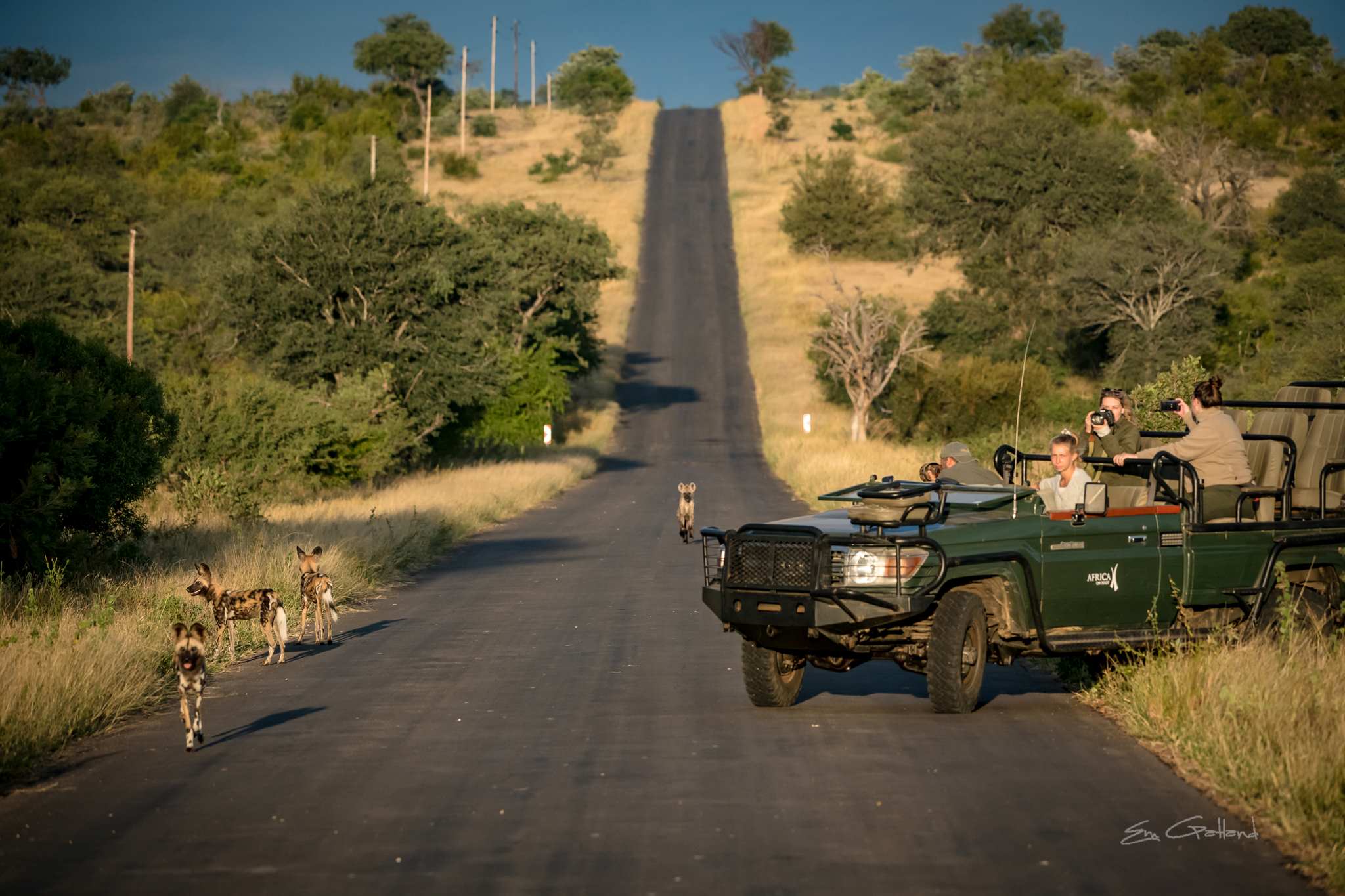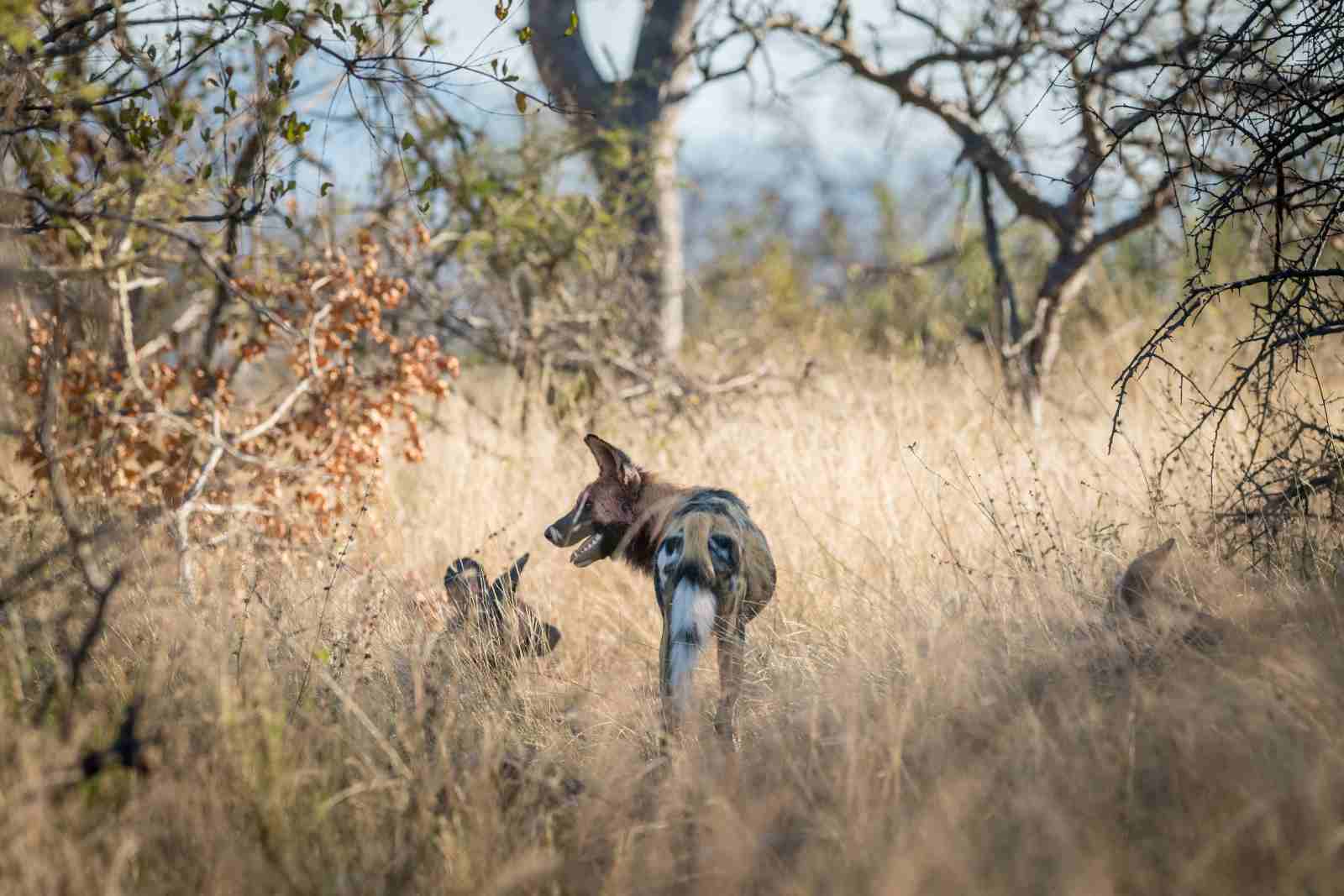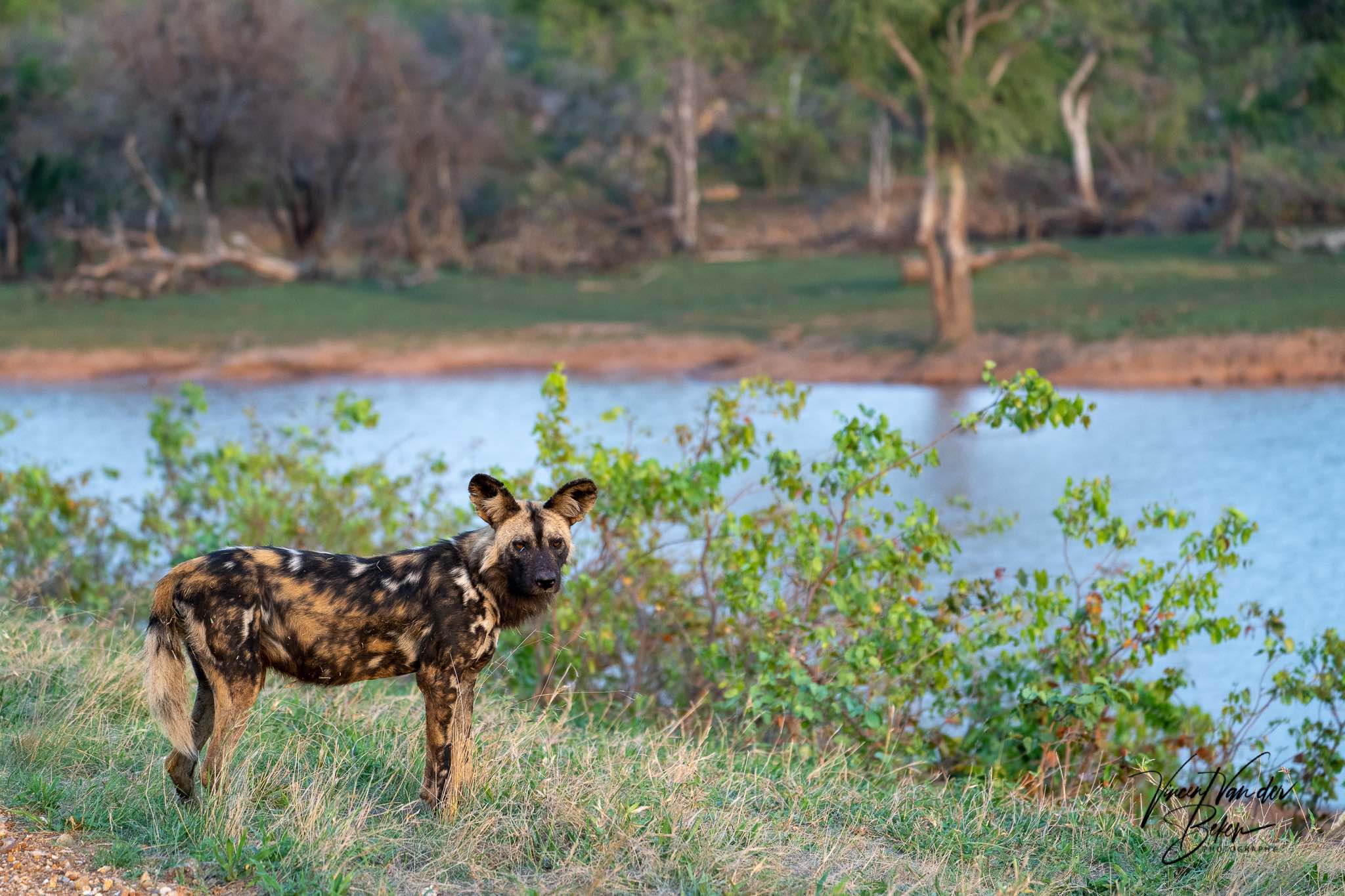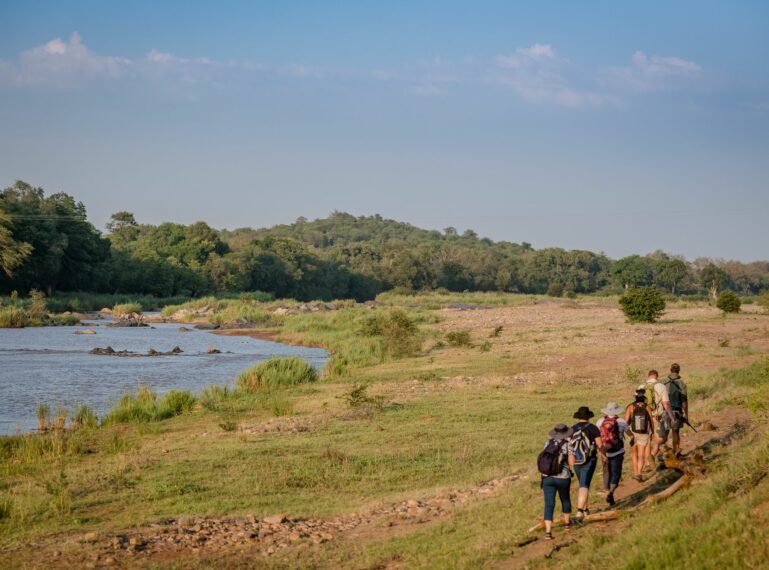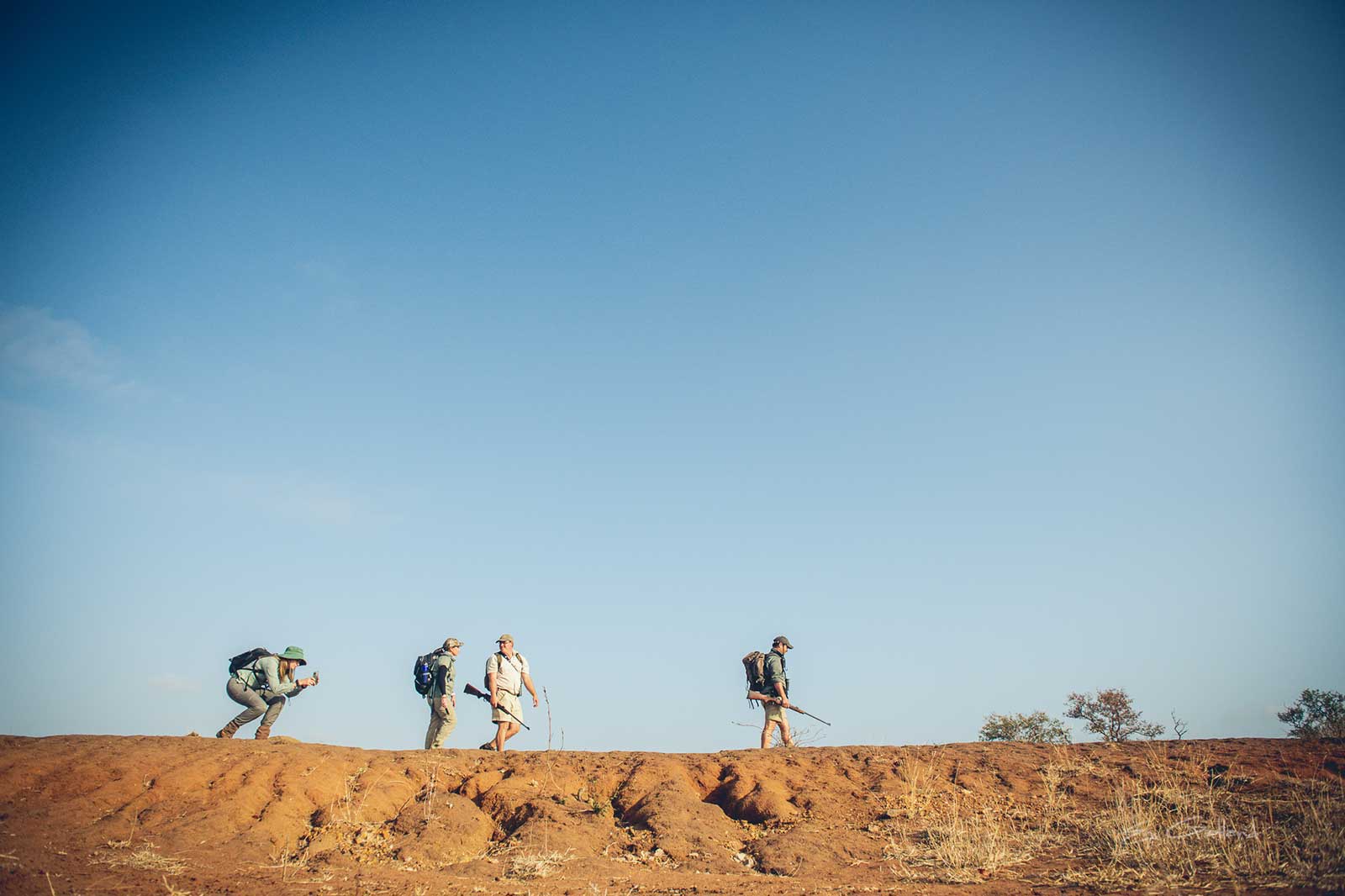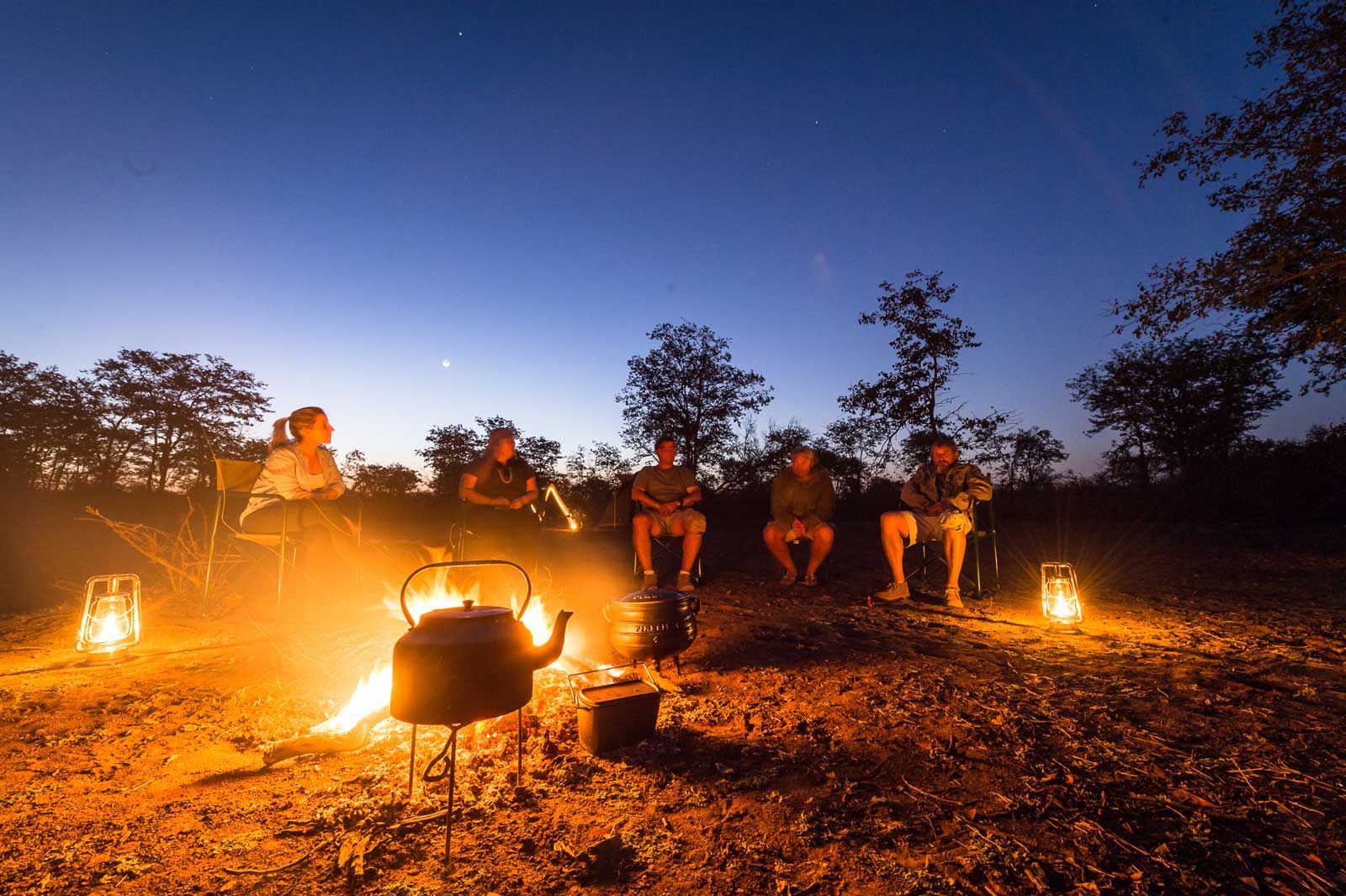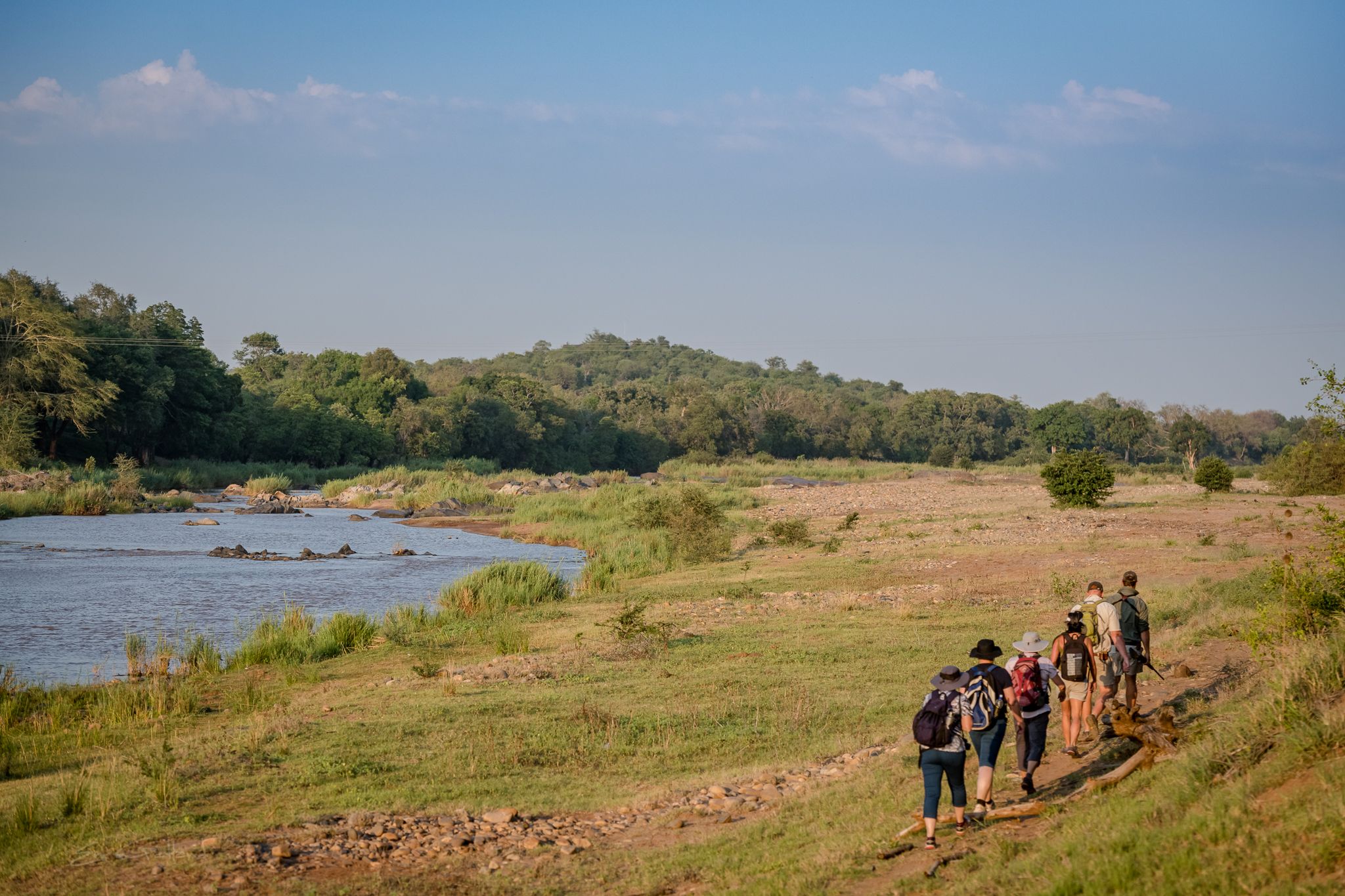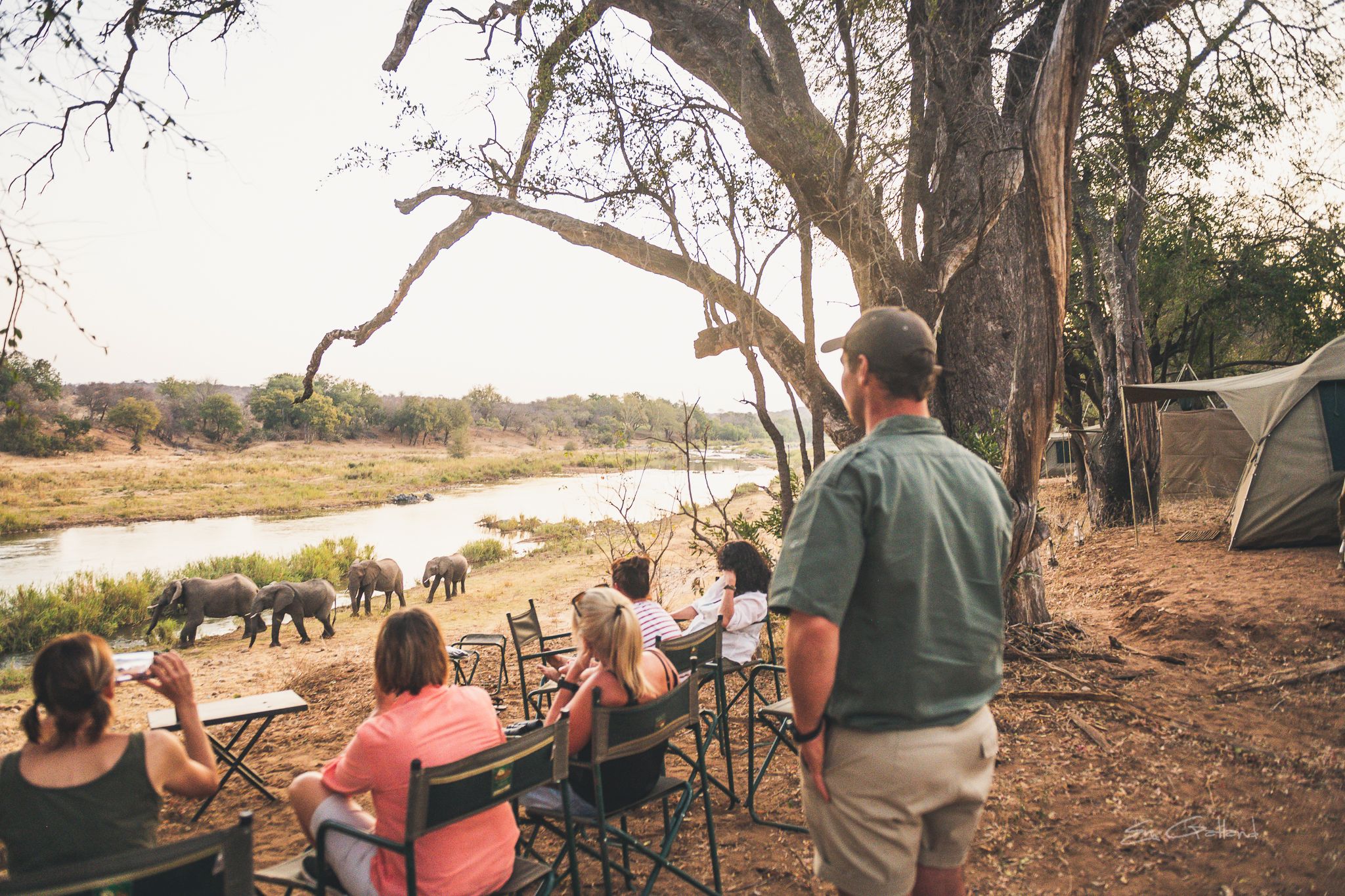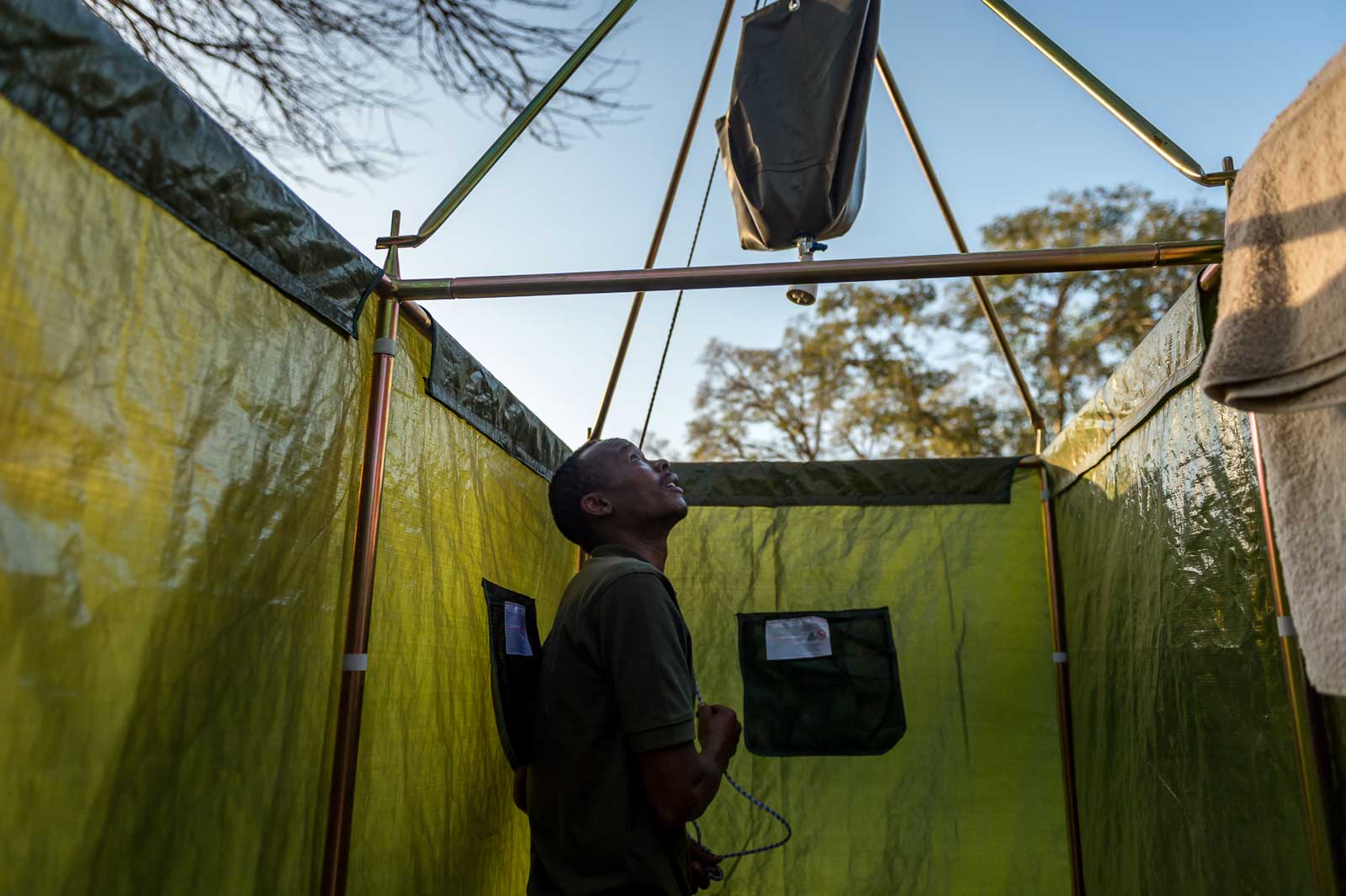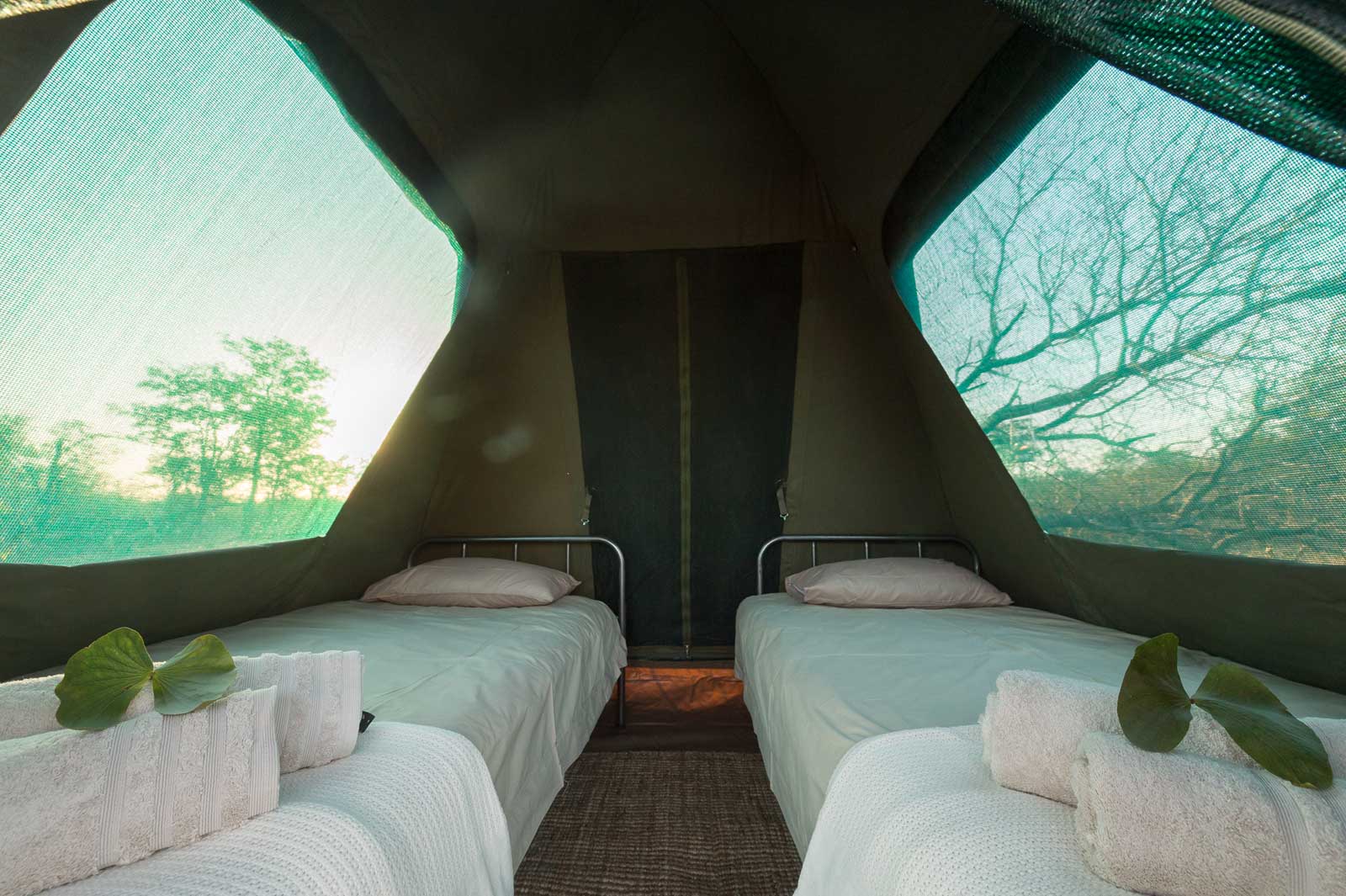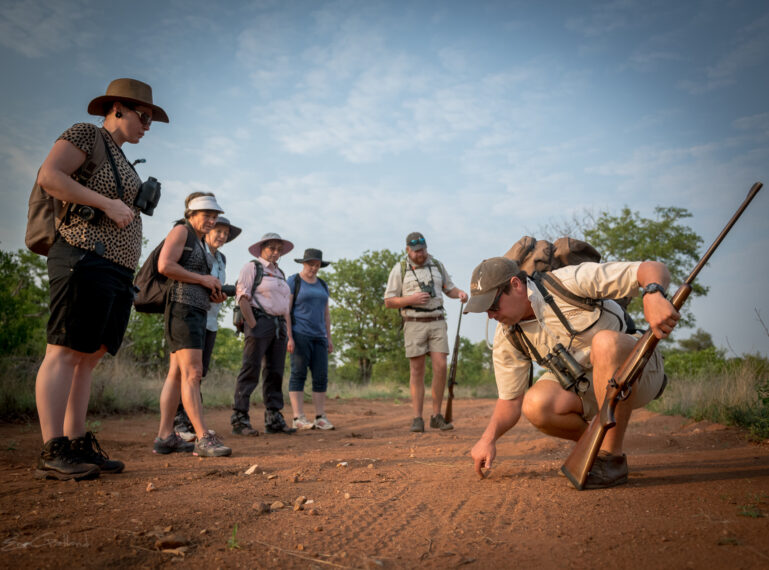
Take a Walk on the Wild Side: A Guide to Big 5 Walking Safaris
Africa on Foot Wilderness Trails offer an immersive walking safari experience.
Traversing the undulating and rugged terrain of the Maseke Game reserve in the Greater Kruger, Africa on Foot Wilderness Trails cover relatively unexplored and wild landscapes. This seclusion adds to the magic of your walking safari as you are unlikely to cross any other humans. Home to the Big 5, this game-rich region features diverse terrain. From Quartz and dolerite rocky outcrops to watering holes and the trail culminating with the perfect final campsite besides the Olifants river.
You never know what the day will hold, which wild creatures or fascinating critters you will encounter. You never know what nocturnal visitors will wander through camp or what wild calls will echo around you as you drift off to sleep.
A walking safari awakens the senses
While game drives might cover more ground, a walking safari offers one-of-a-kind, on-the-ground bush experience. Tuning into your natural surroundings as you become more than an observer, you become part of the landscape. Learn bushlore from the best. A new level of awareness opens as you tap into the eyes and ears of our trackers. Learning how to spot the subtle signs of bush; bent branches, markings on a tree, a fresh print in the mud or the warning calls of birds. Sensing into the subtle signs and sounds that alert you to the ways of wildlife and reconnect you to your own wild nature.
Slowing down to nature’s pace. Tuning into the wilderness all around you.
Listening out for every crunch and every call. Watching out for every flicker of movement and colour as you read the stories of animals written in their tracks across the sand.
There is something both thrilling and meditative about walking safaris. Perfect for nature and adventure lovers, it appeals to those seeking an unparalleled wilderness experience.
Where else can you wander amongst giants or sleep amongst big cats?
Moving at a natural pace allows both body and mind to naturally quiet. The trail is traversed mostly in silence. This is done to not startle wildlife encountered on foot with guides communicating through gestures and whispered insights. This walking meditation creates a profound connection to the natural world and allows you to become fully present in the ancient landscapes the trail traverses through.
Walking safaris will challenge you to step out of your comfort zones and trade the security of a vehicle for intimate, on-the-ground experiences with the wild. There’s nothing that puts life into perspective more than standing near an elephant on foot or gets your heart racing more than watching a pride of lion lazing beneath trees ahead of you. While these close encounters may seem daunting, each trail is led by our expertly trained and armed guides whose extensive knowledge and experience ensure your safety.
A walking safari removes all barriers between you and the natural world. An expert guide and tracker will lead you through the wild landscapes and teach you the subtle signs of life that the bush holds.
From identifying spoor to discovering the healing properties of indigenous plants to the fascinating territorial rituals- a walking safari allows you to observe intricate details that are missed from the confines of a vehicle. From critters to bugs to birds, there is a whole host of other life in the bush that can sometimes get overlooked but tells equally fascinating stories of survival and adaptation in the wild.
What to expect
While you will get to experience the thrill of being an adventurous explorer on your walking safari, you won’t be completely roughing it. Each evening, satellite camps are set up at unique locations. It is an intimate affair with a maximum of 8 guests per trail.
The mobile camps consist of comfortable canvas dome tents and a central mess tent. There is a campfire for stargazing and a beautiful al fresco dining setup for your three course dinner.
Each tent includes its own attached bathroom complete with shower and toilet, eliminating any need for nighttime wandering. Your comfort is assured with proper mattresses, fresh bed linen, duvets, and pillows, while standing hand basins are refreshed with warm water twice daily.
As evening falls, put your feet up and relax beside the campfire regaling tales from the day’s adventures or watch shooting stars streak across the sky. Enjoy the sounds of bush coming to life at night.
The satellite camps are set up and taken down each day. All your belongings are transported to the next evenings campsite so you’ll only need to carry a daypack with essentials.
We recommend cameras, binoculars, sunblock, a notebook, some water and any speciality snacks.
With all the walking, we promise you won’t go hungry.
Coffee is served before heading off on your morning walk and a packed brunch is eaten out in the bush (followed by a necessary siesta allowing the heat of the day to pass. Snacks and refreshments await your arrival at the new campsite each afternoon. Each evening a three course gourmet meal is prepared on the fire and served beneath the stars.
Not only do you get to experience the magic of the bush on foot, but there is an evening game drive every night to complete the experience.
Every day promises new discoveries and adventure in the most extraordinary settings.
Any time spent in the bush is magical however walking in the bush elevates the experience to another level. Walking safaris awaken us to the present moment. They allow us to completely tap out and tune in to the natural world around us. To step away from our busy lives and buzzing phones as we quieten our minds to tune into the sights, sounds and smells of the wilderness.
A walking safari gives us an opportunity to rewire our nervous systems and recharge our batteries
Observe the calls of birds and what they are signalling. Learning the tracks of animals or properties of medicinal plants and their ancient usages. A walking safari offers an opportunity to reconnect to the ways of our ancestors and practical skills of our pasts.
Though you’ll be on foot, you won’t sacrifice any kind of comfort. Delicious meals await you at the leave-no-trace mobile camps set up for you each night. With intimate groups limited to eight people per trail, you’ll get more opportunities than usual to learn from our knowledgeable guides and trackers.
What to pack?
- Our trails run from March – November, the drier winter months
Pack comfortable, light, bush neutral-coloured clothing for walking in. Think olive green, khaki and beige - A wide brimmed hat or cap to protect you from the sun (even in winter)
- Layers and warm clothing for the early mornings and evenings. As well as a beanie or buff
- We recommend bringing shoes or boots you are already comfortable walking in
- Gators can protect trainers from becoming a beacon for sticky thorns and sand from going inside your shoes
- A change of shoes, slippers, or birkenstocks for the evenings to rest your weary toes
- Long, loose layers to protect you from mosquitoes at night
- Tick, bug and mosquito repellant
- All guests are advised to consult their local doctors on anti-malaria medication
- Sunblock, lip balm and moisturiser (it can get dry out there)
- A head torch for scanning for glimmering eyes in the night
- Binoculars, cameras, books
- Anything that you think will enhance your safari experience
- Remember that you are walking in varying landscapes and at times through long grass. Long light pants are best or shorts are best worn with long-ish socks
More more information on Africa on Foot Wilderness trails follow this link.
Or connect our reservations team directly reservations@sundestinations.co.za and book your trail today.
Your next adventure awaits.
